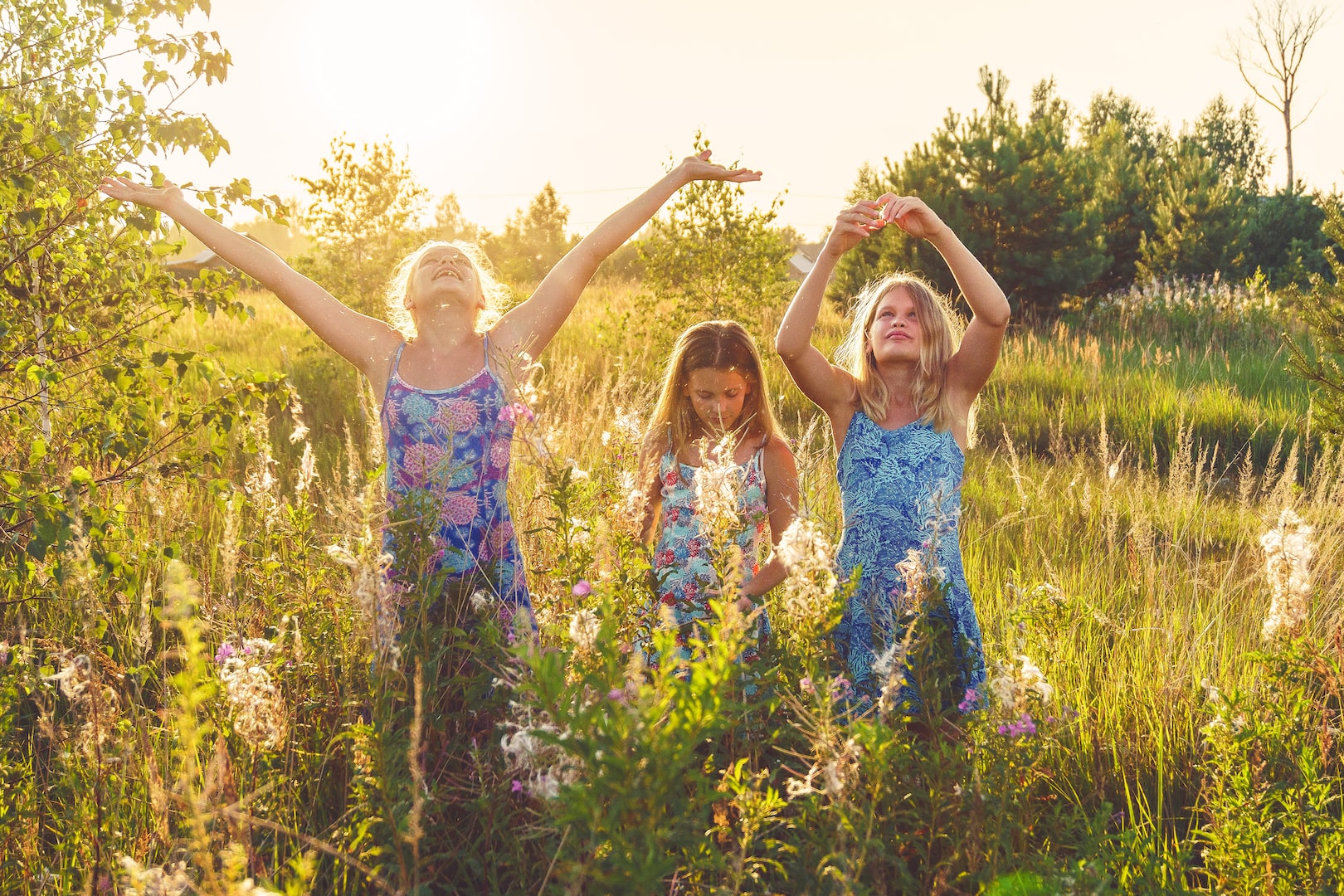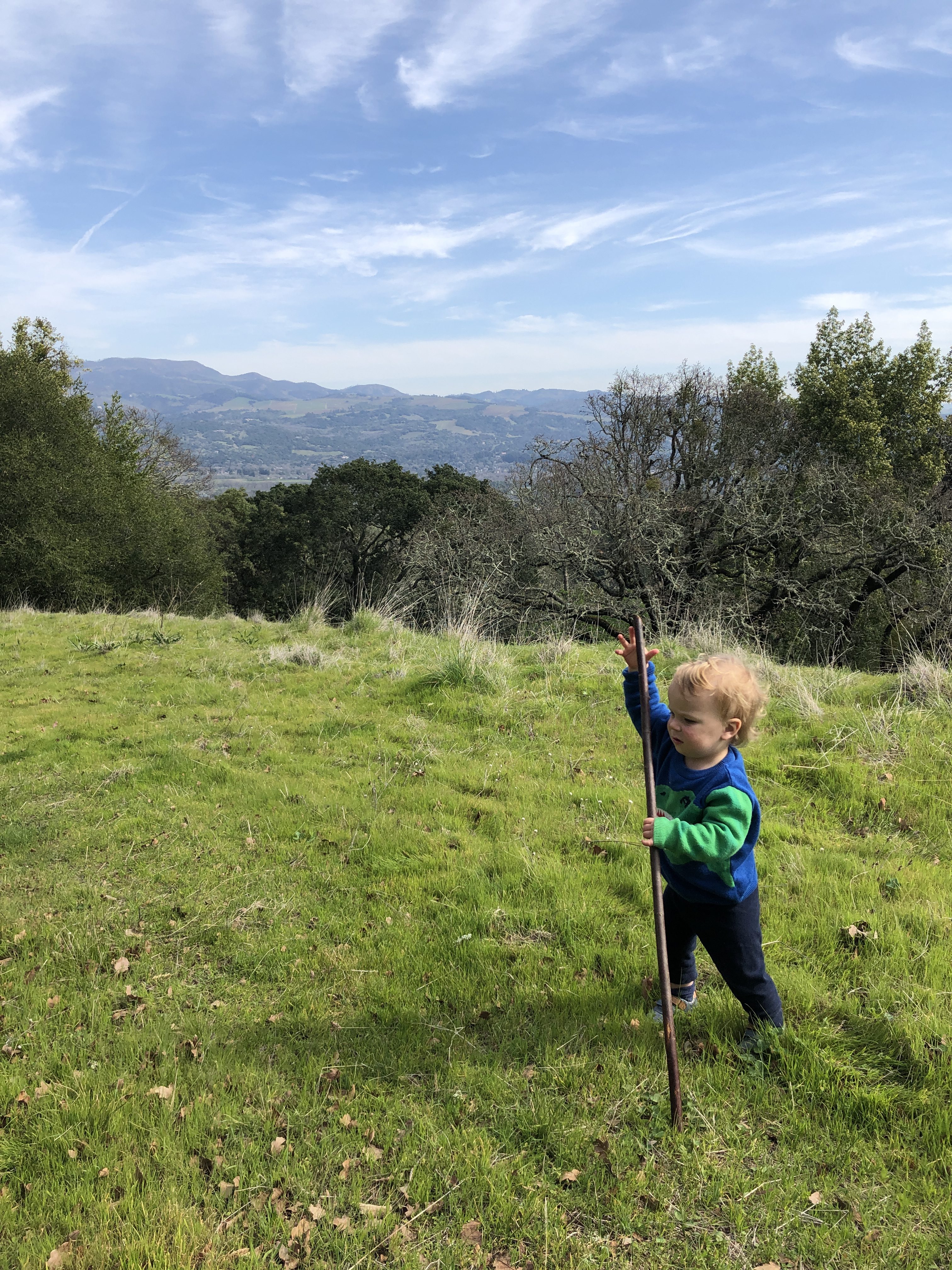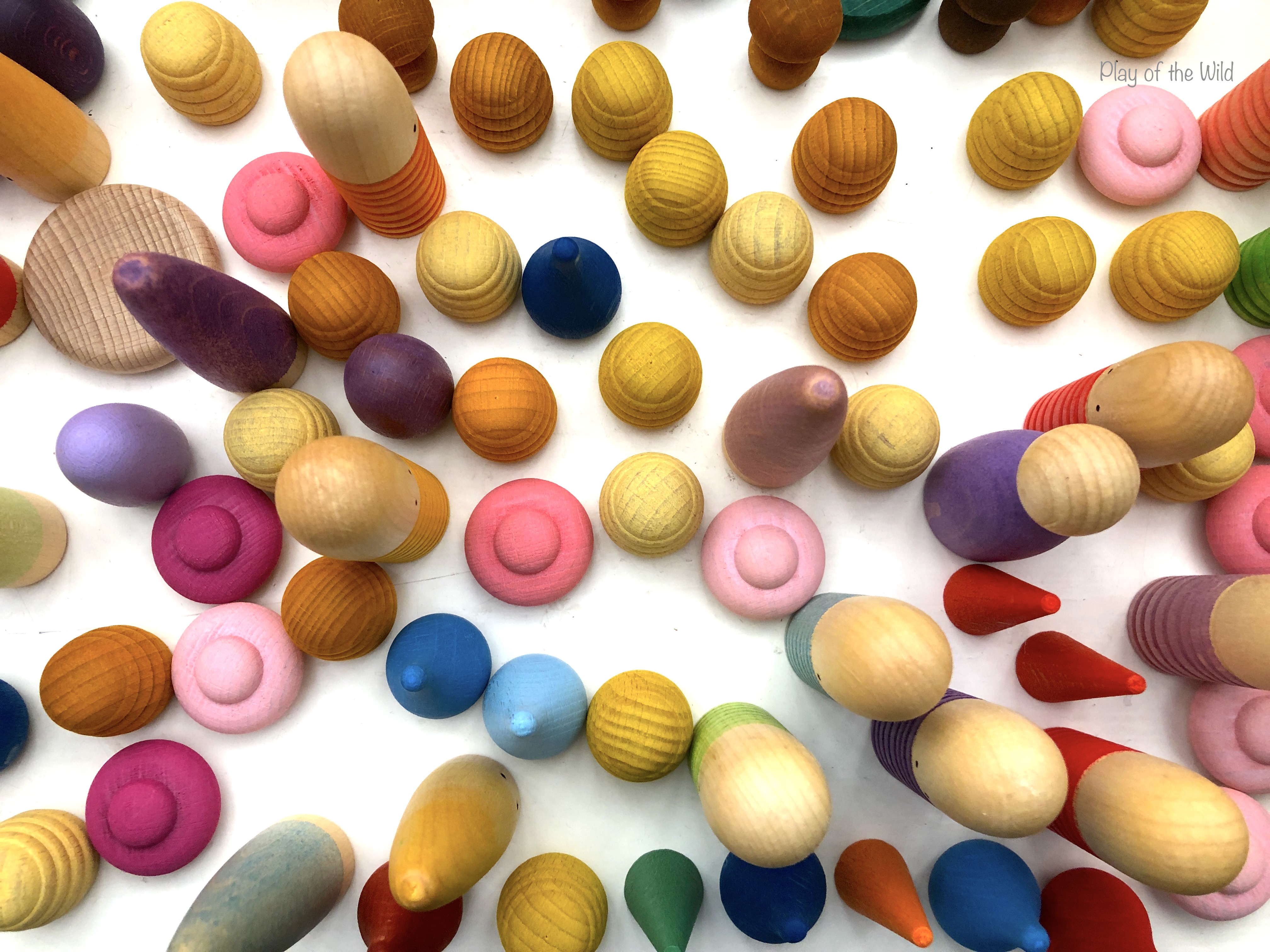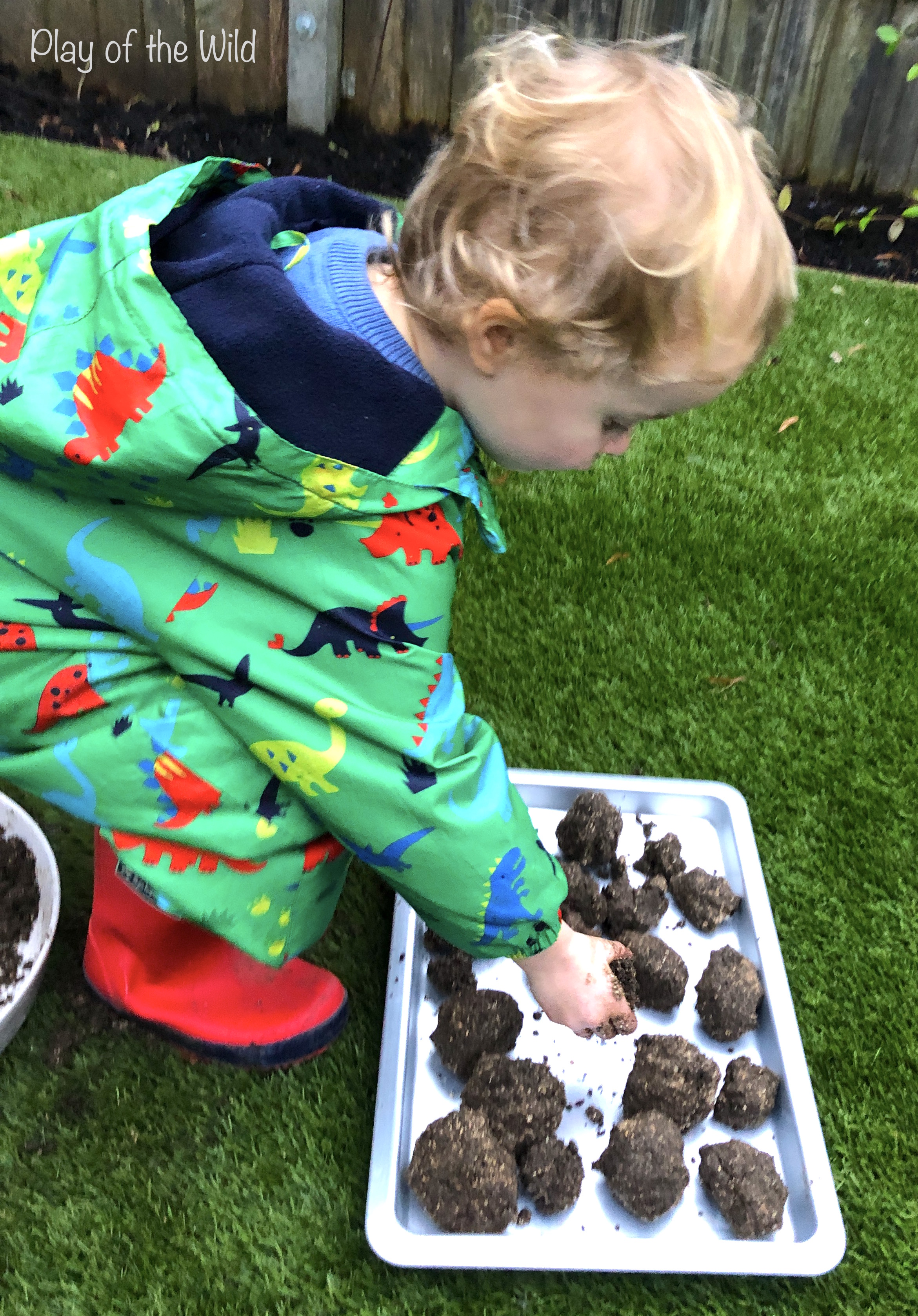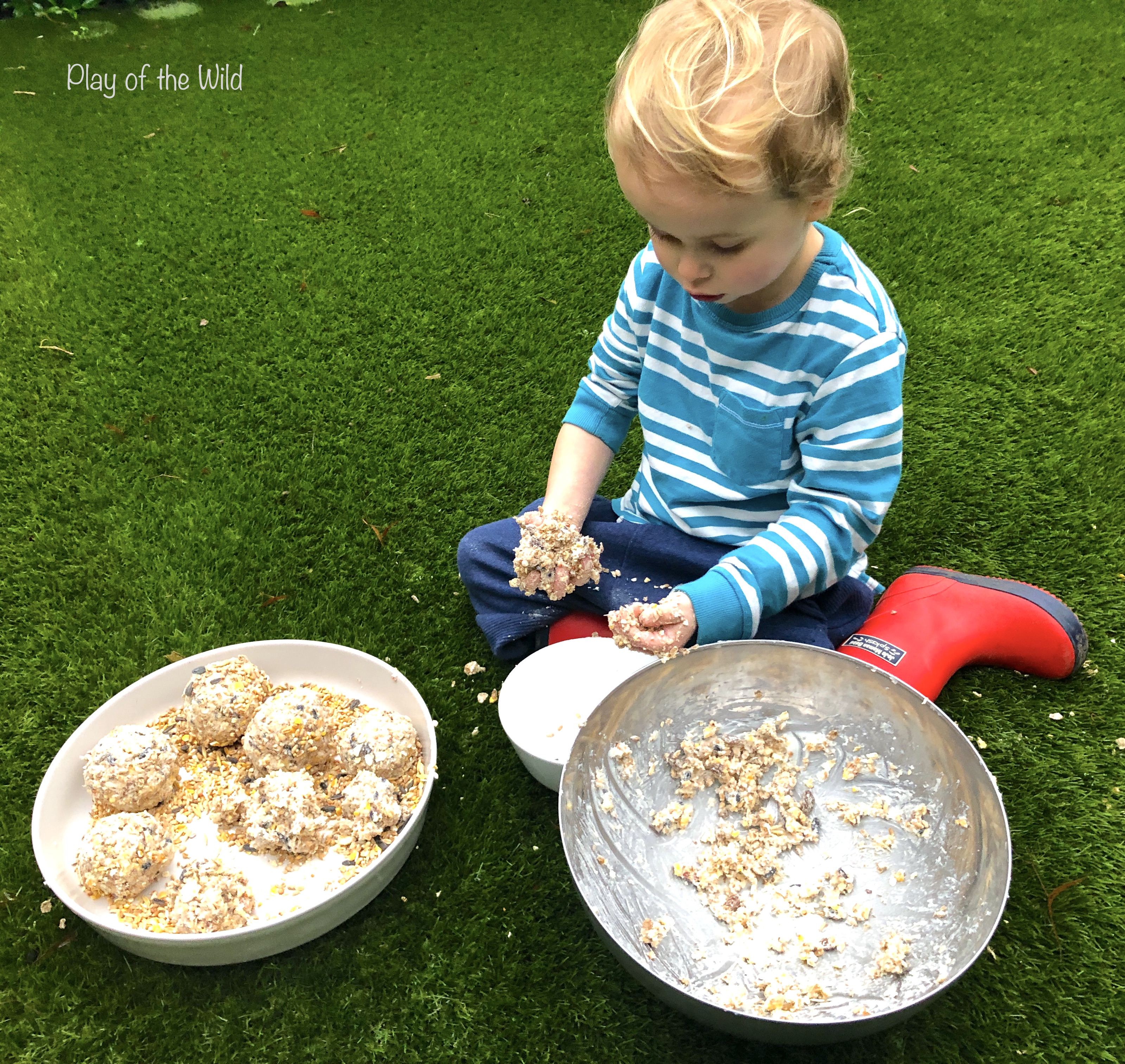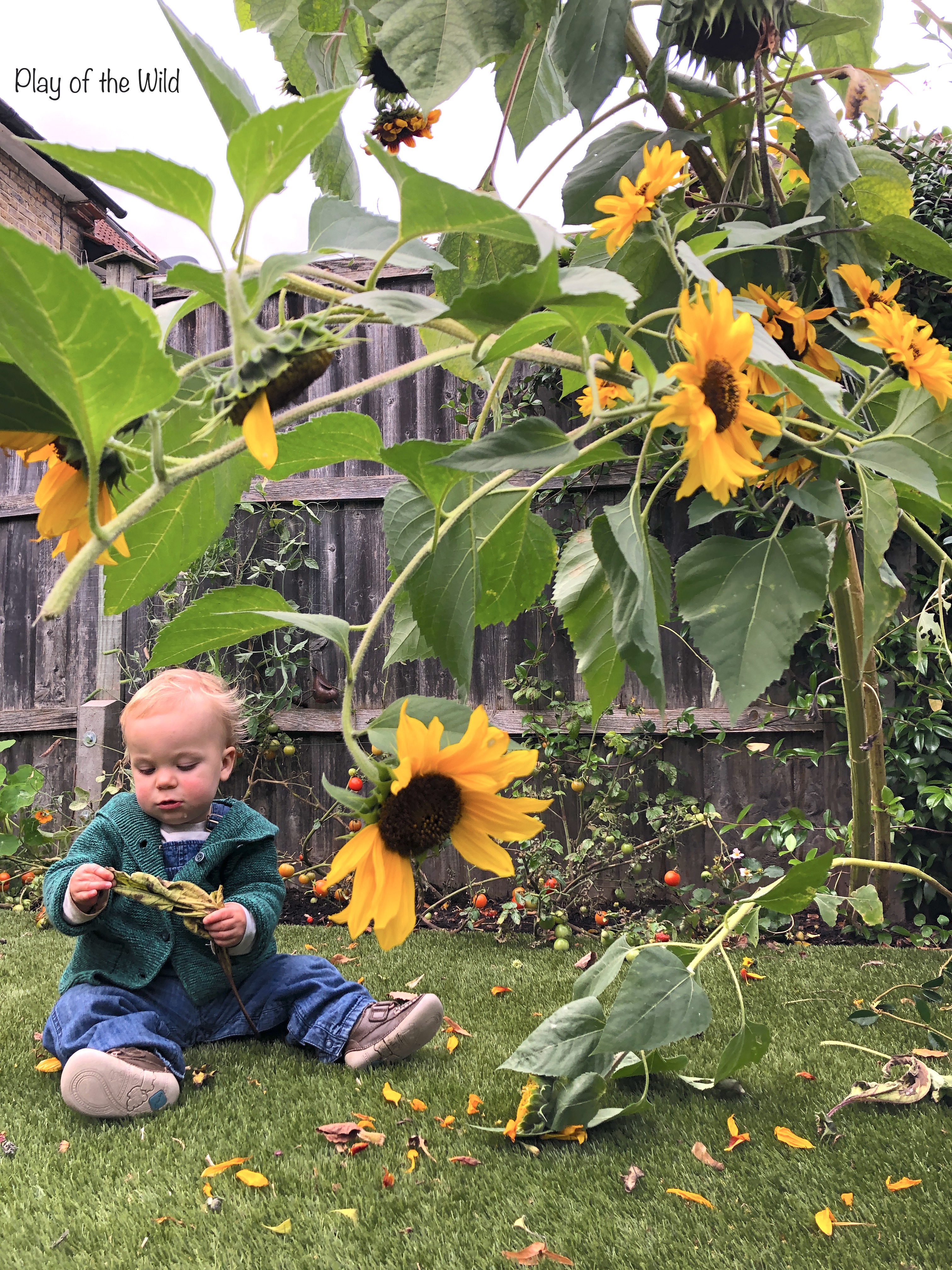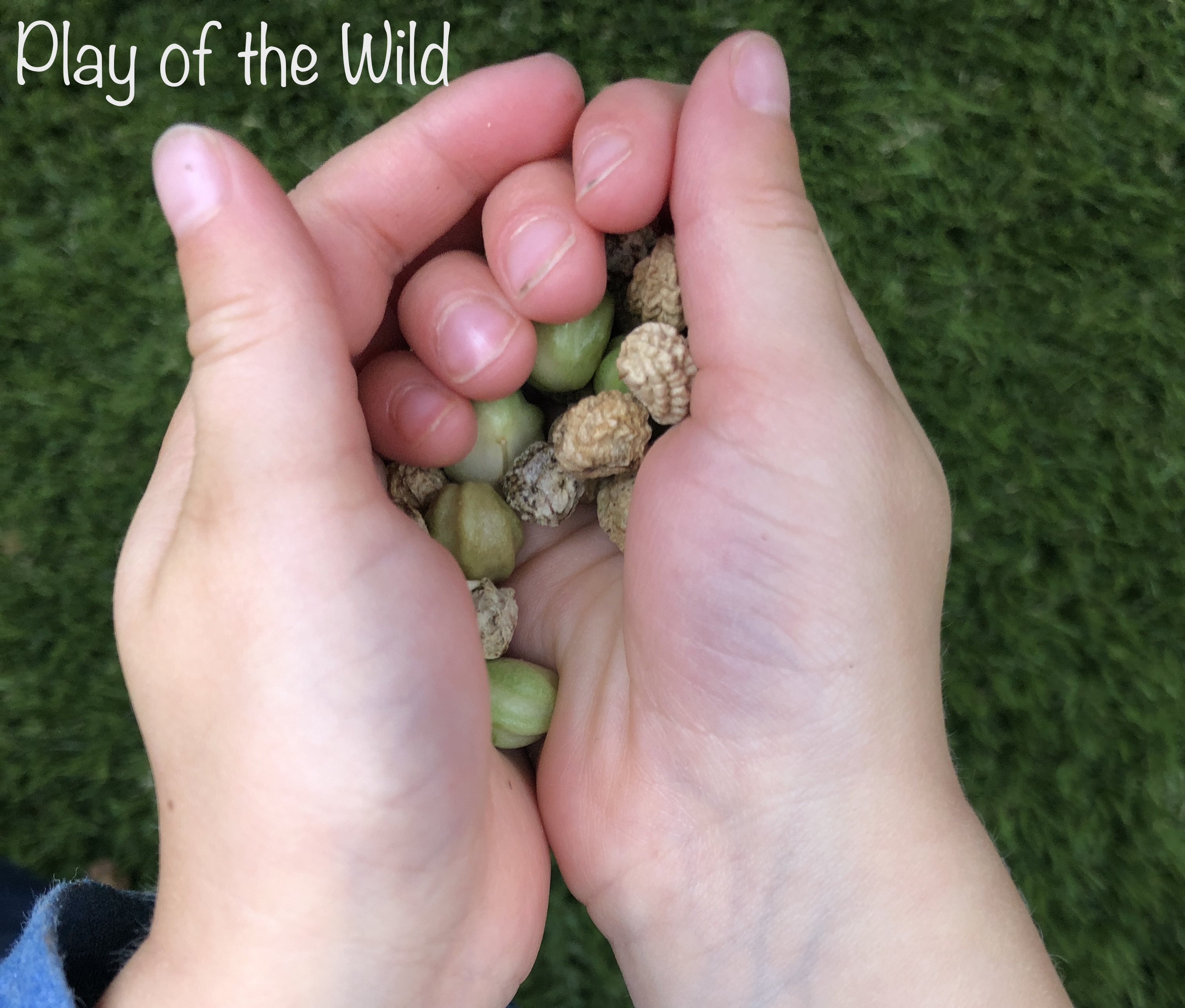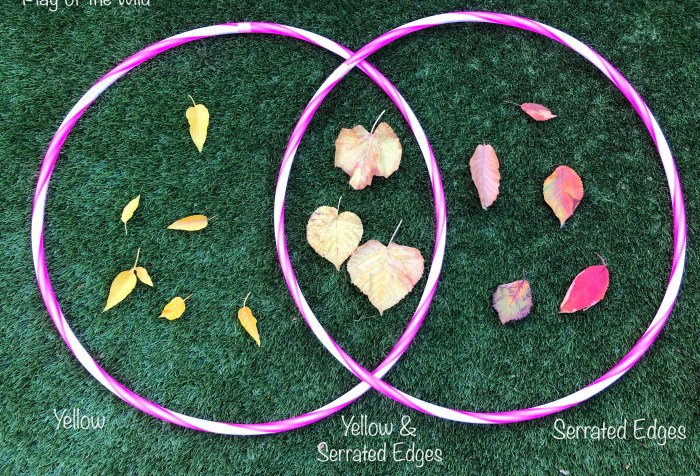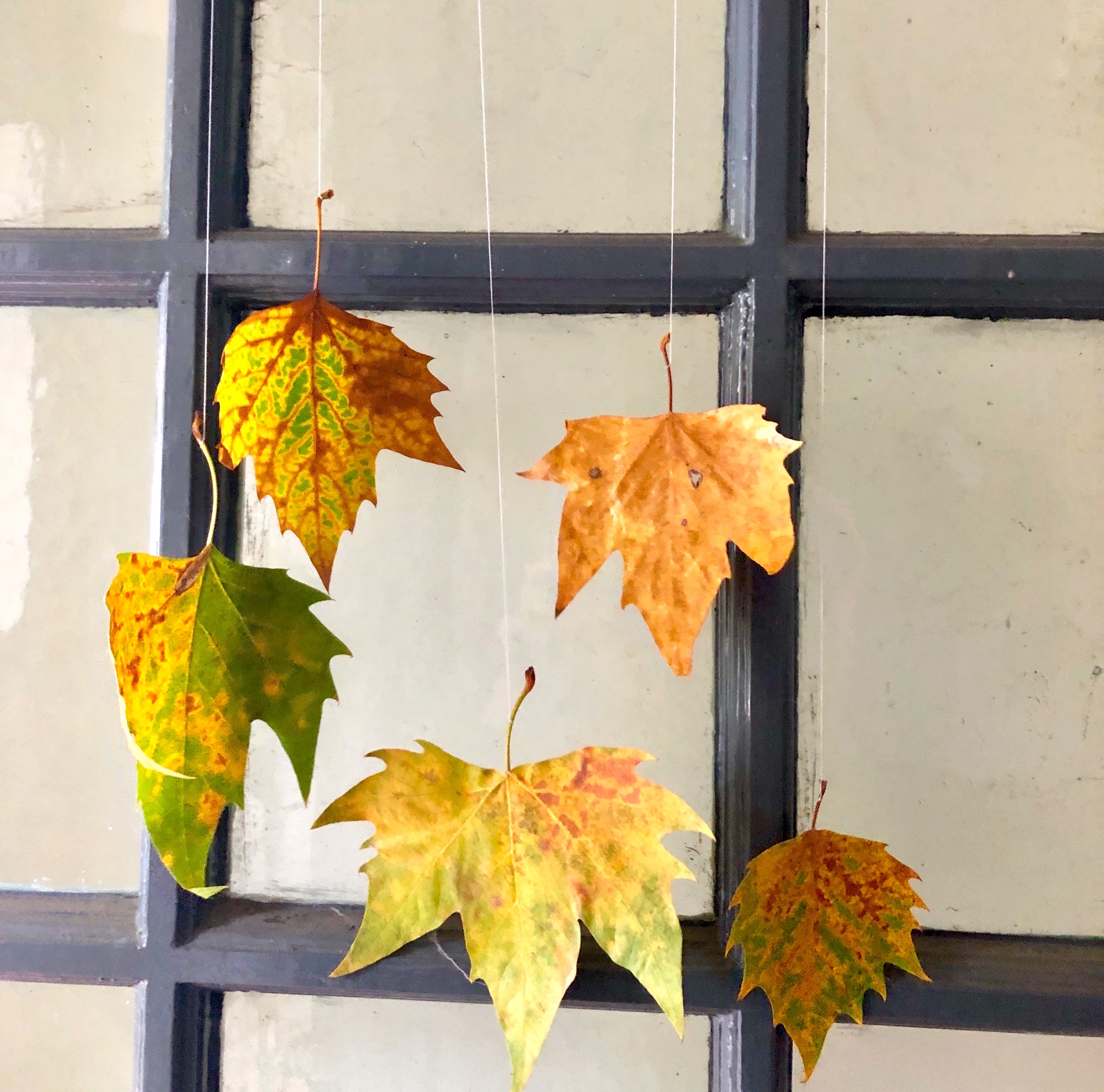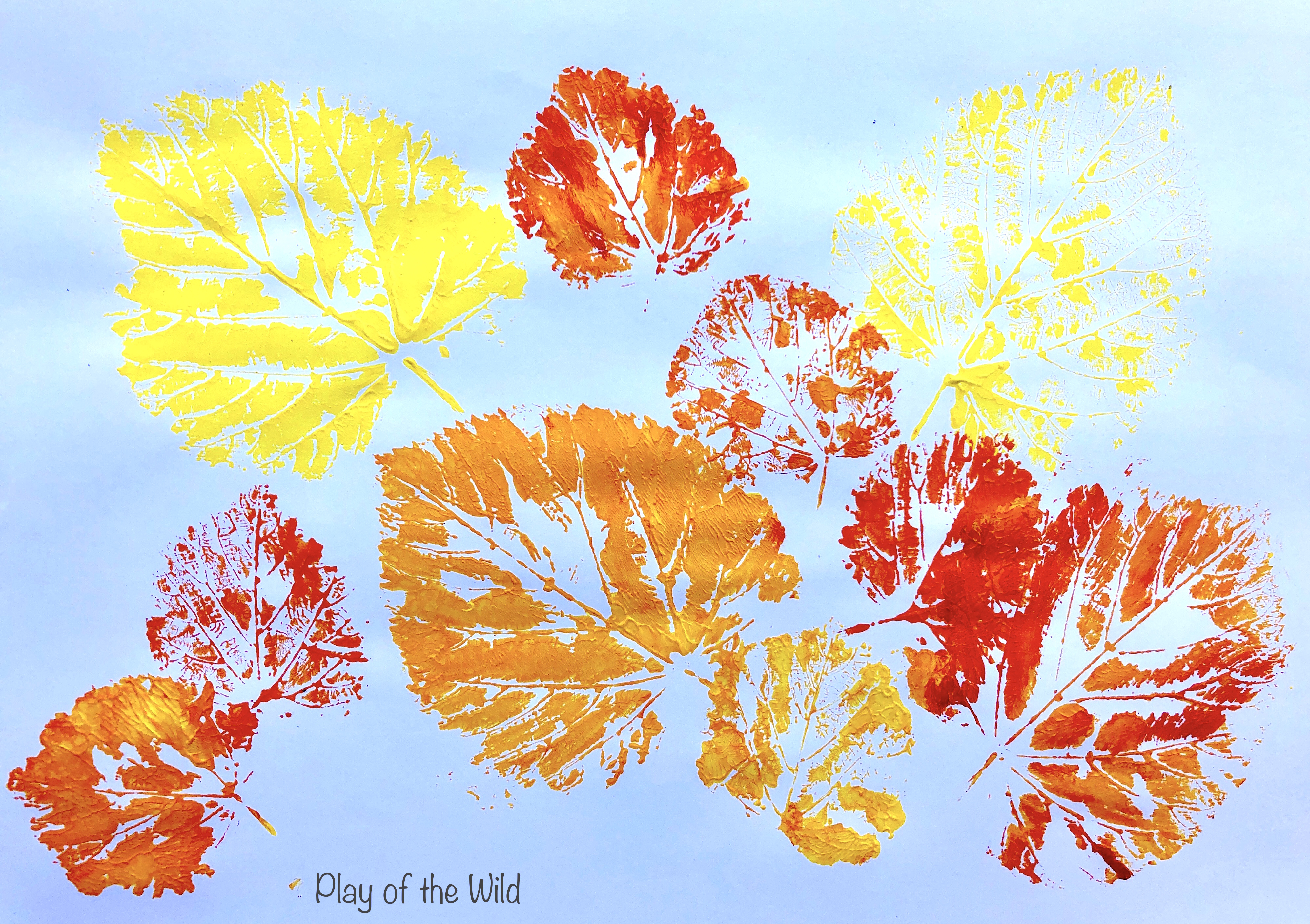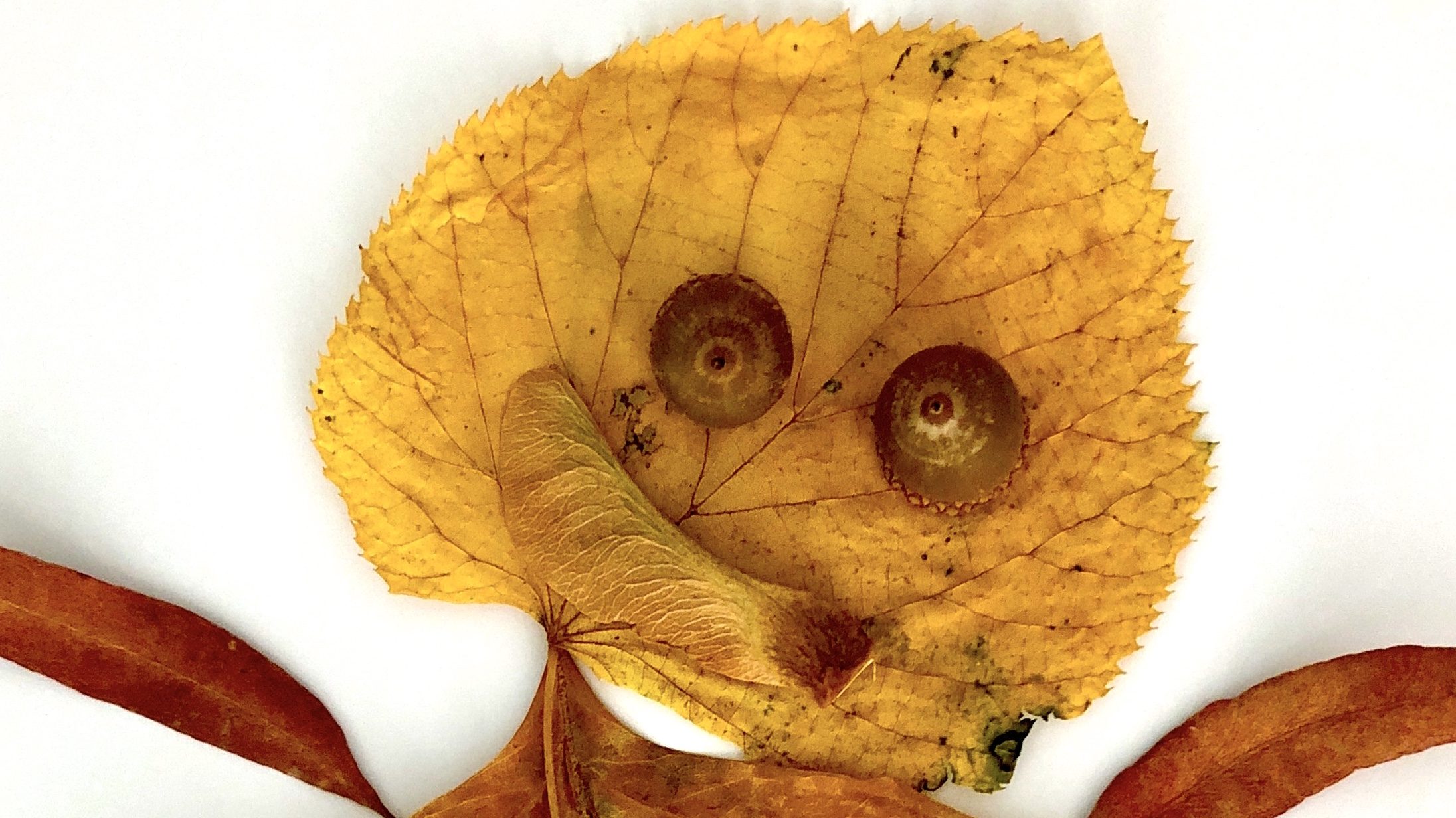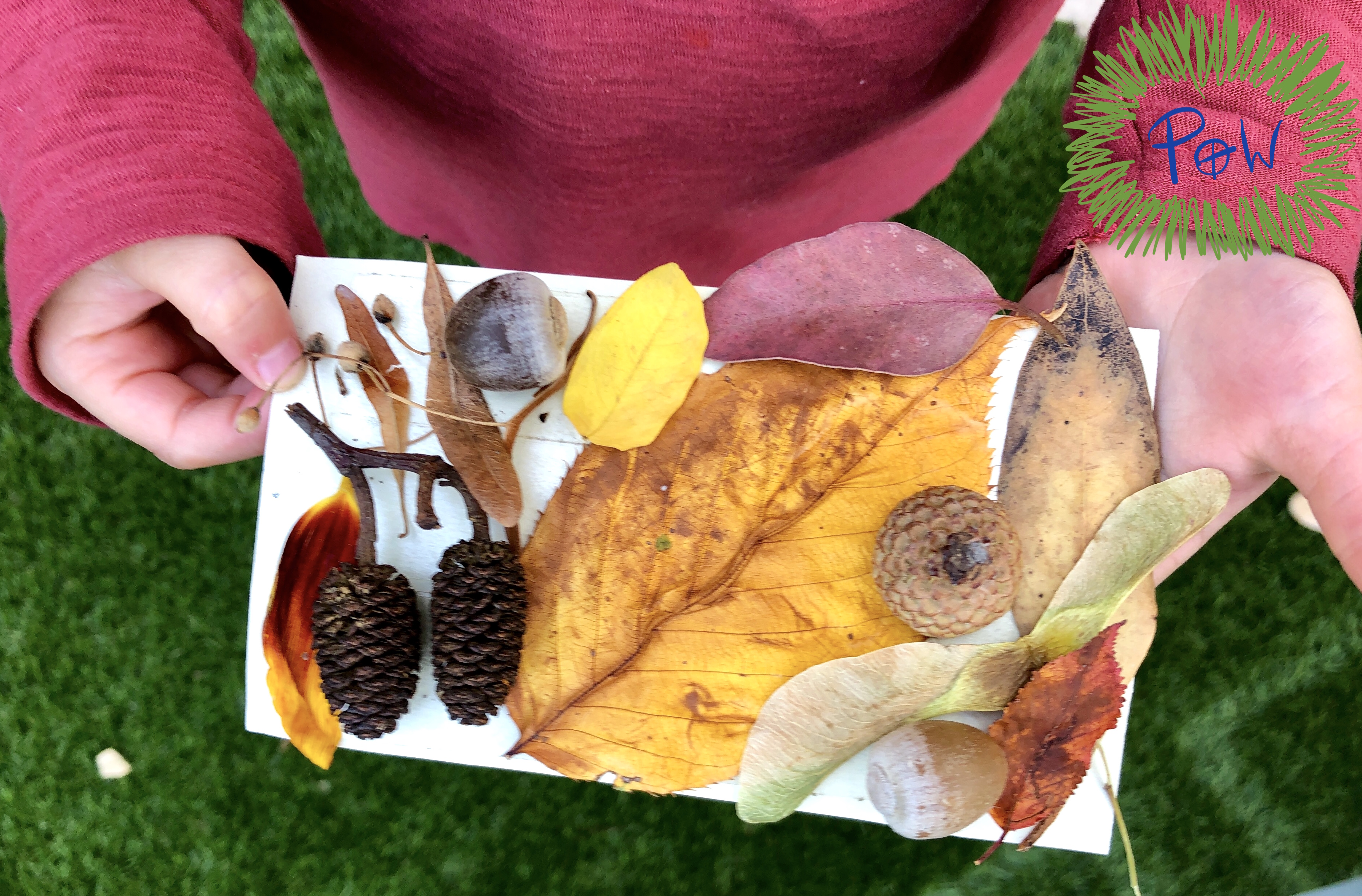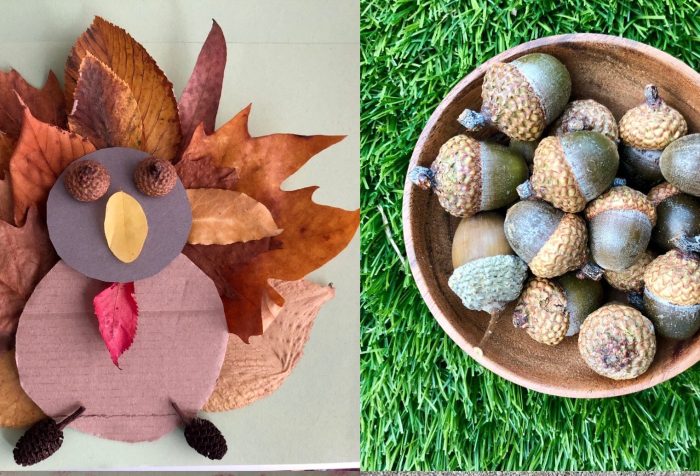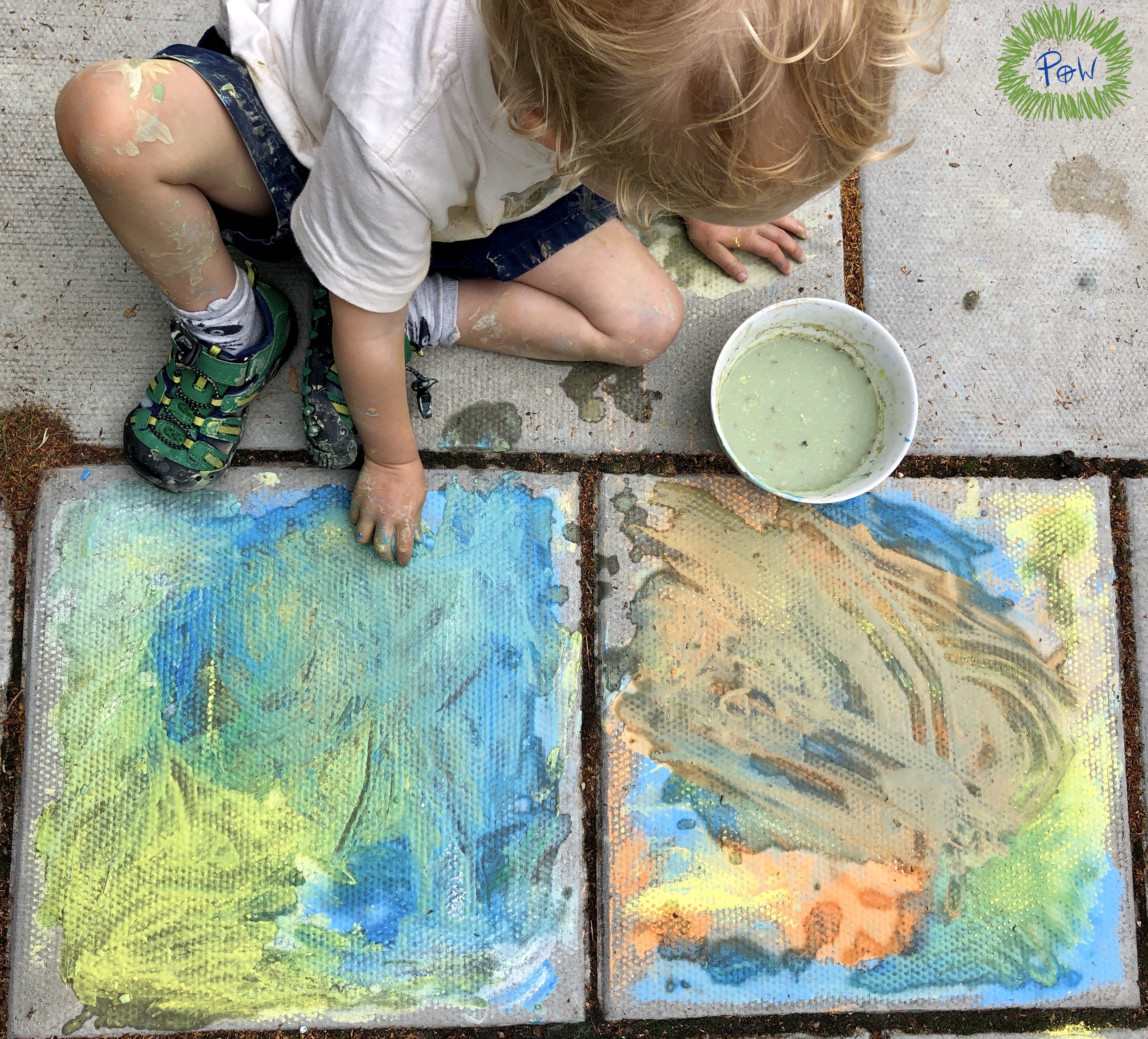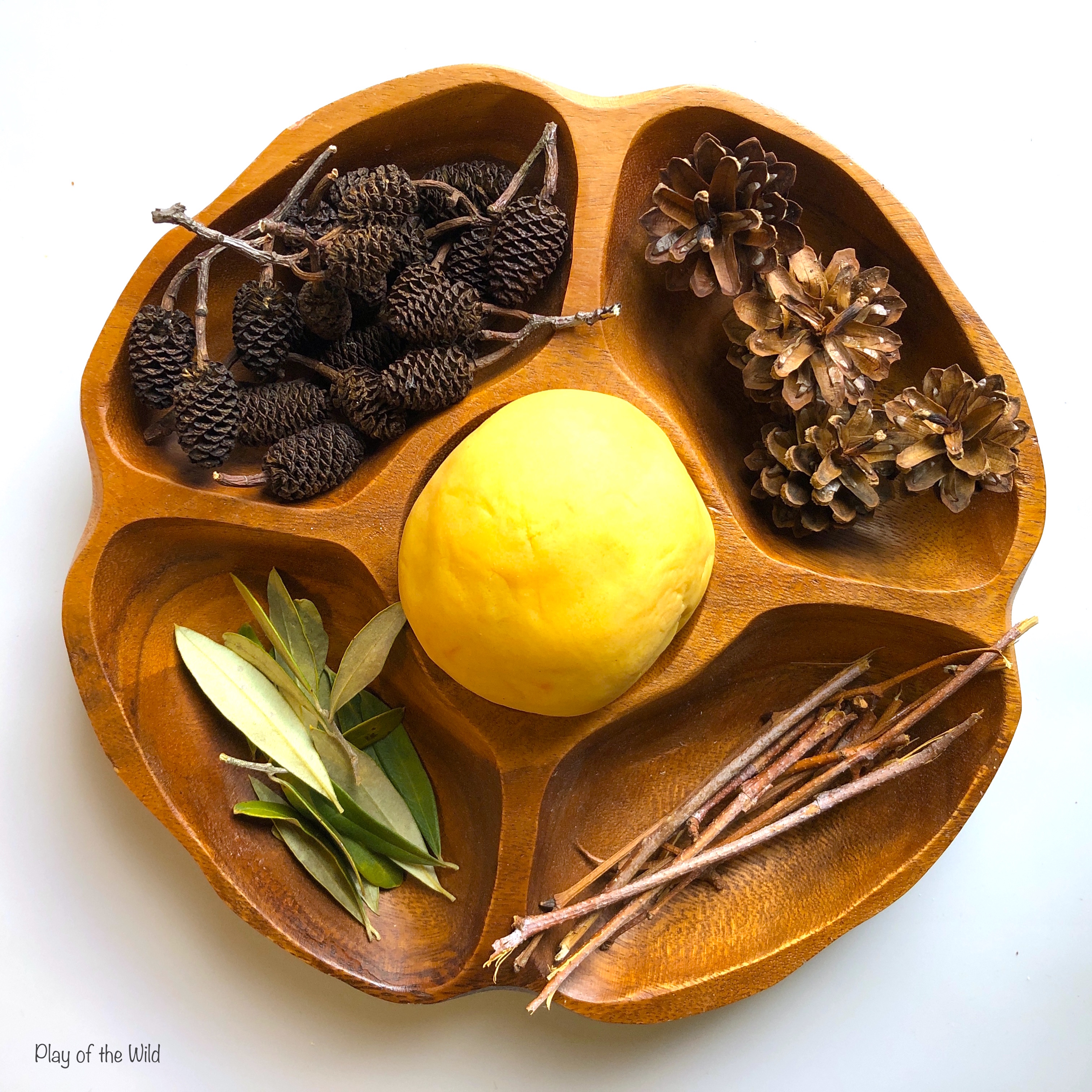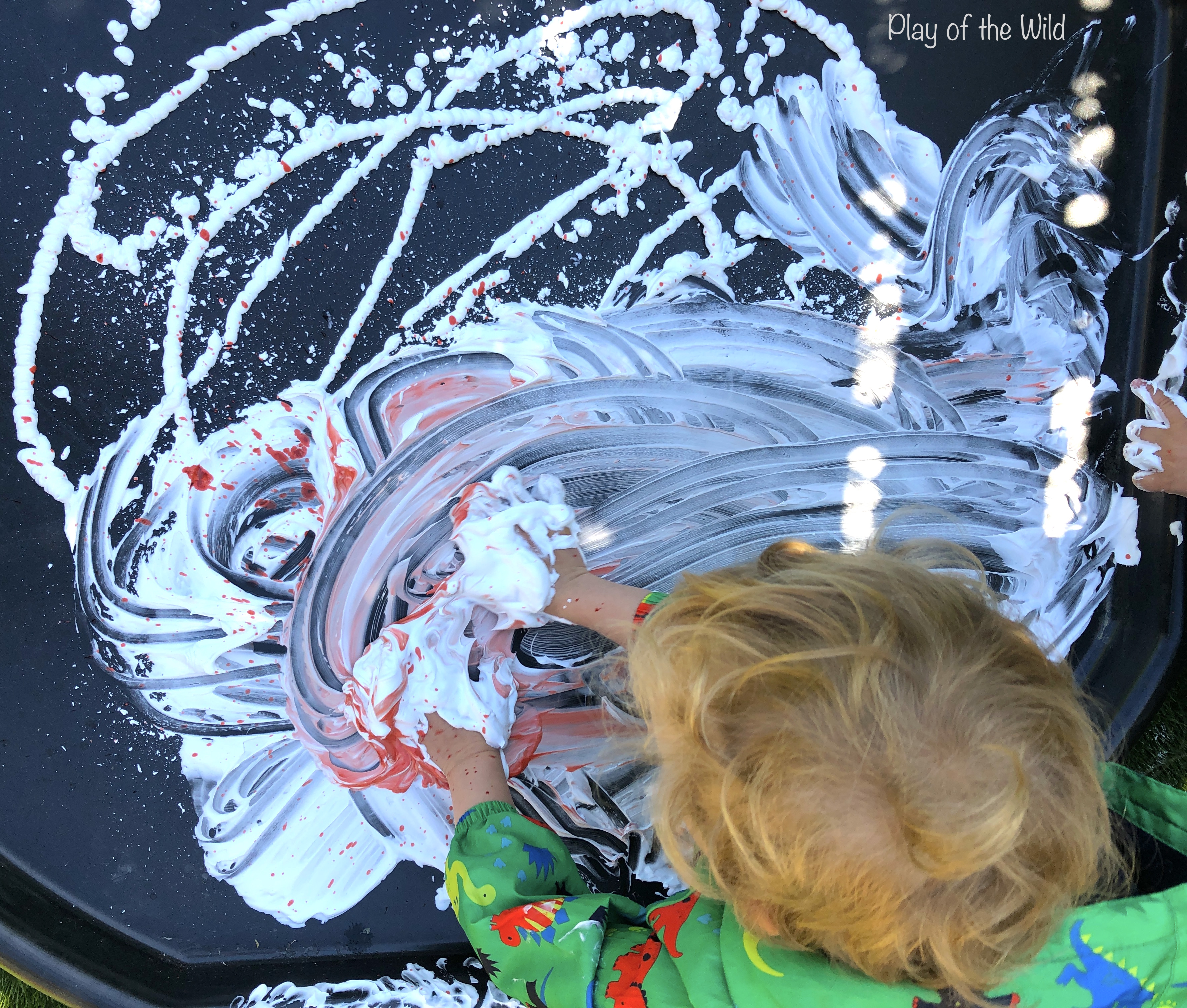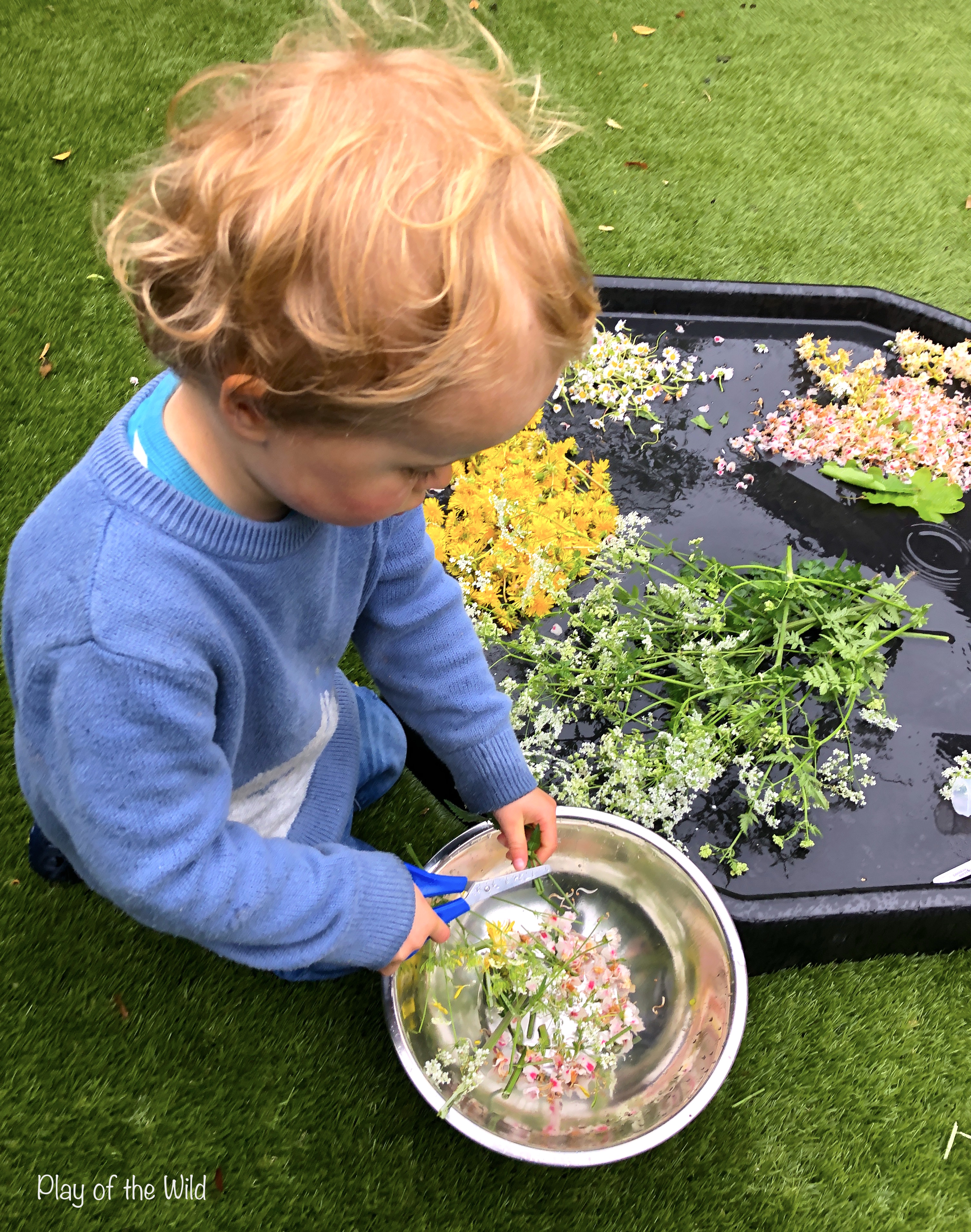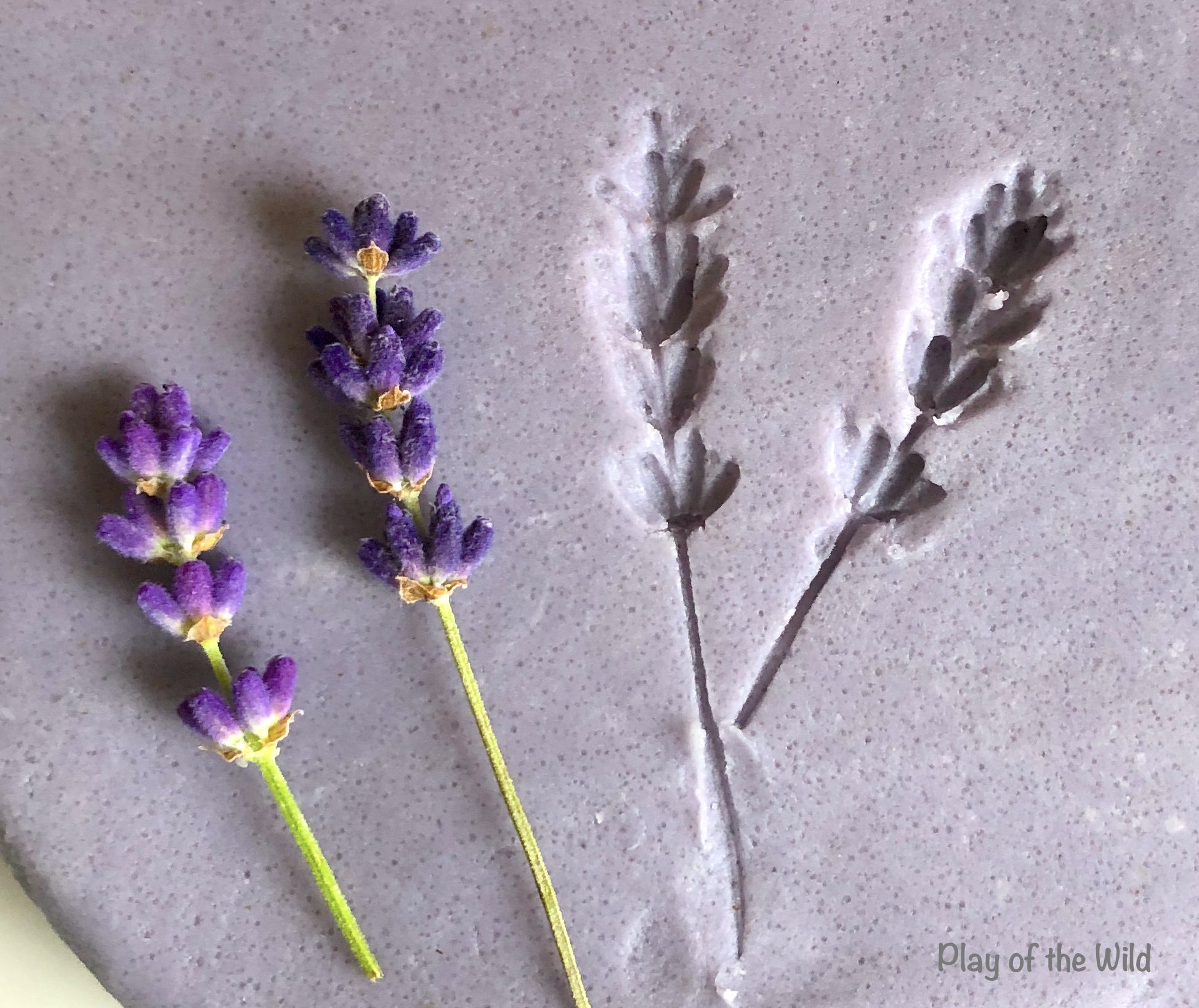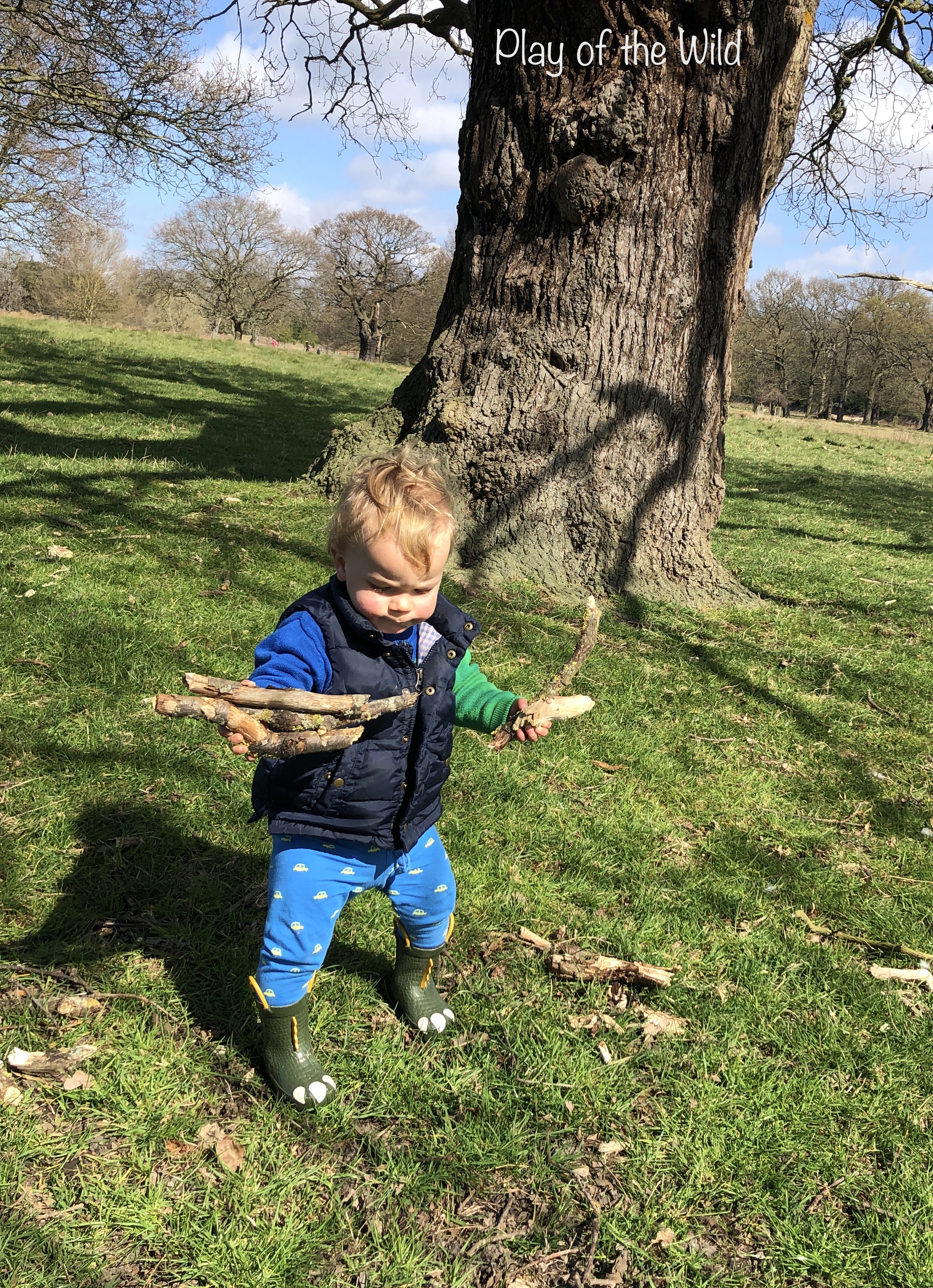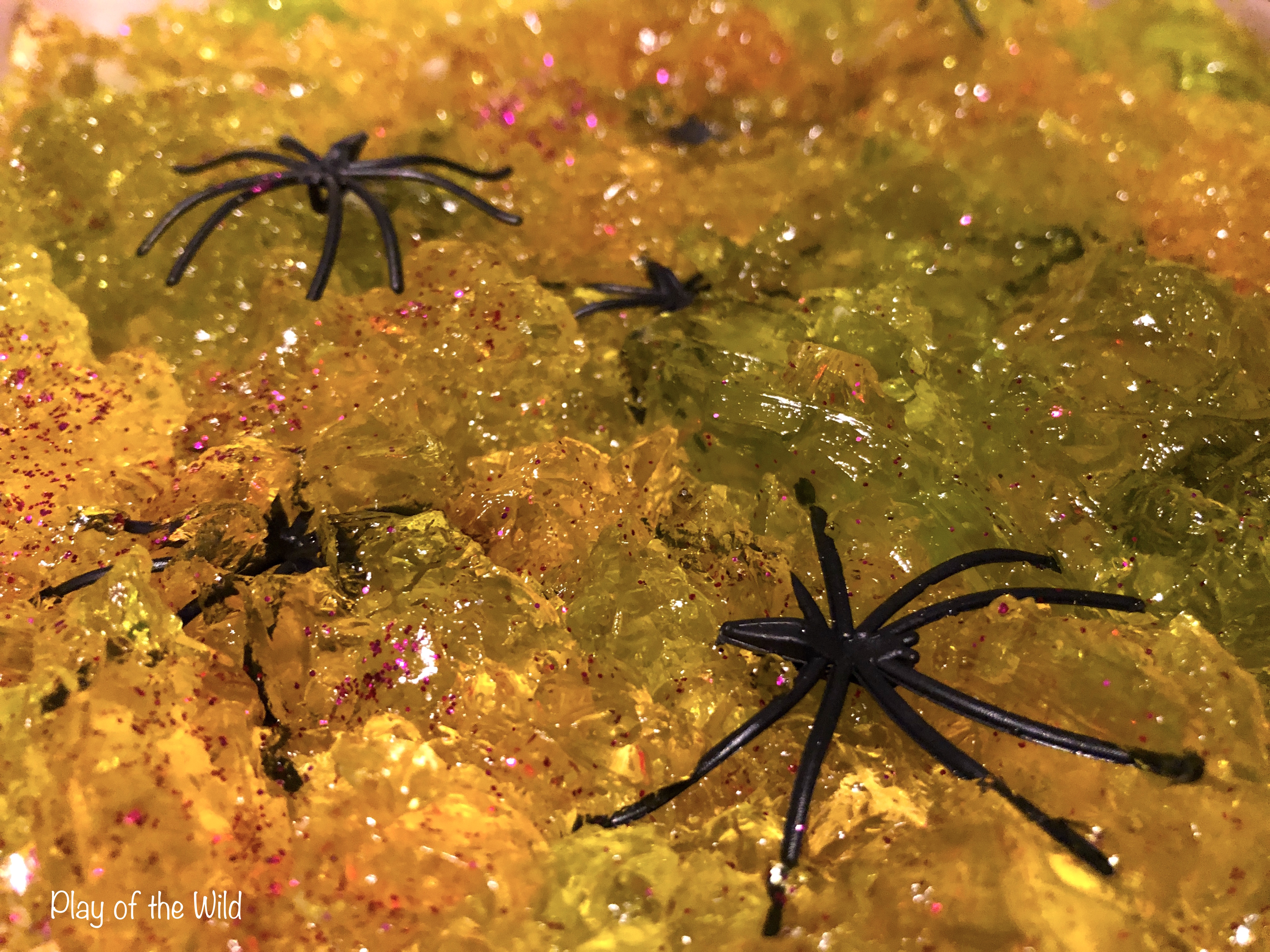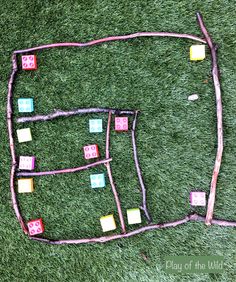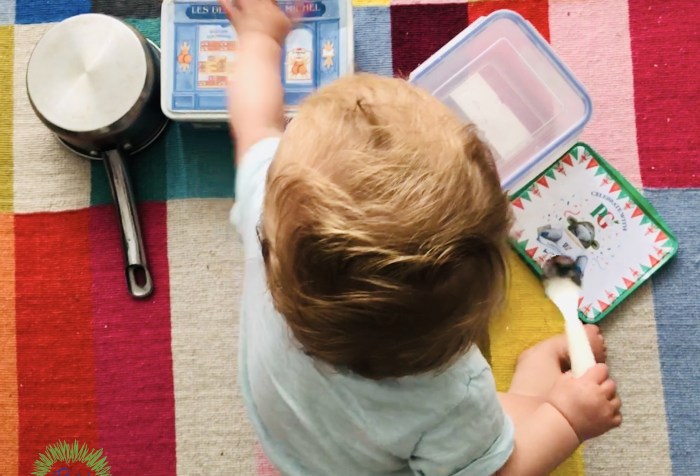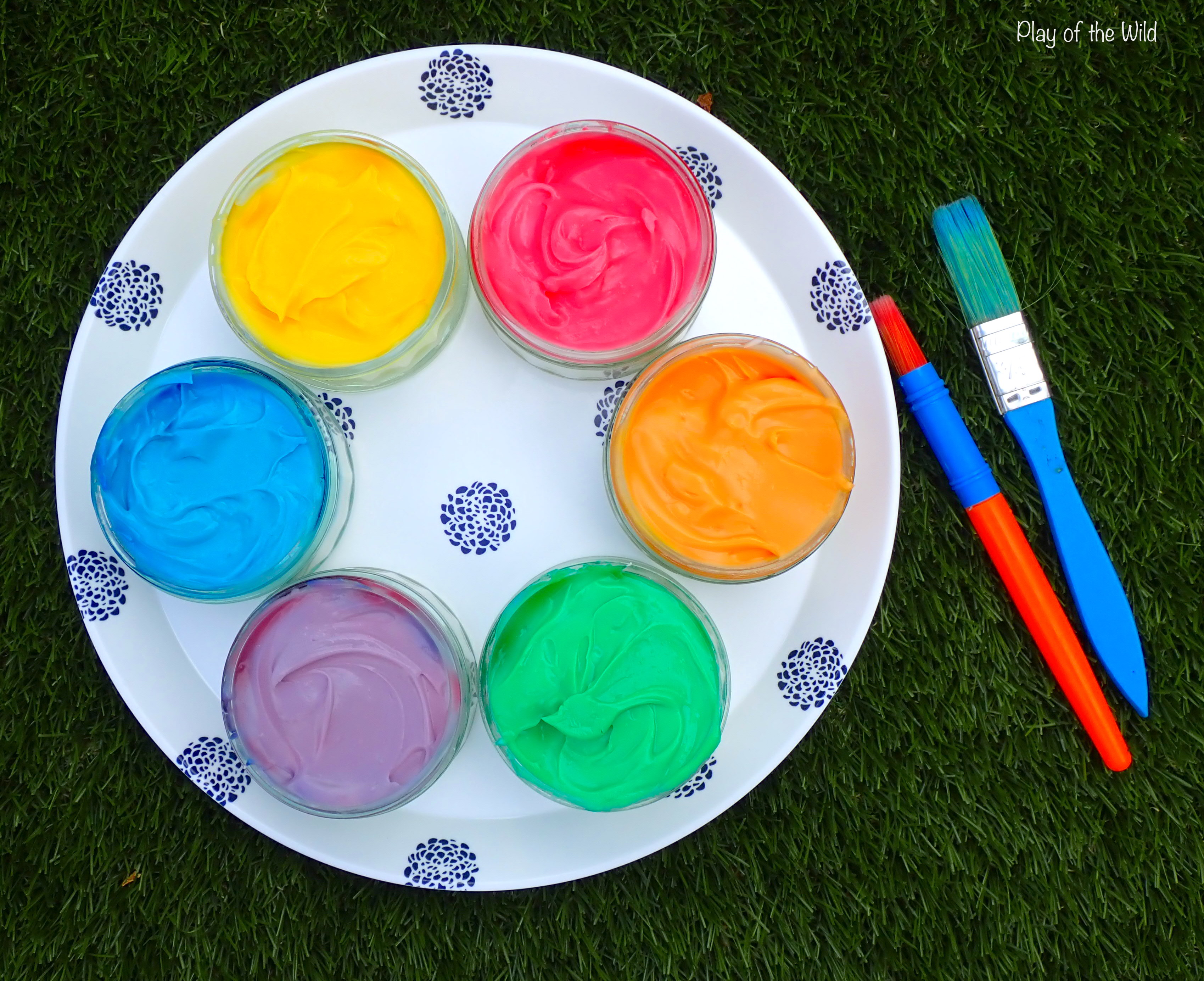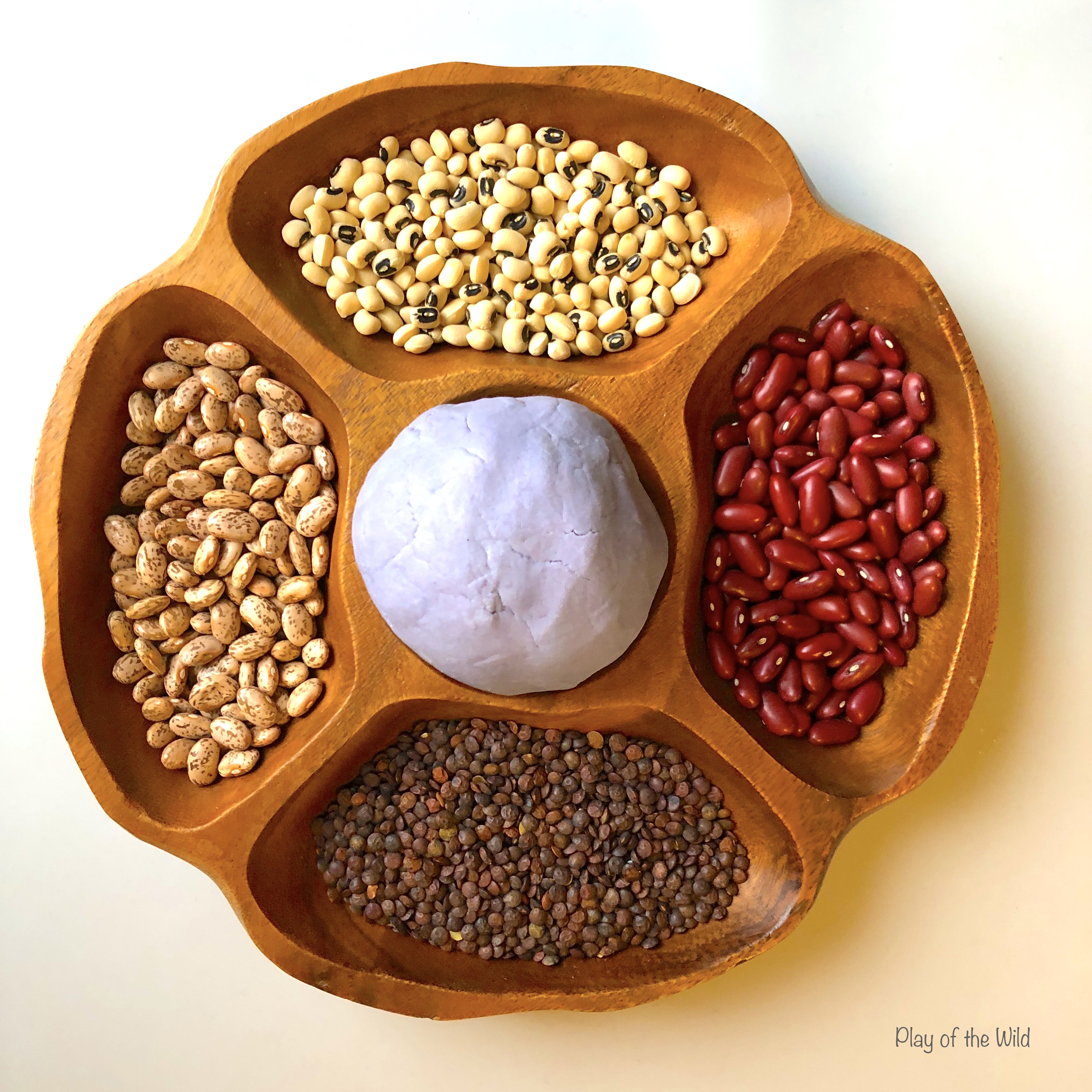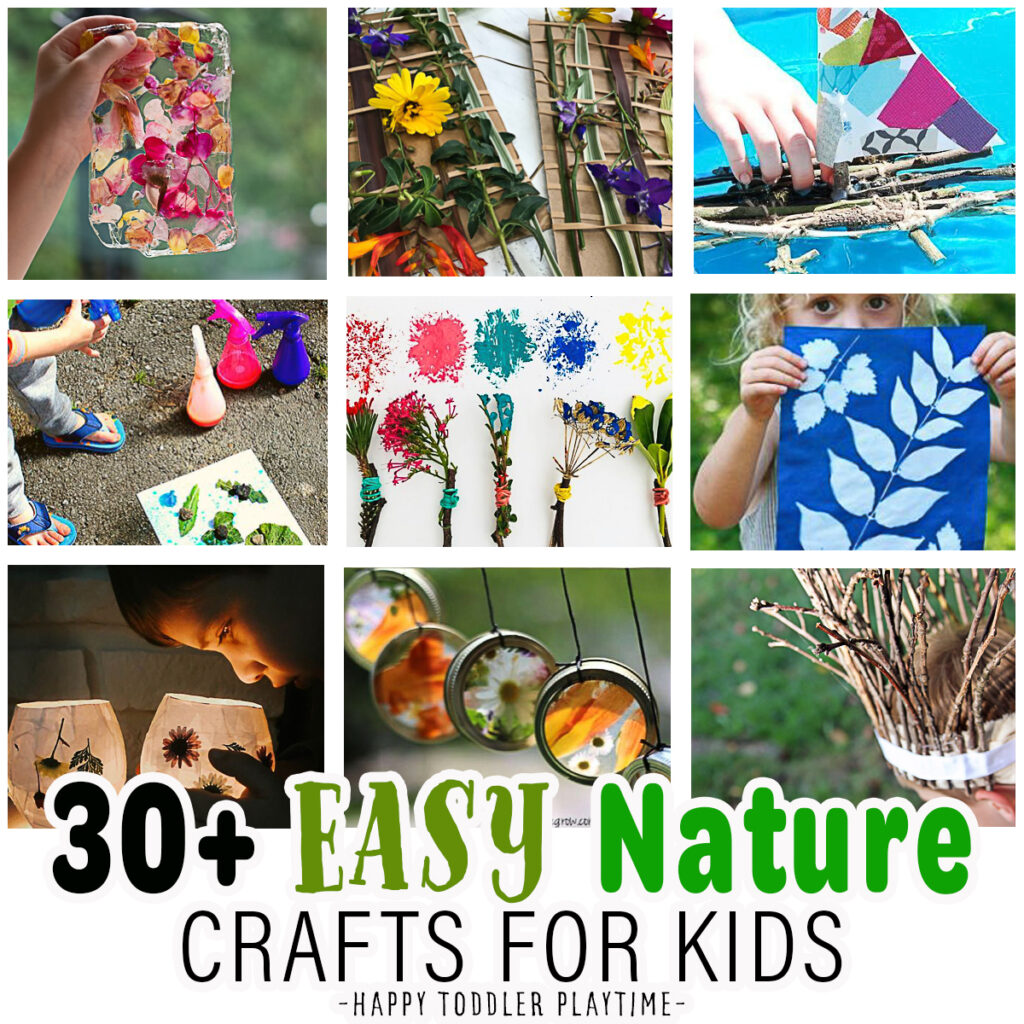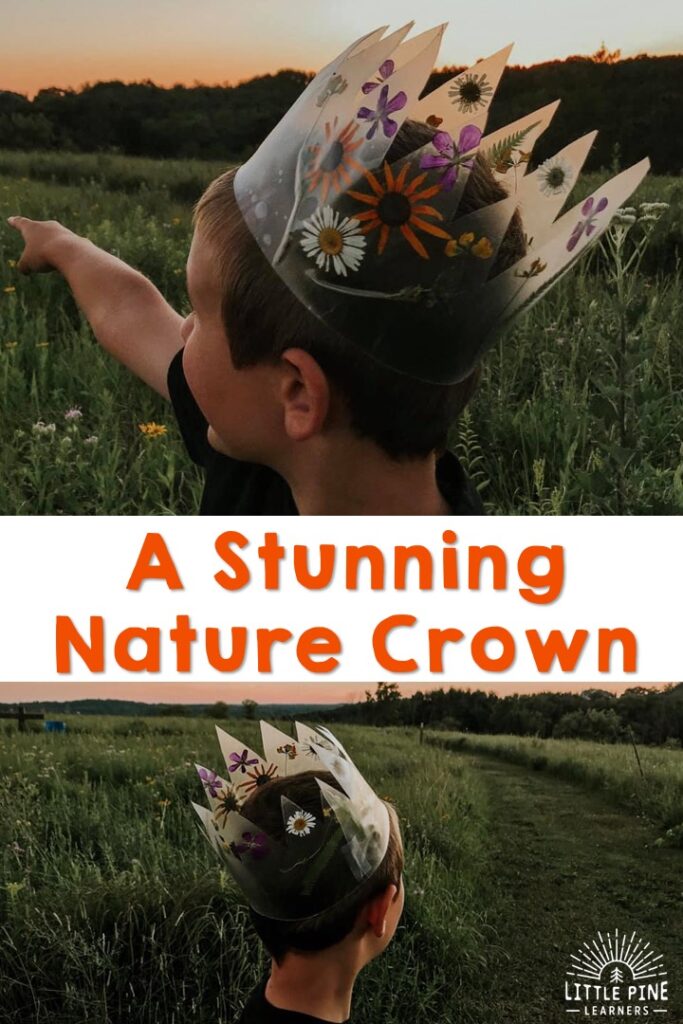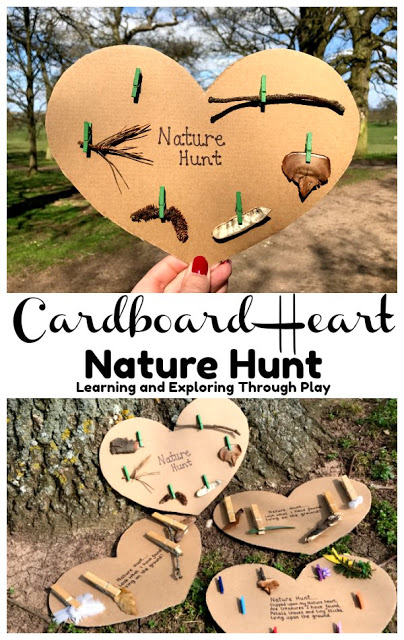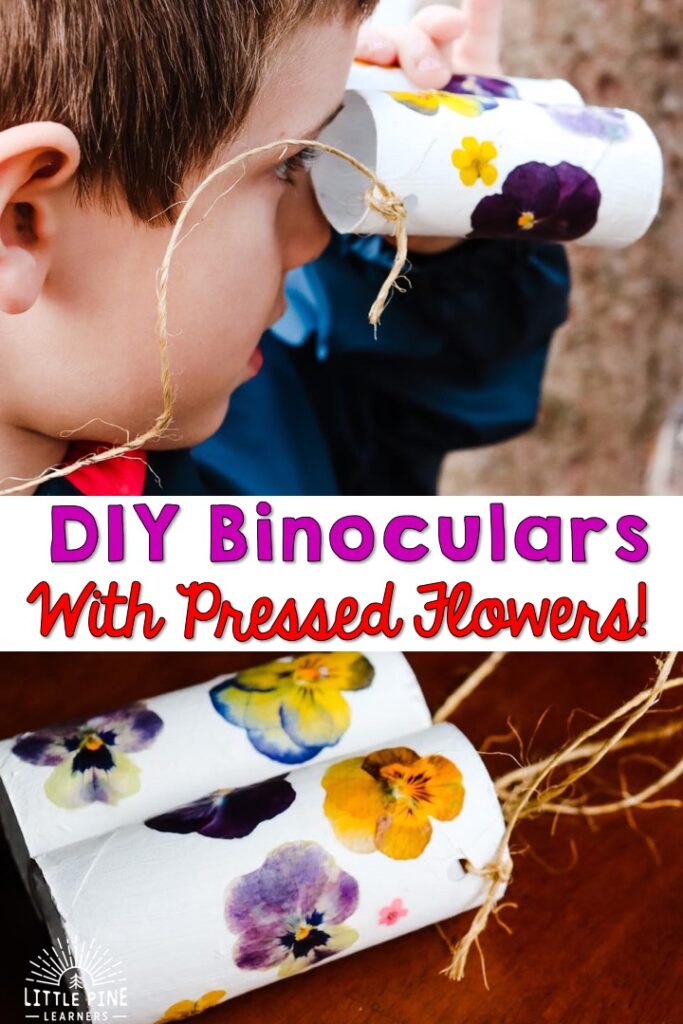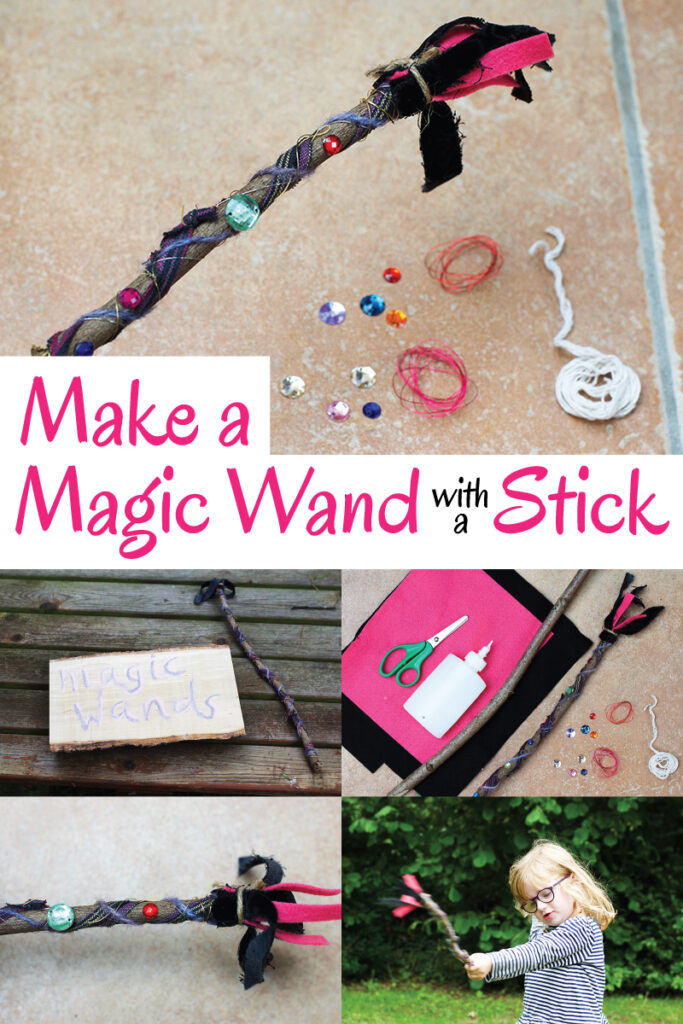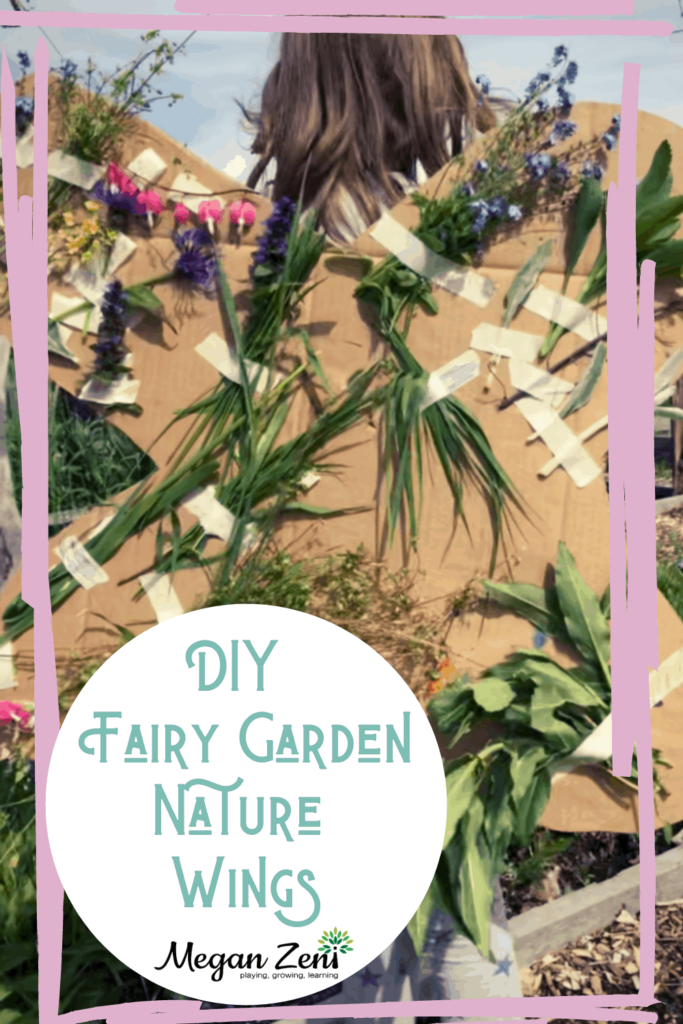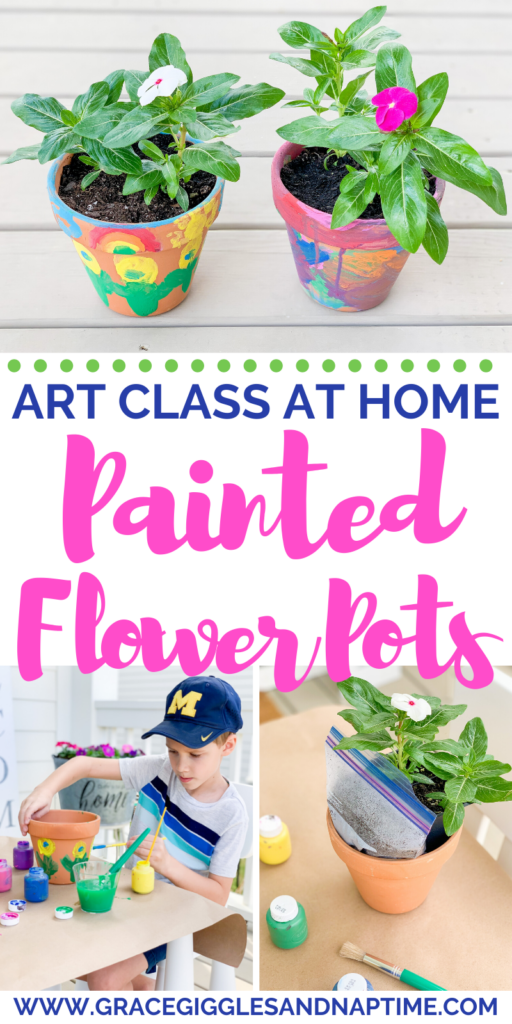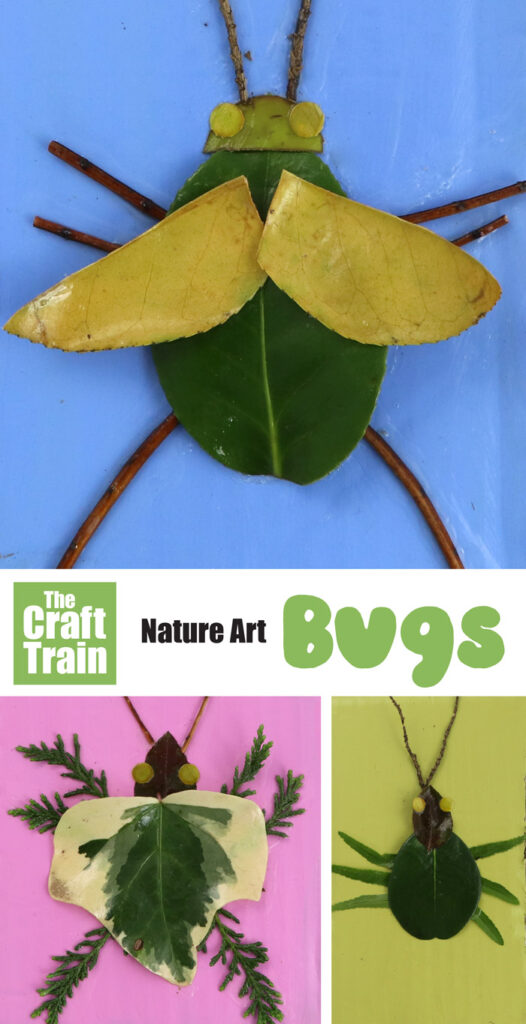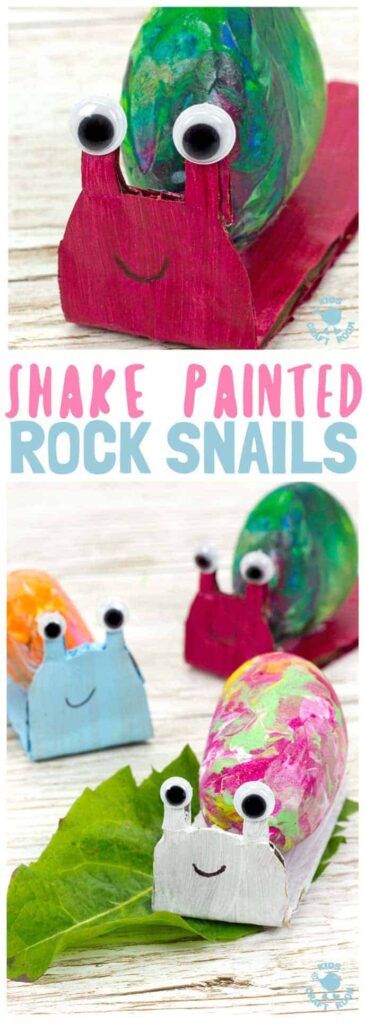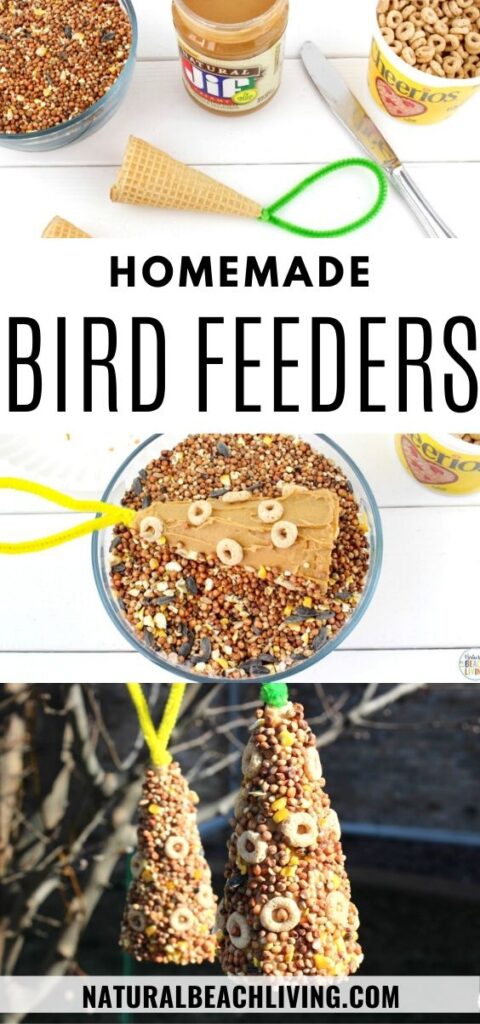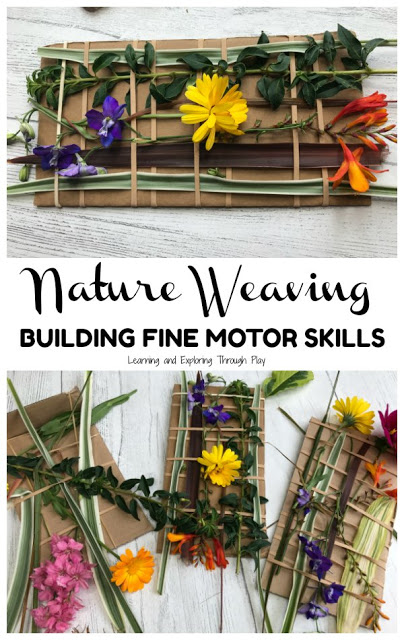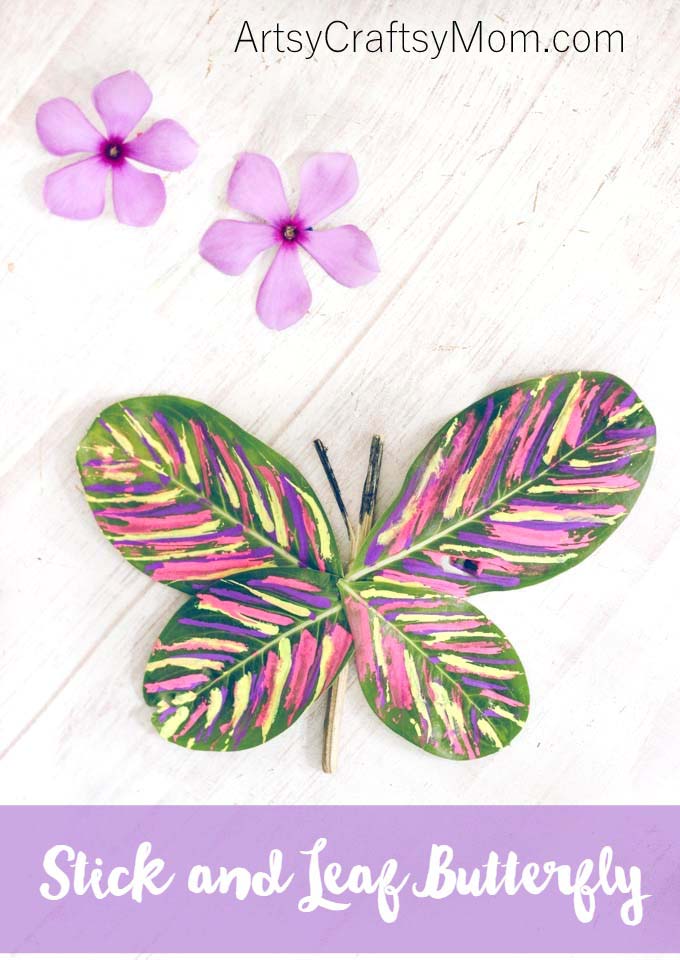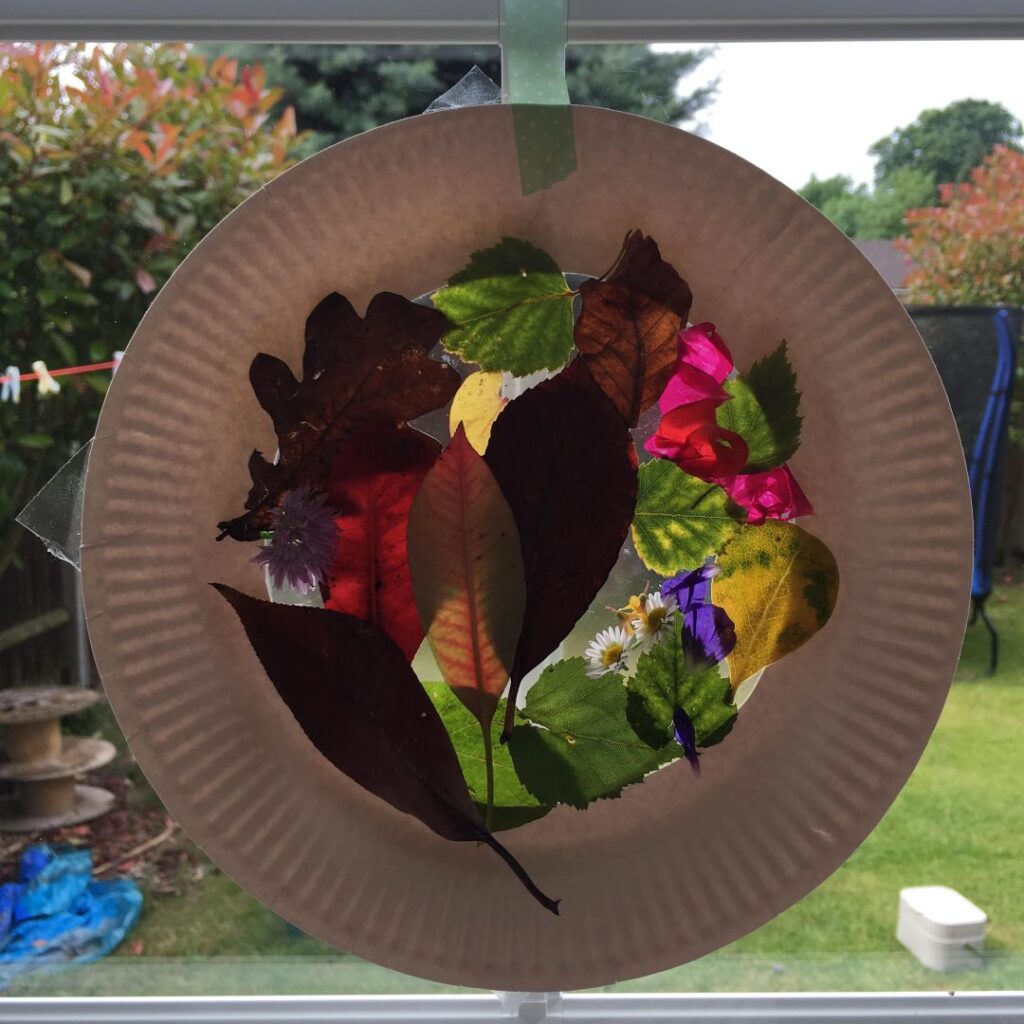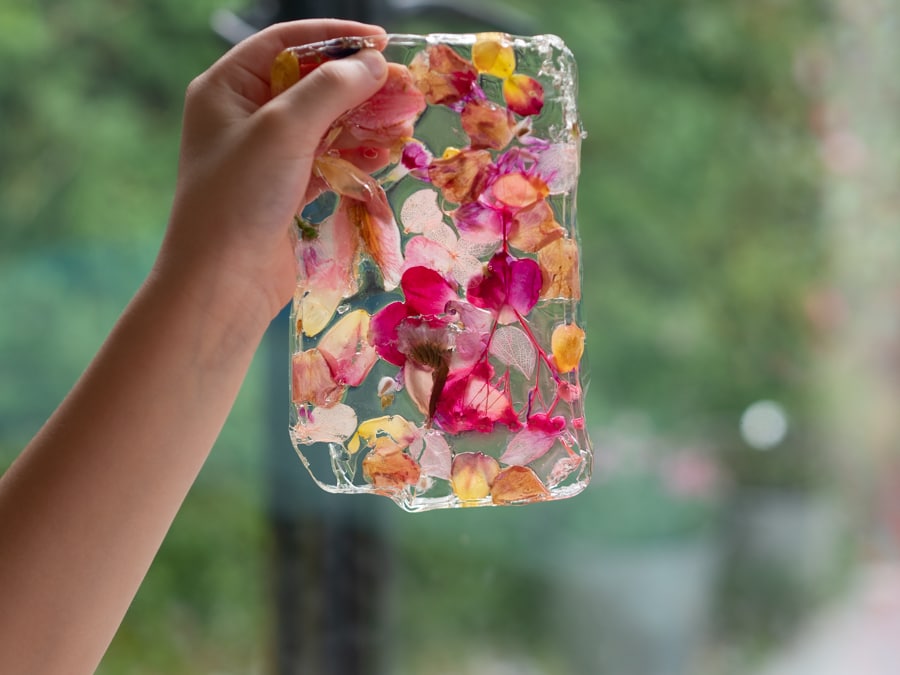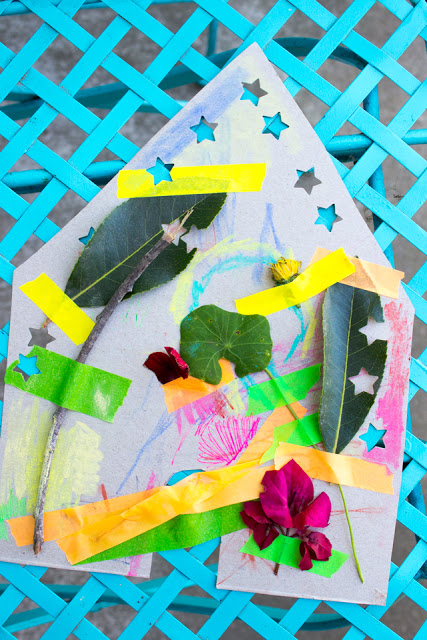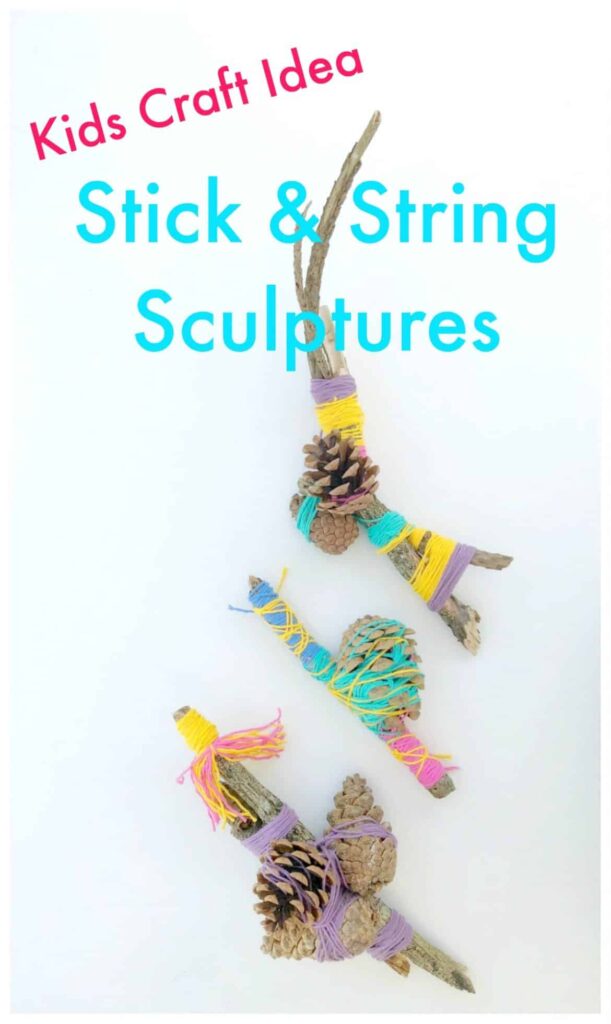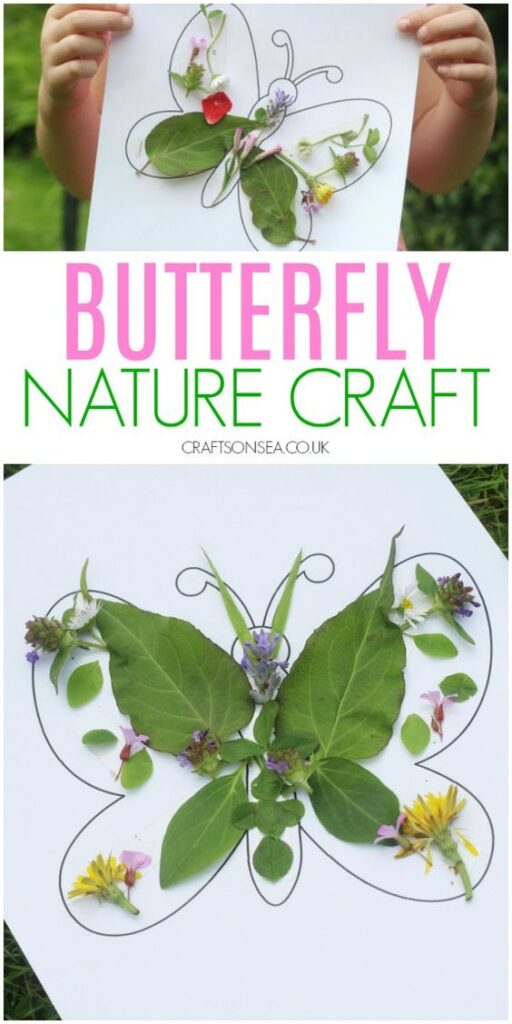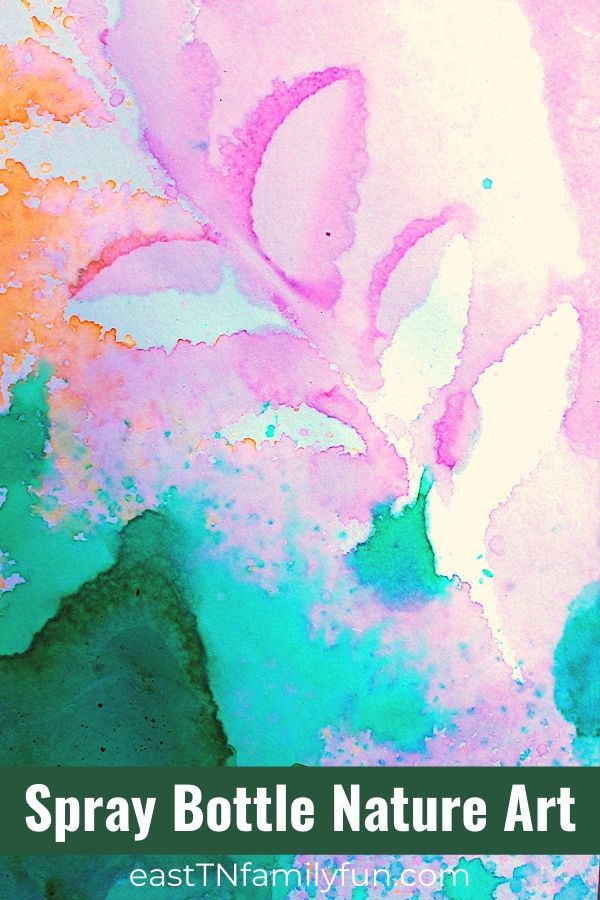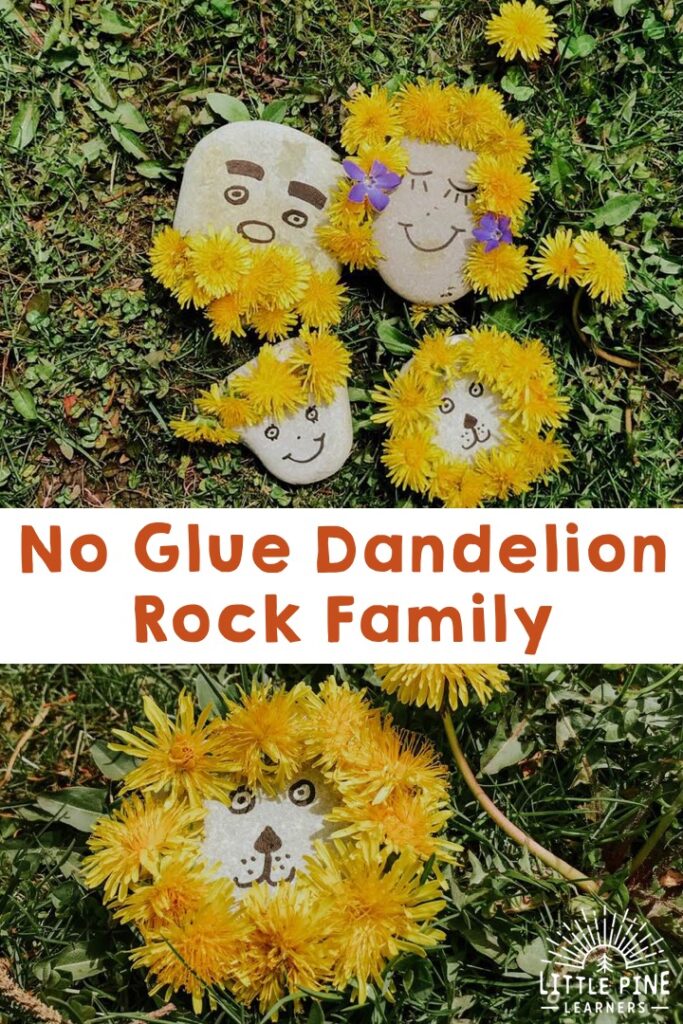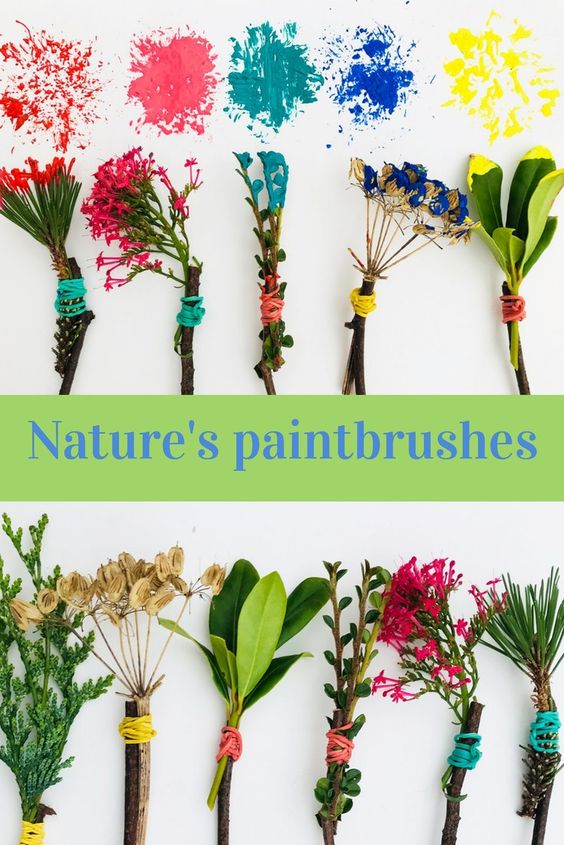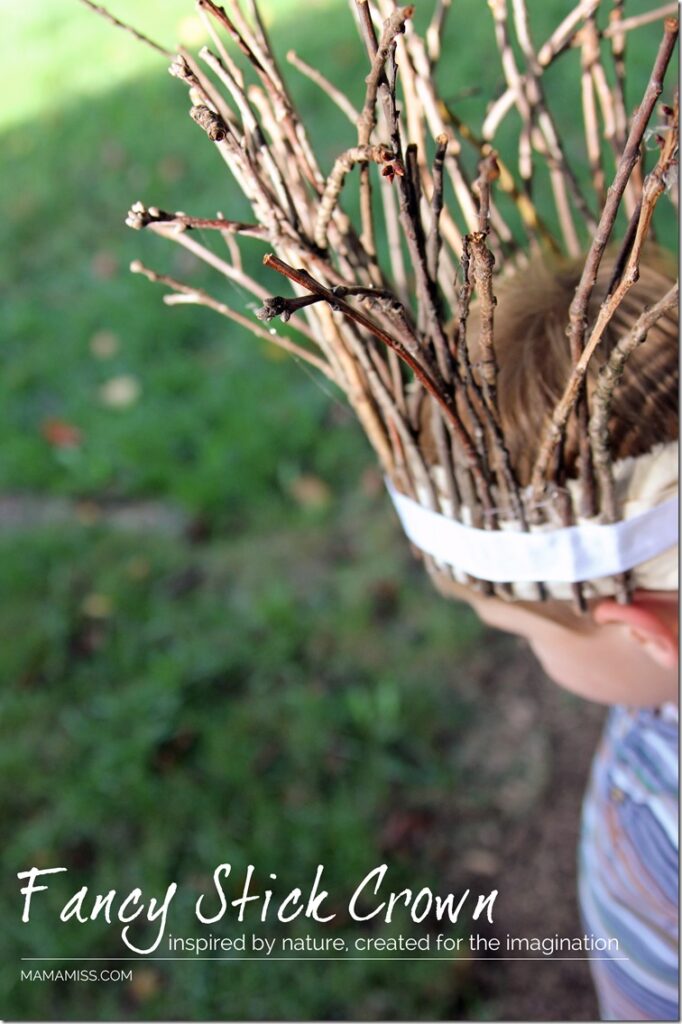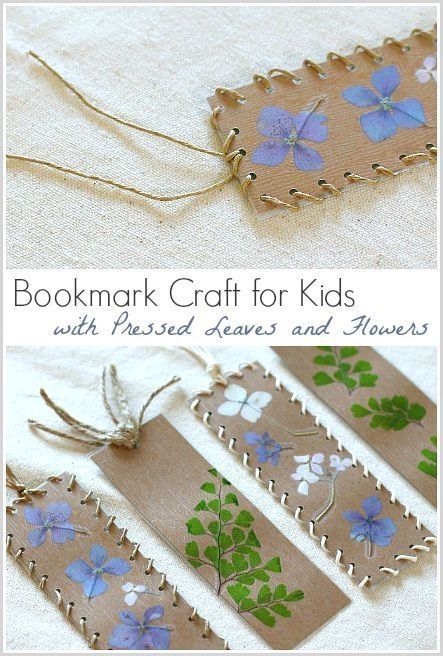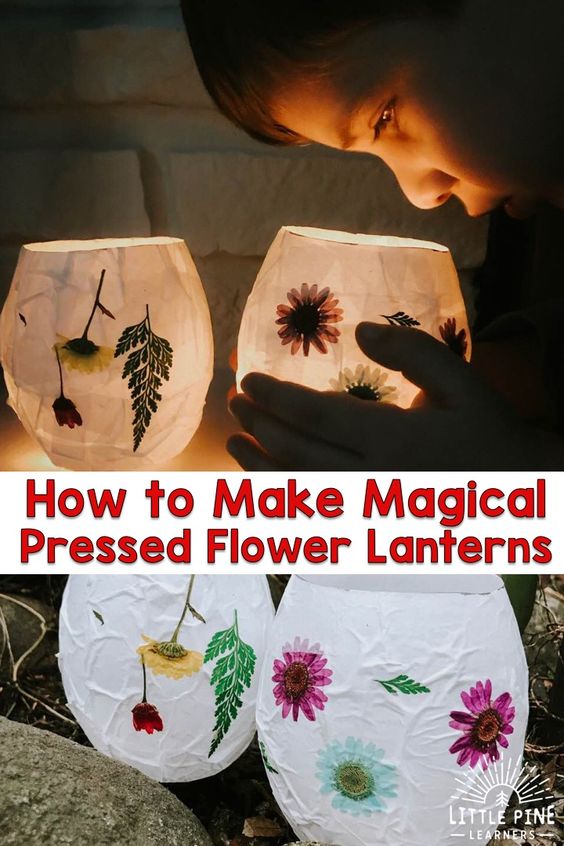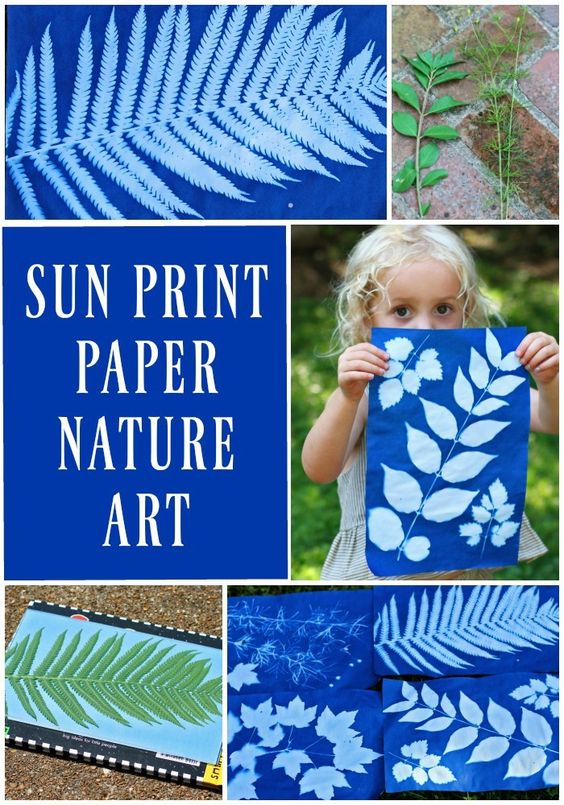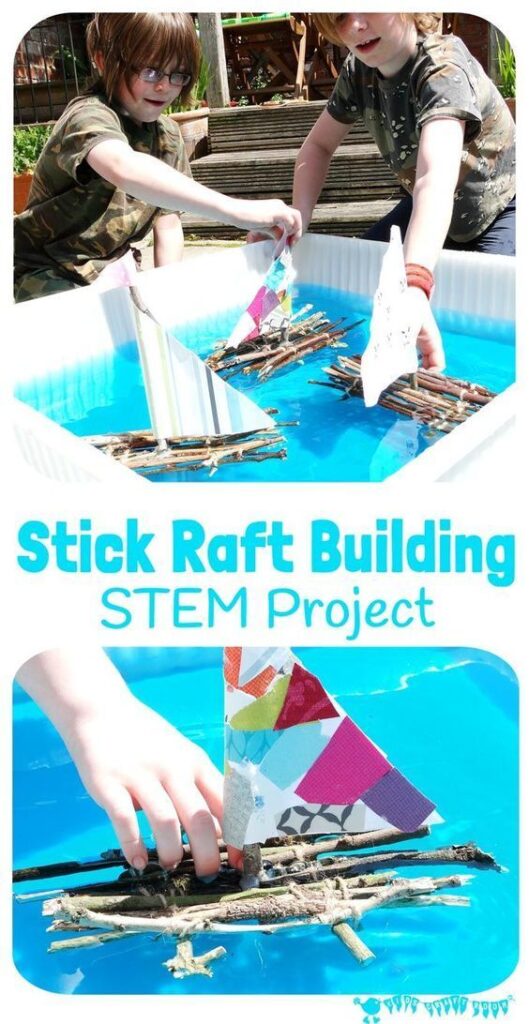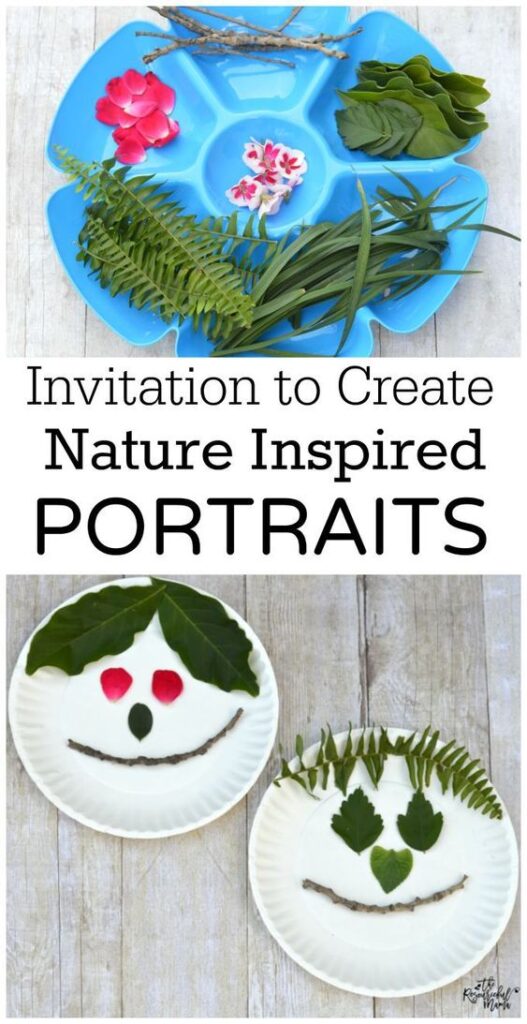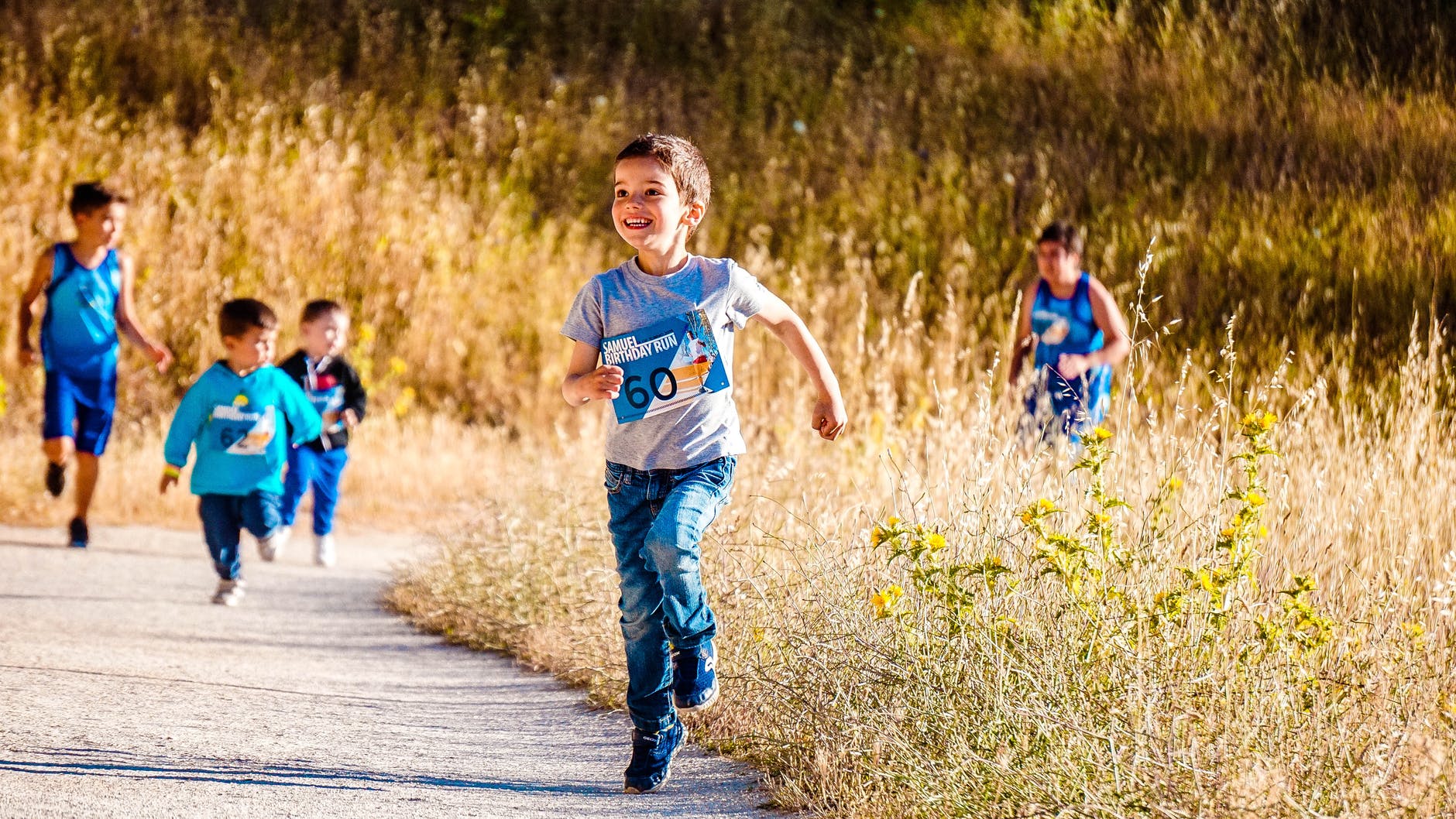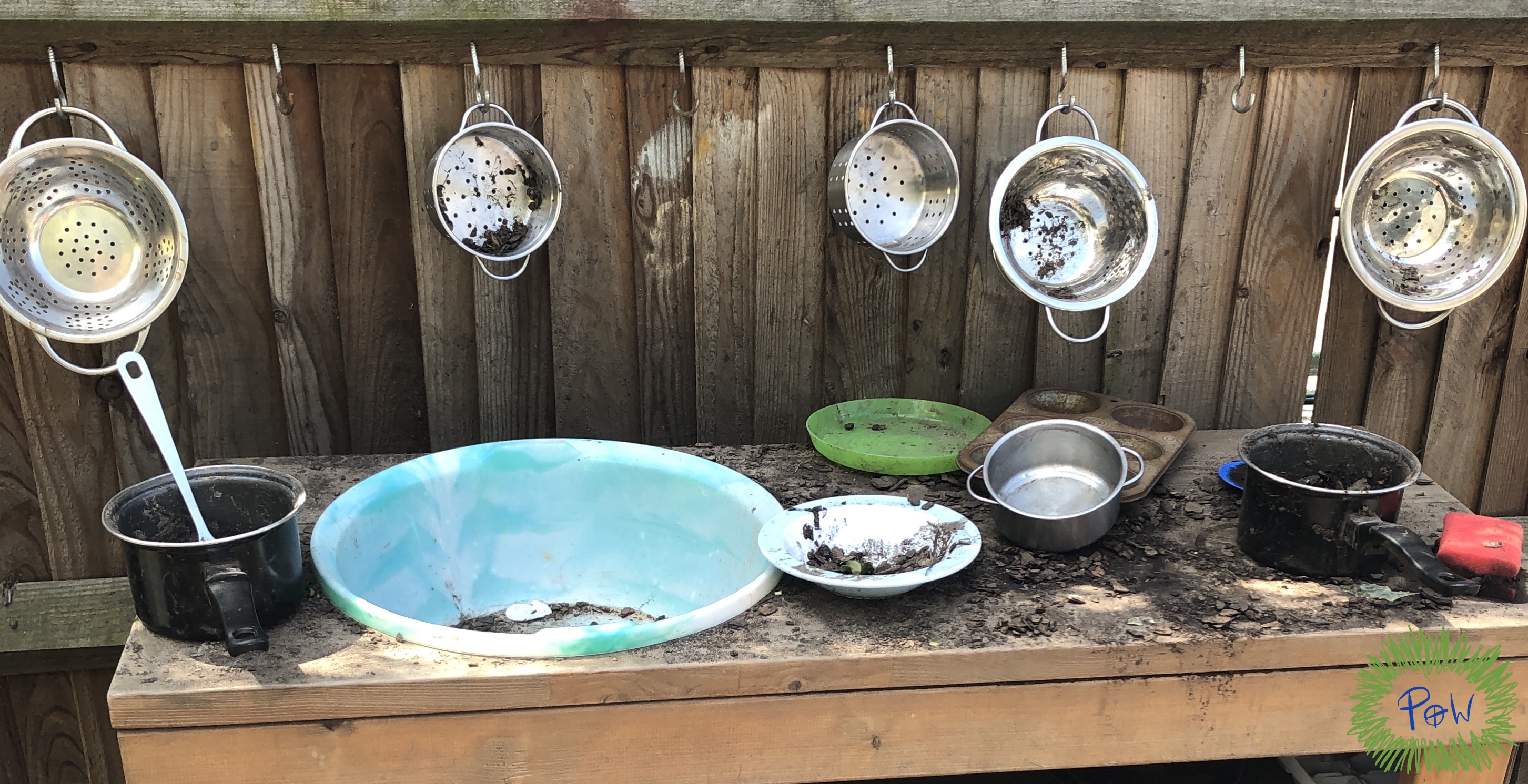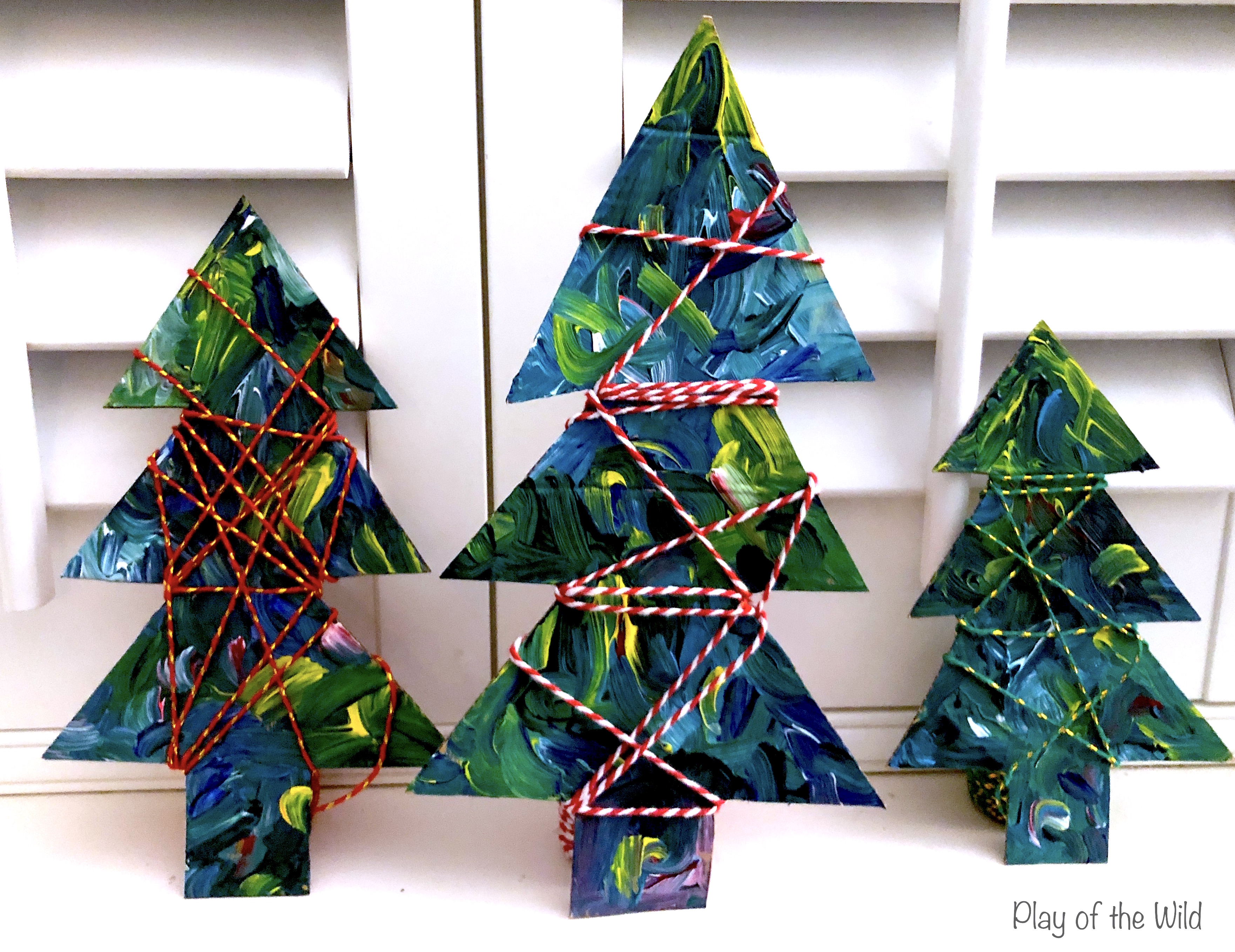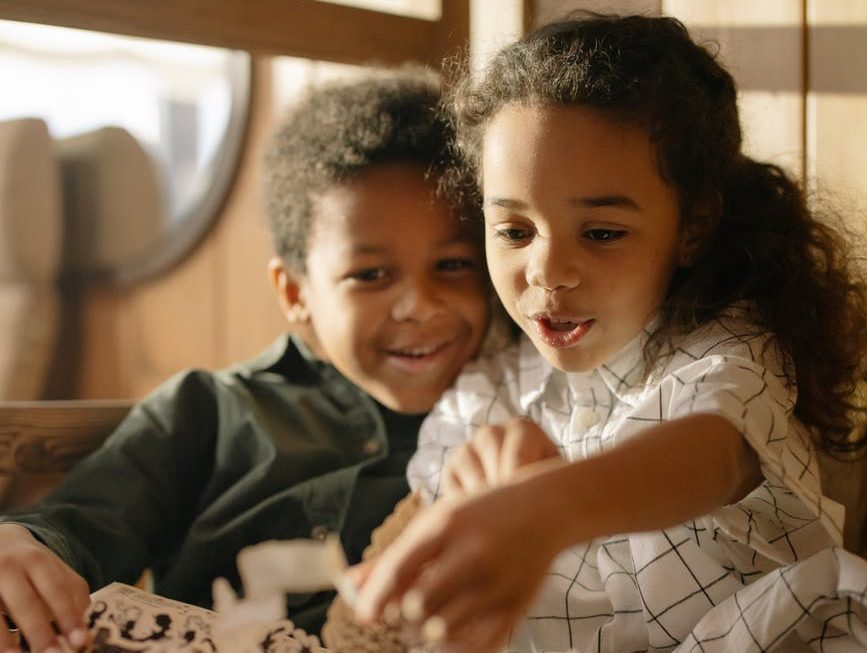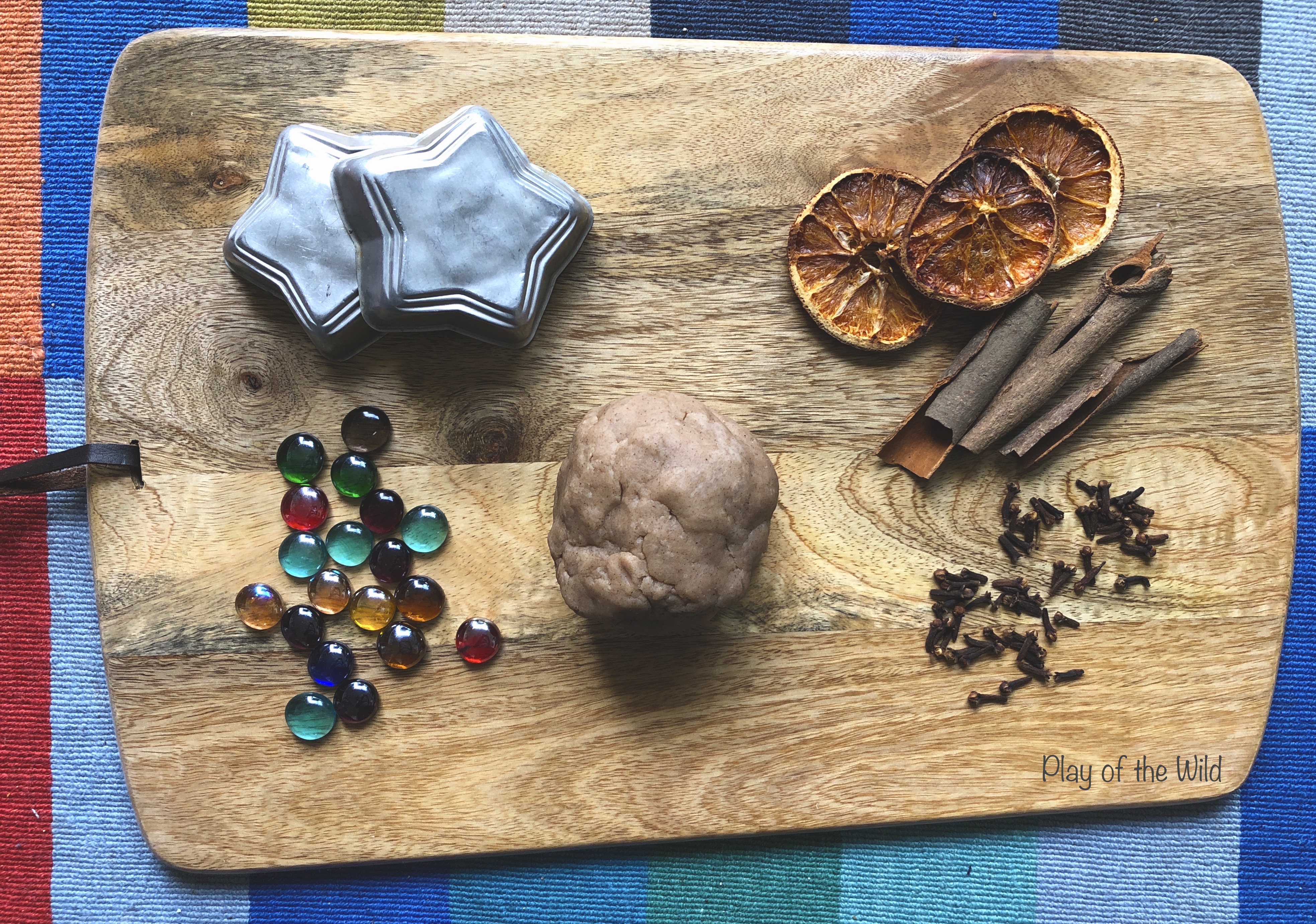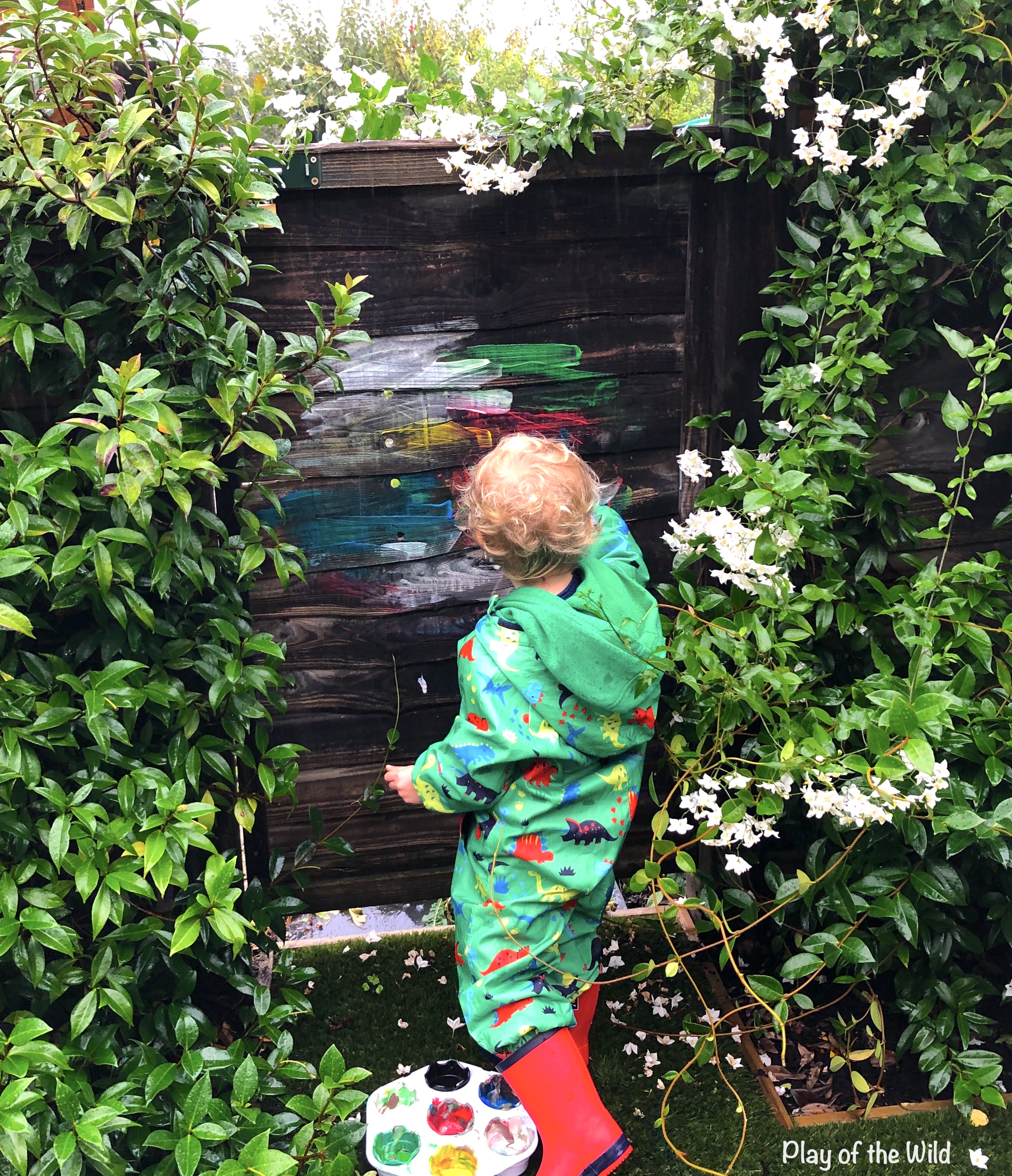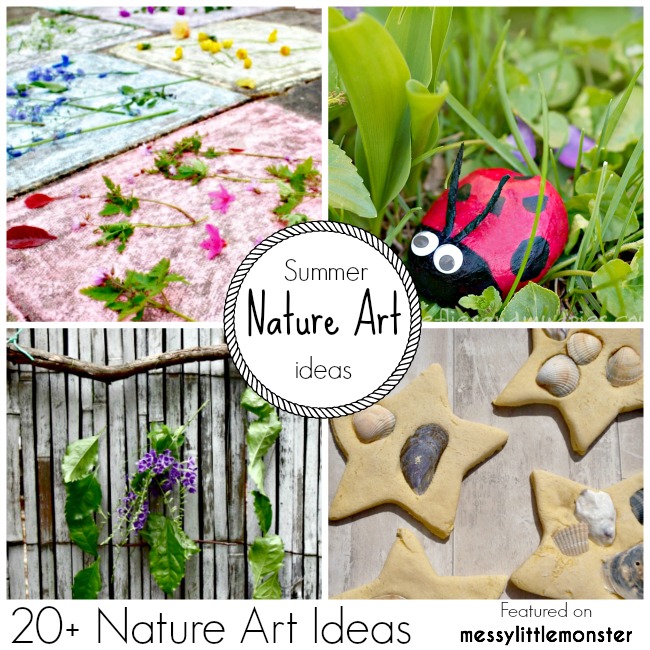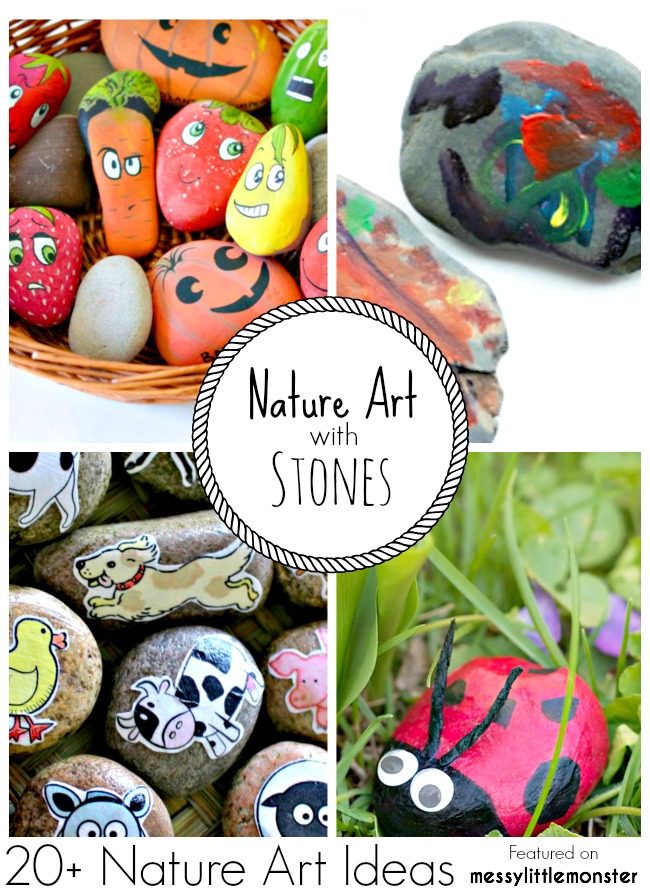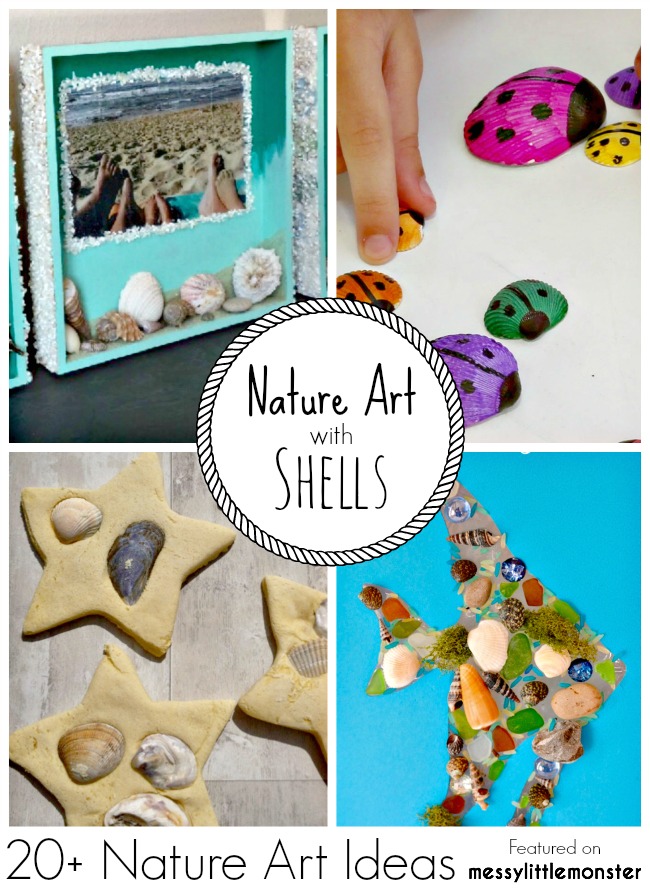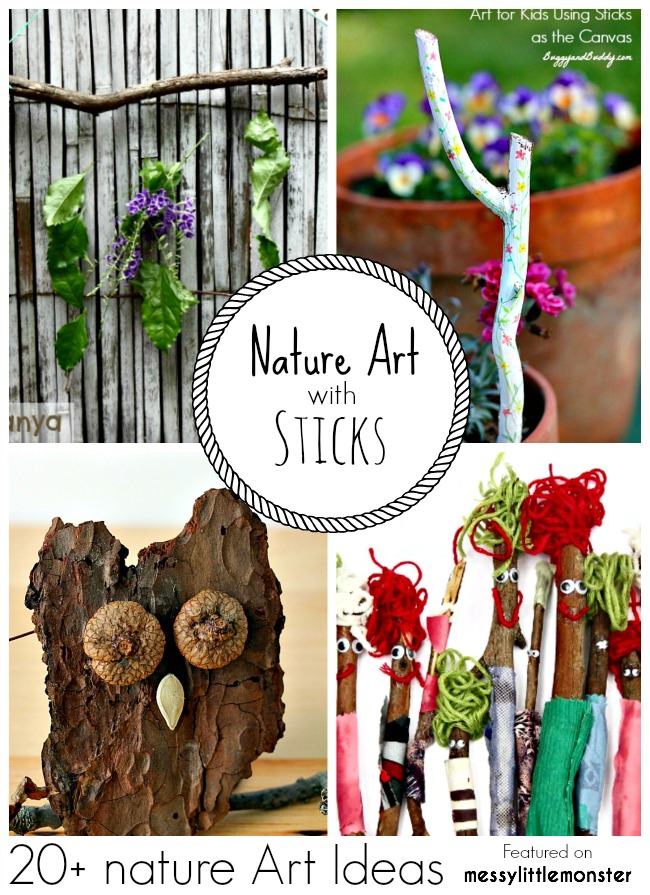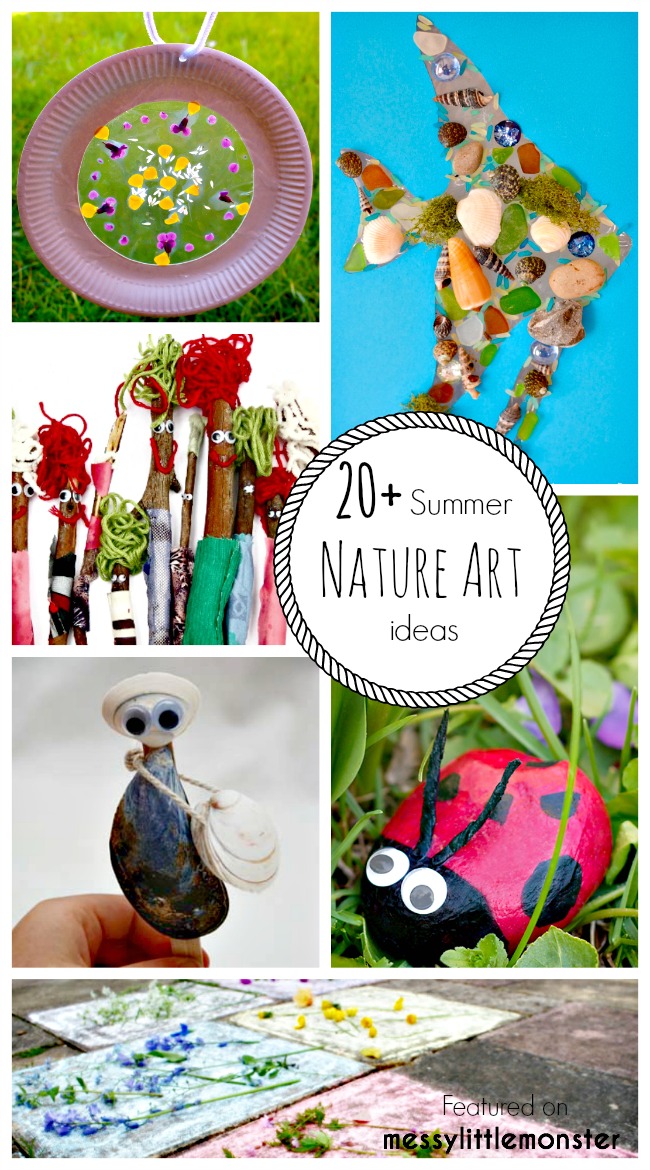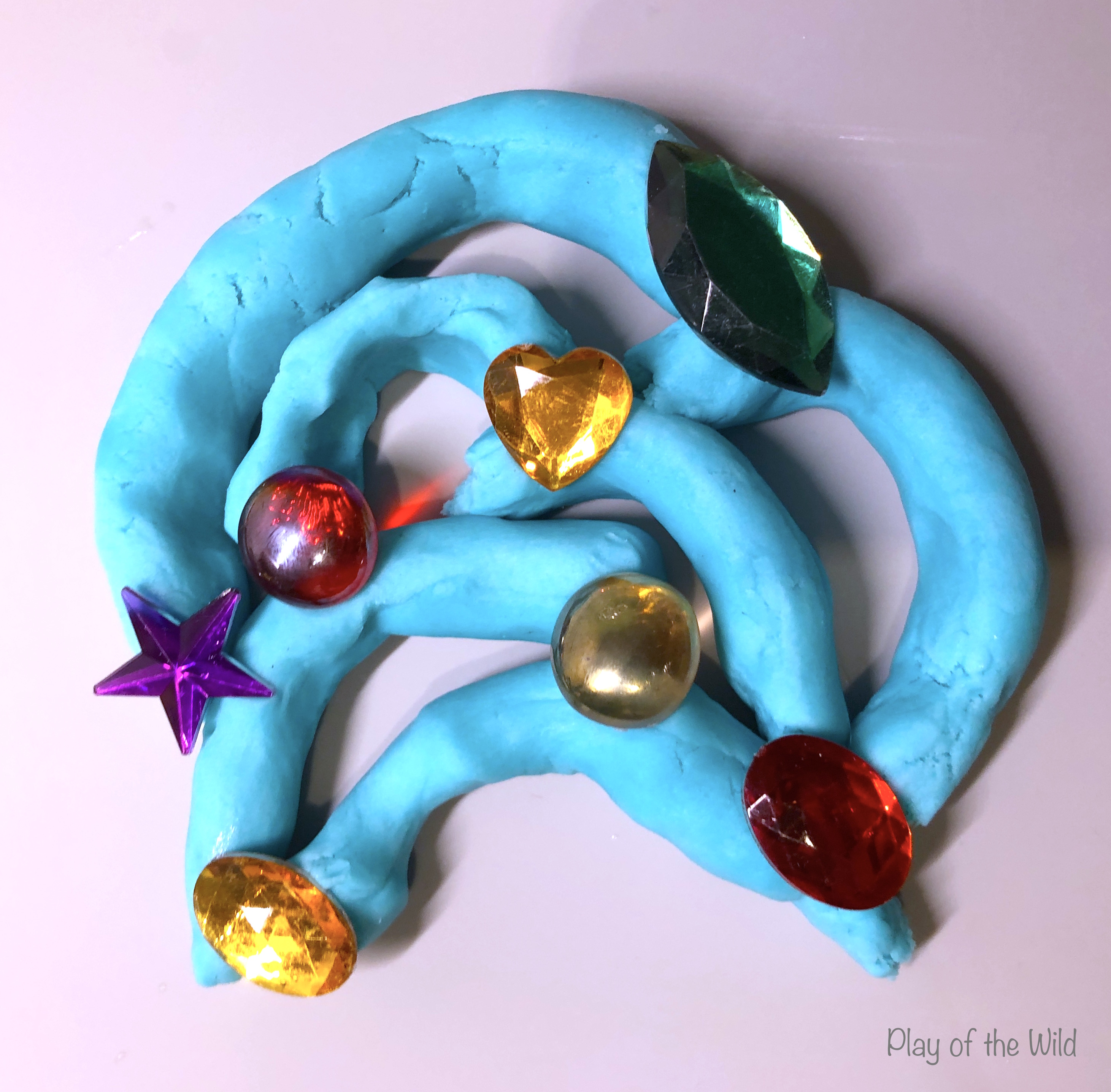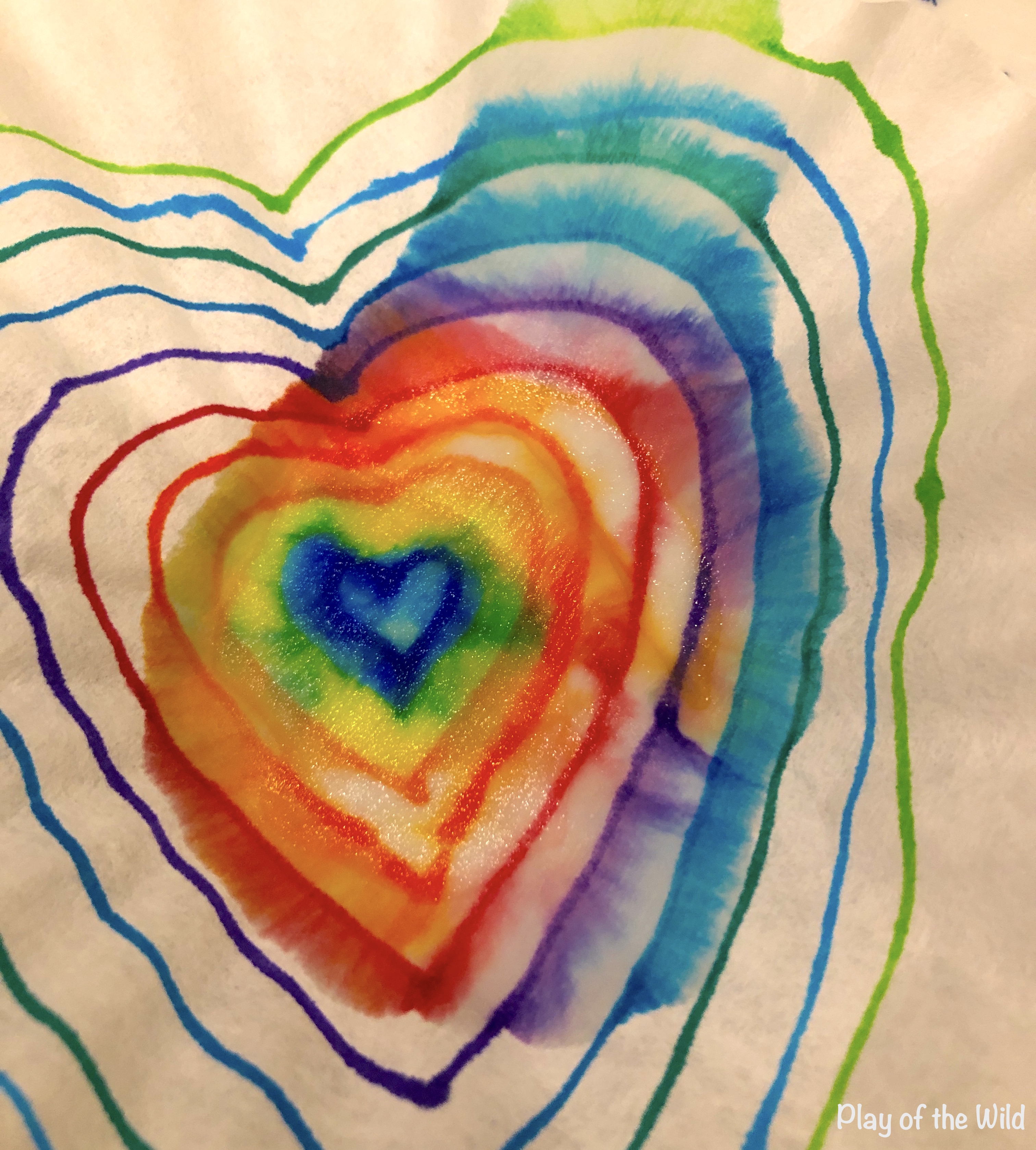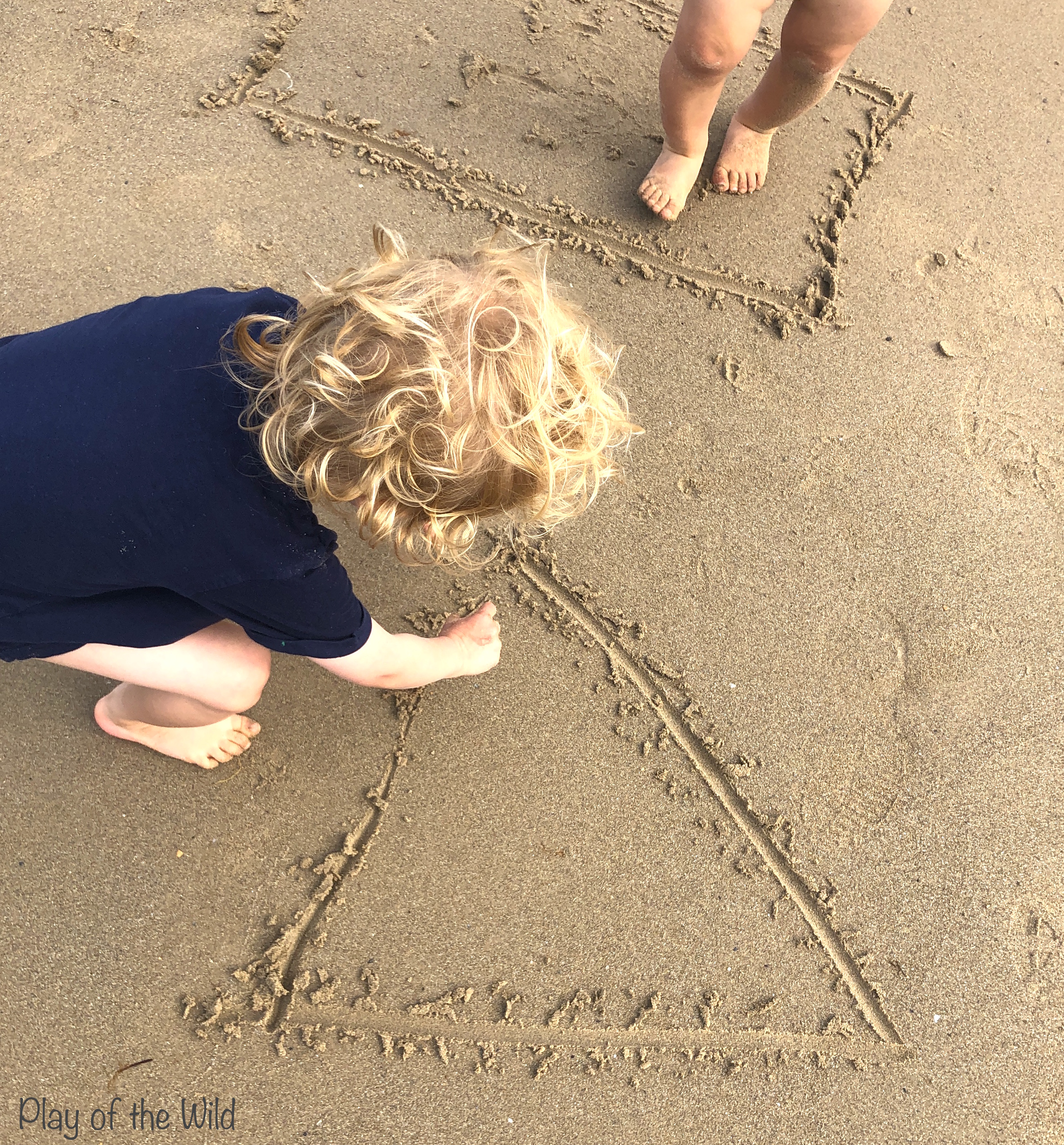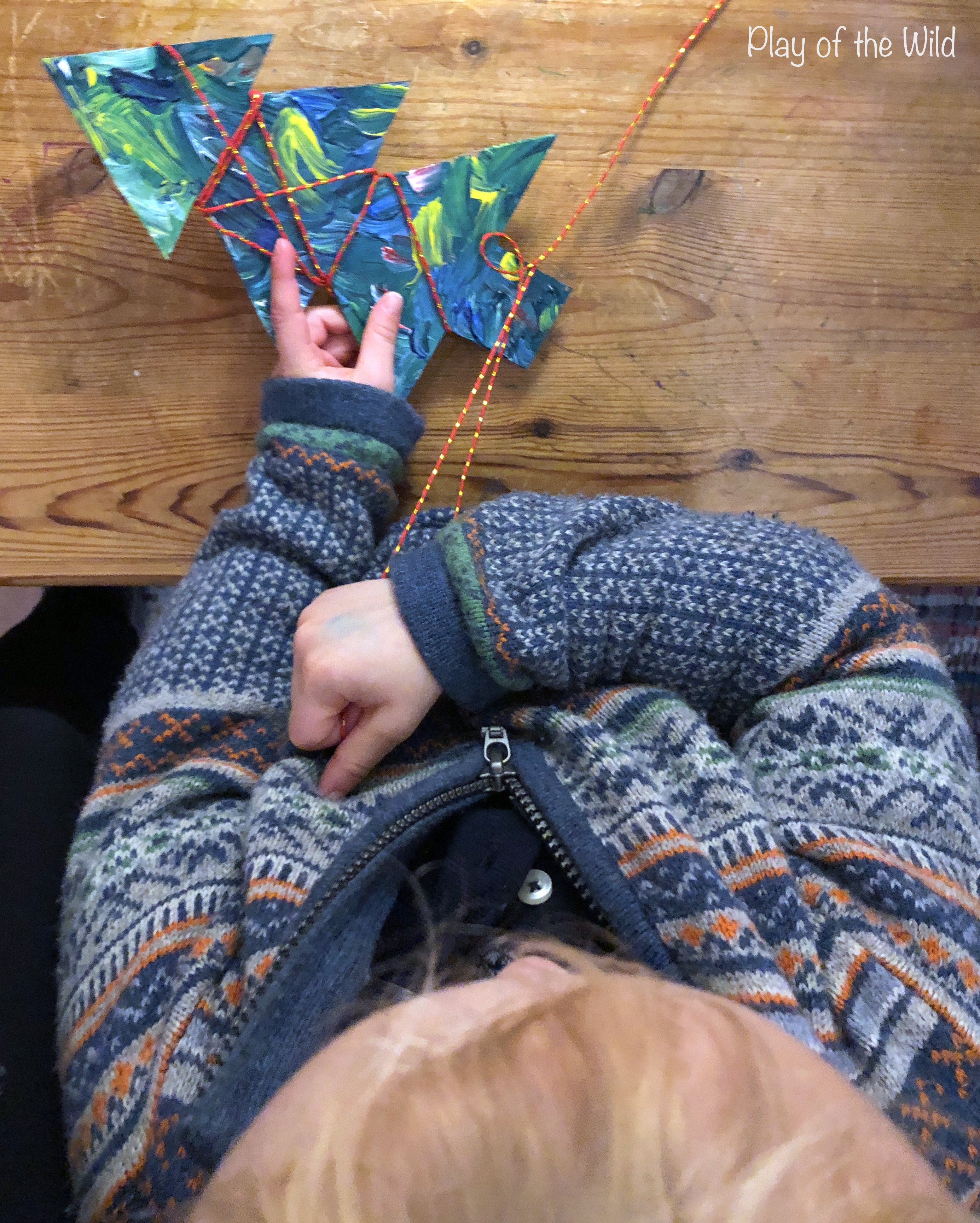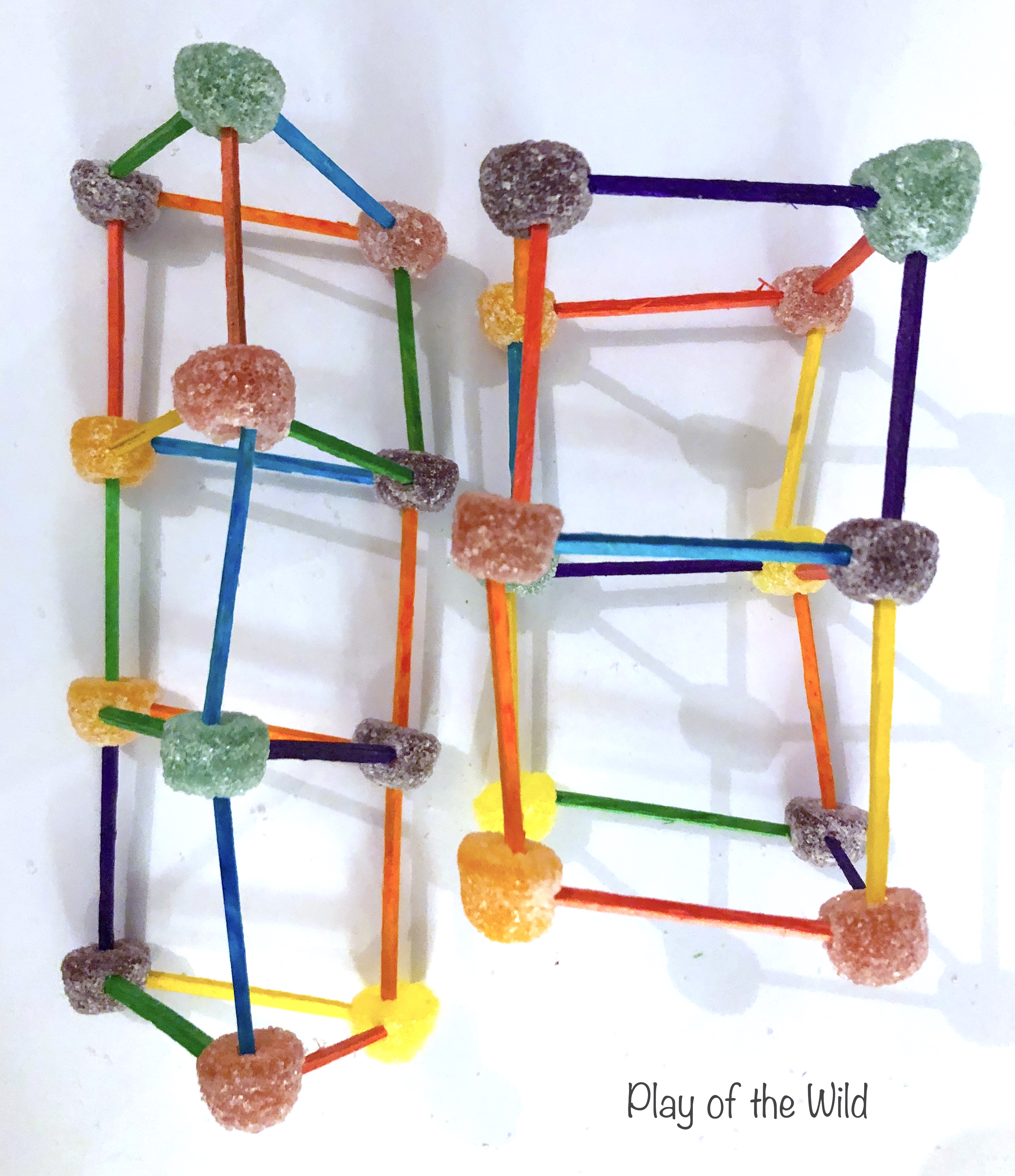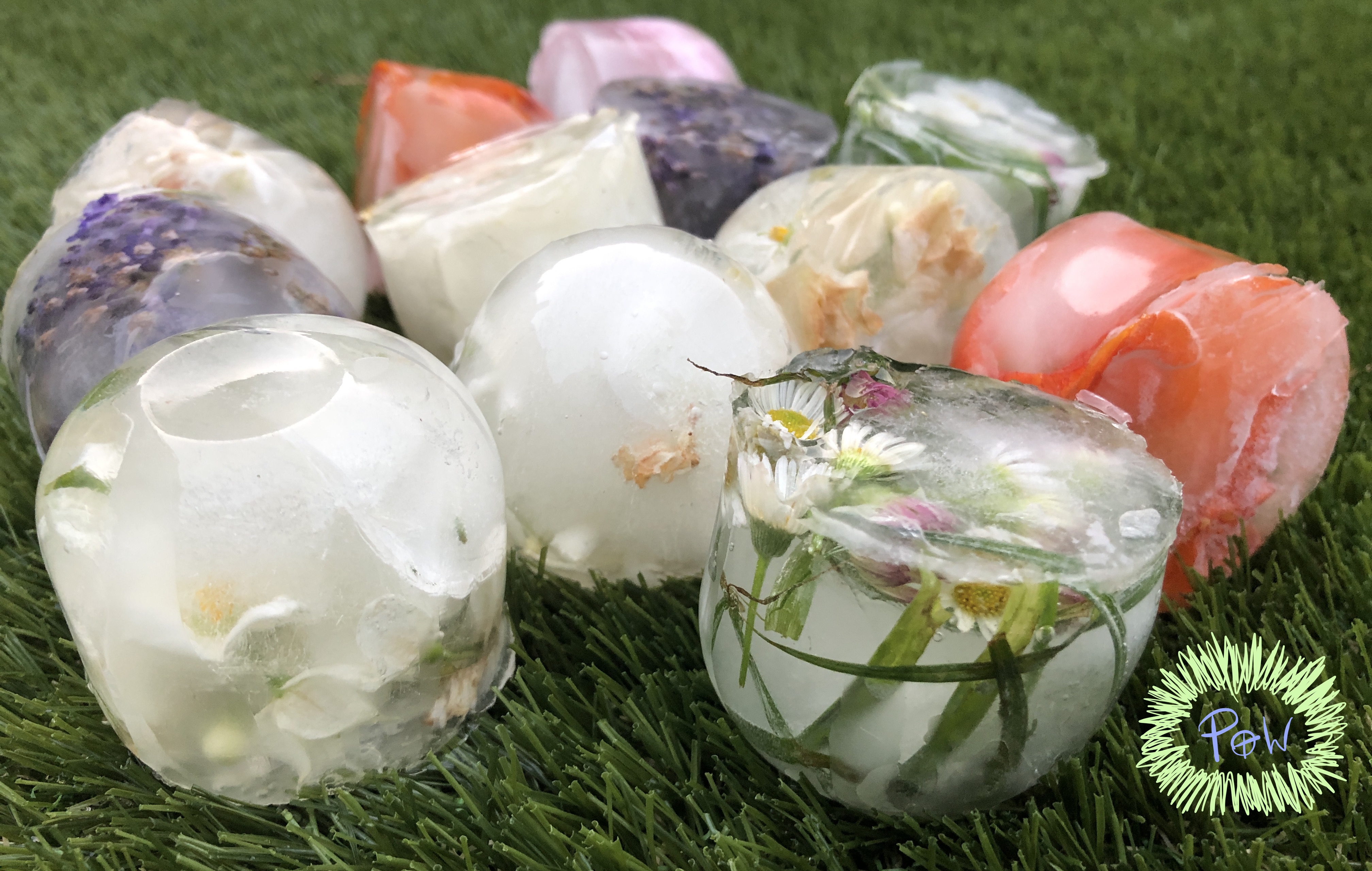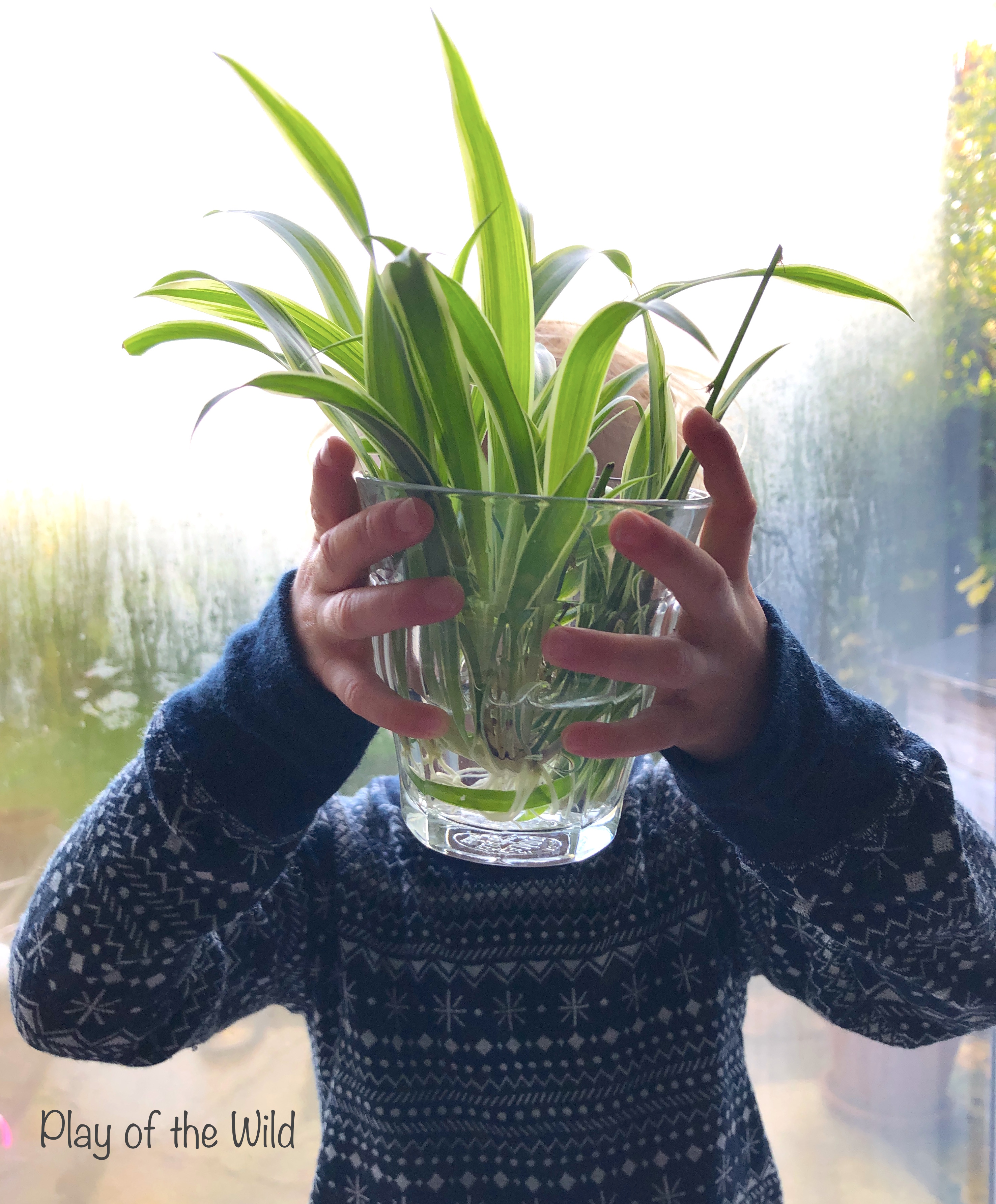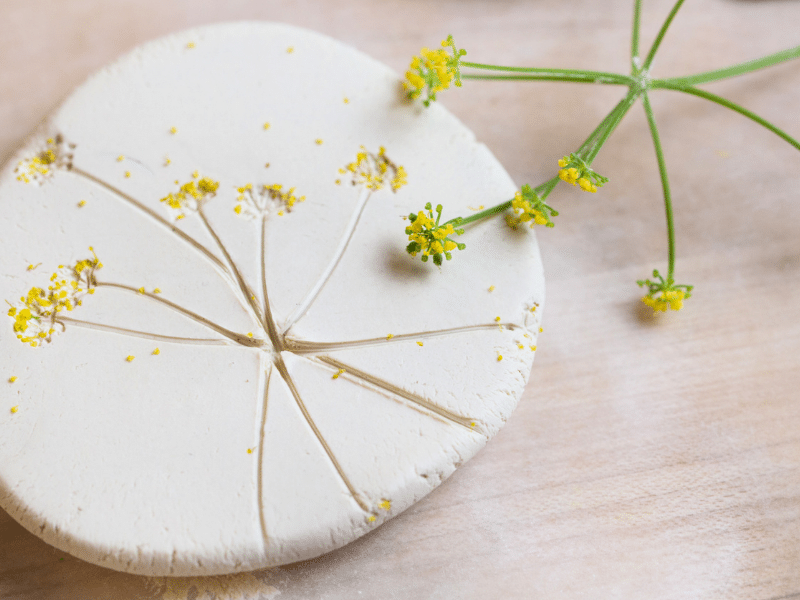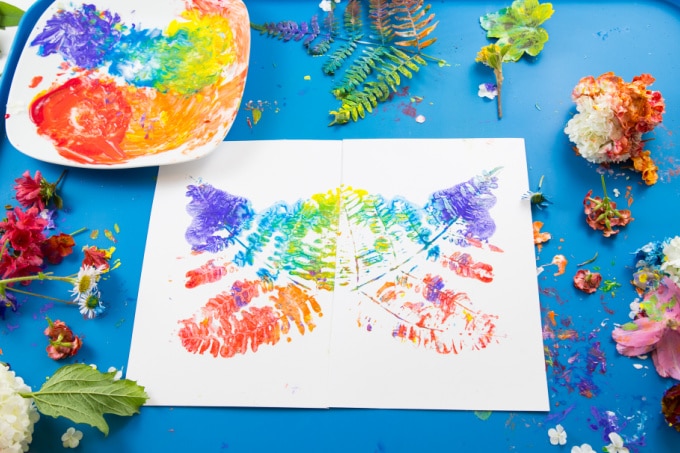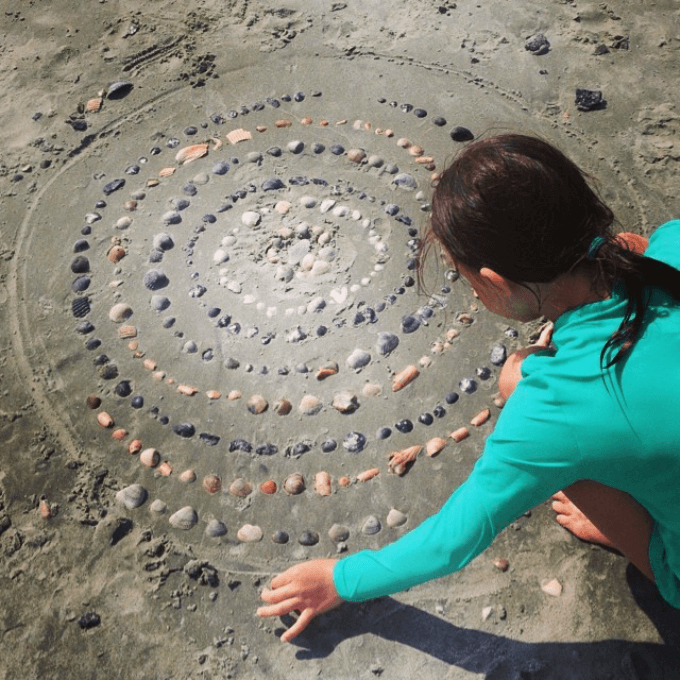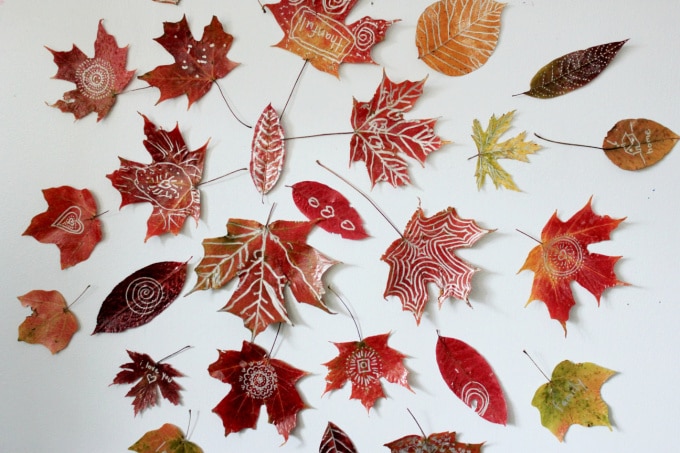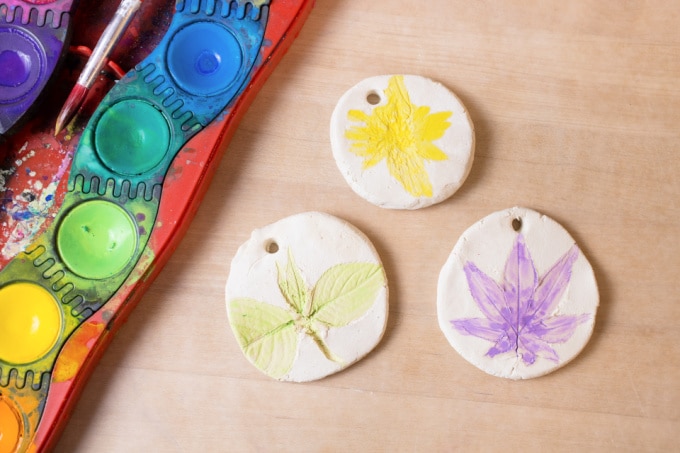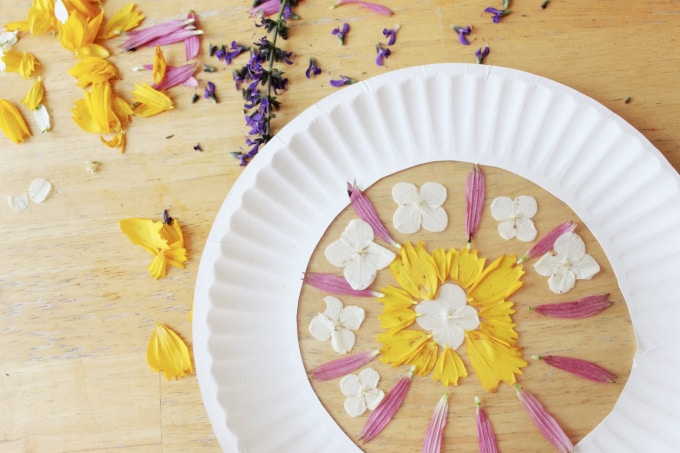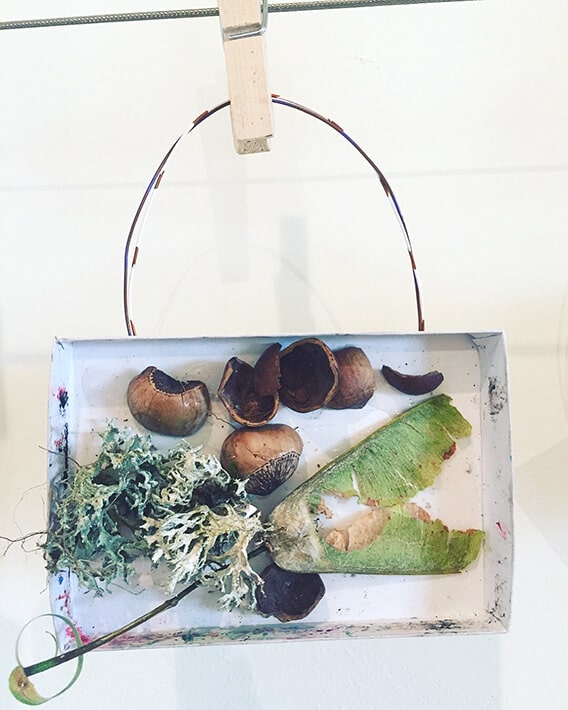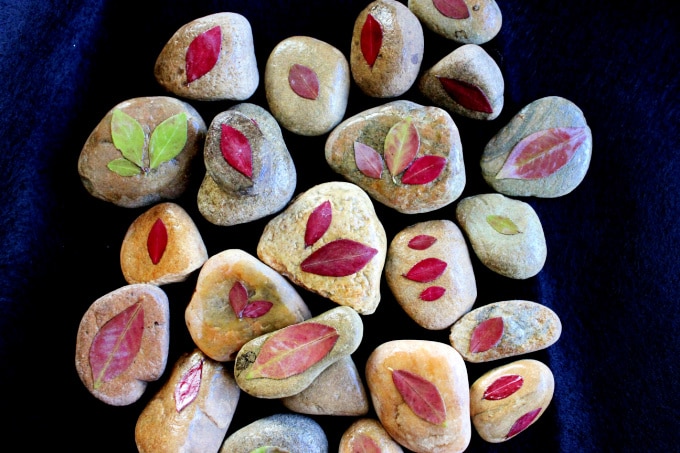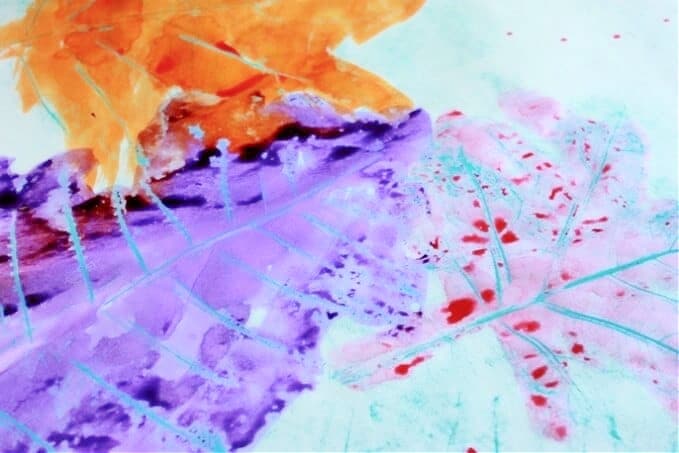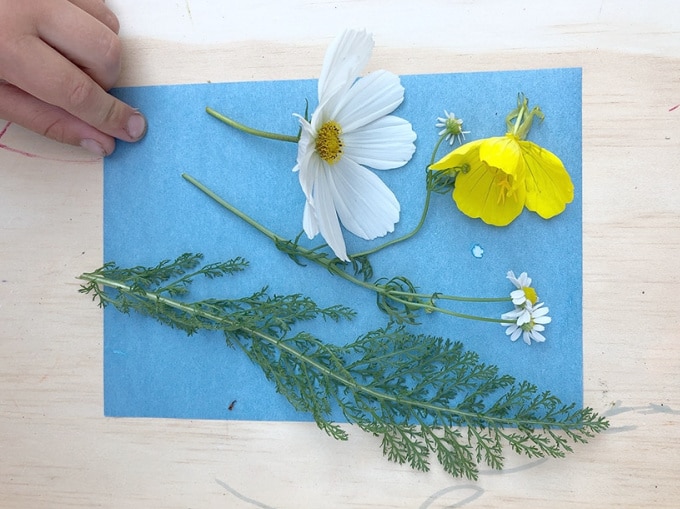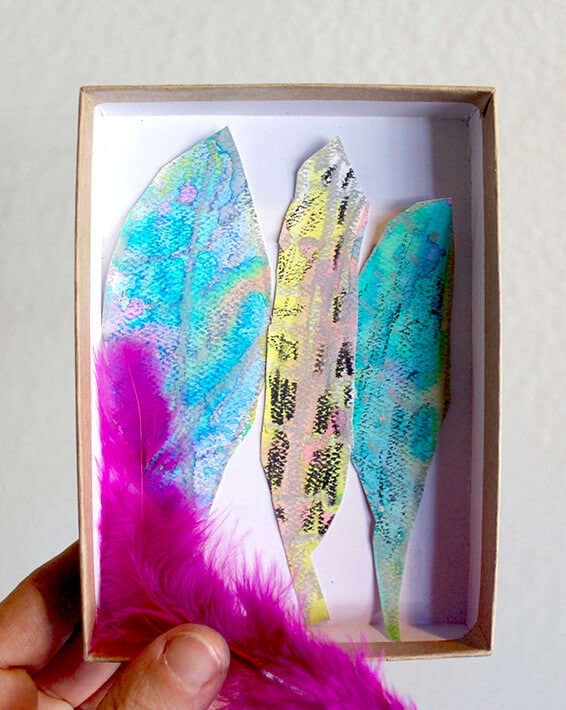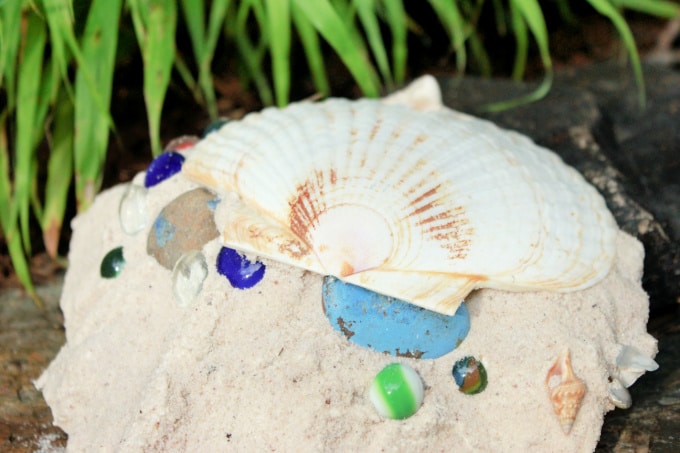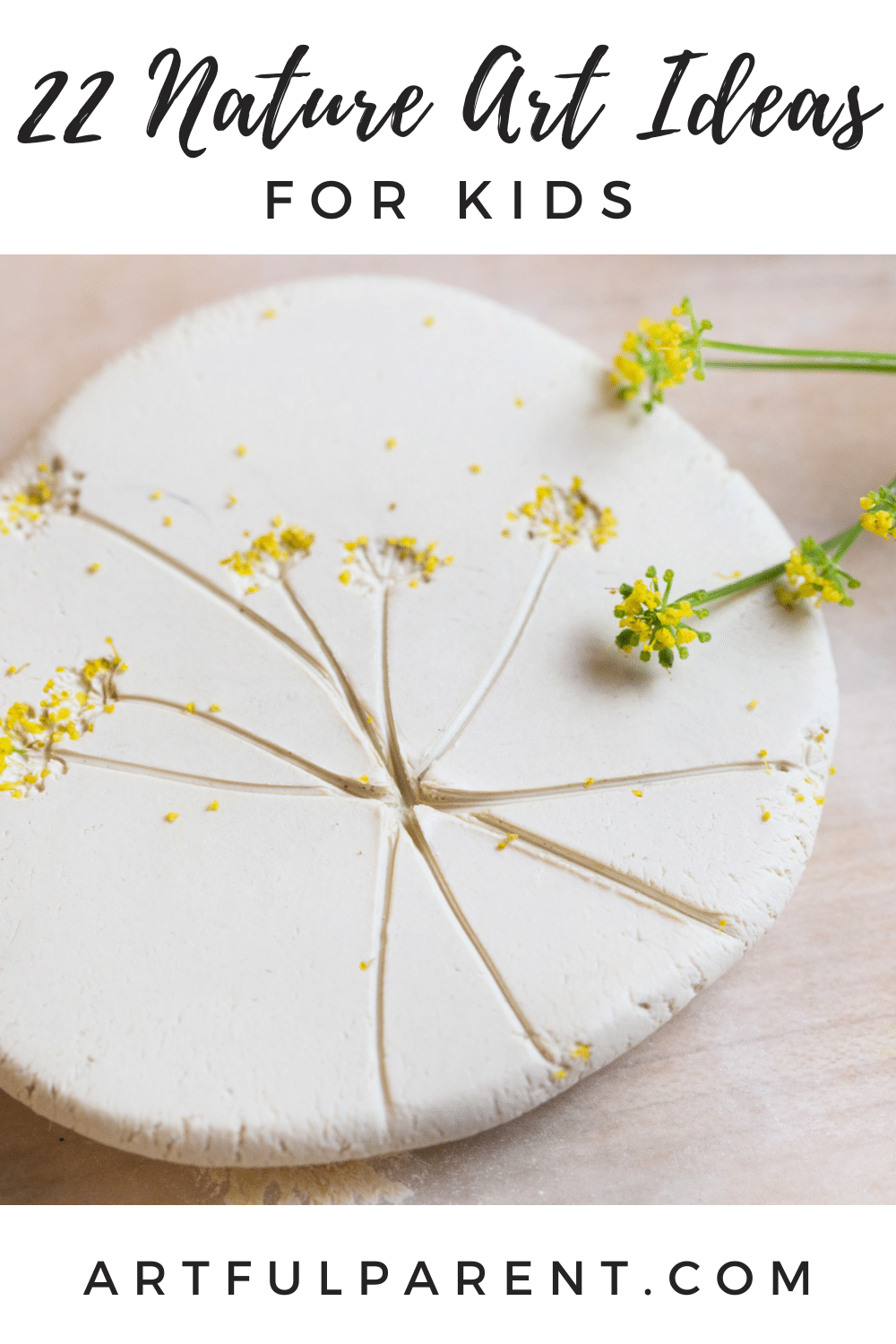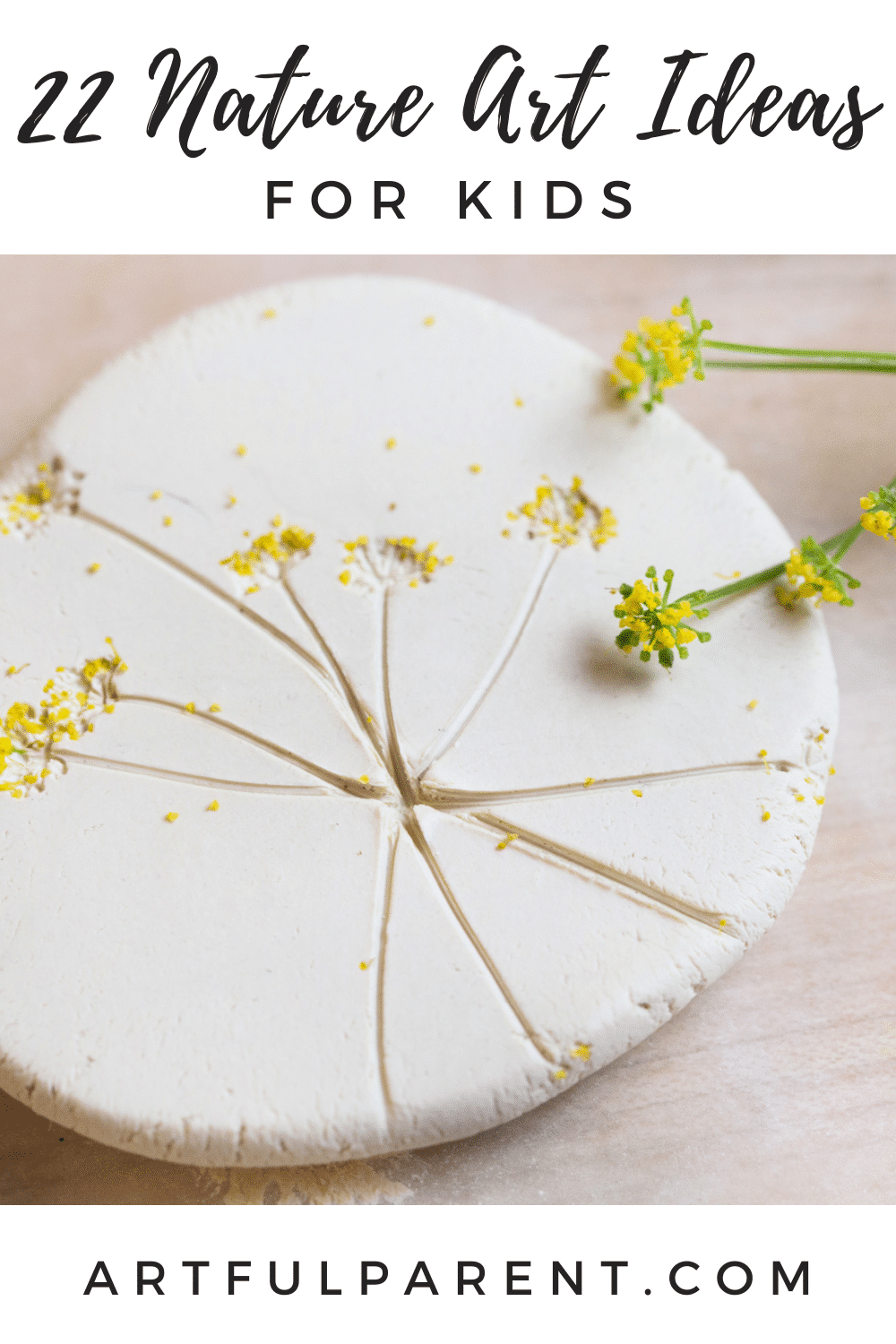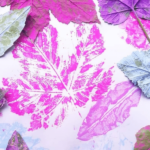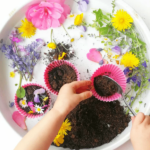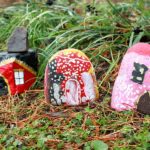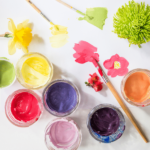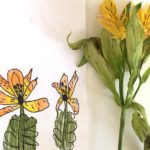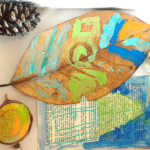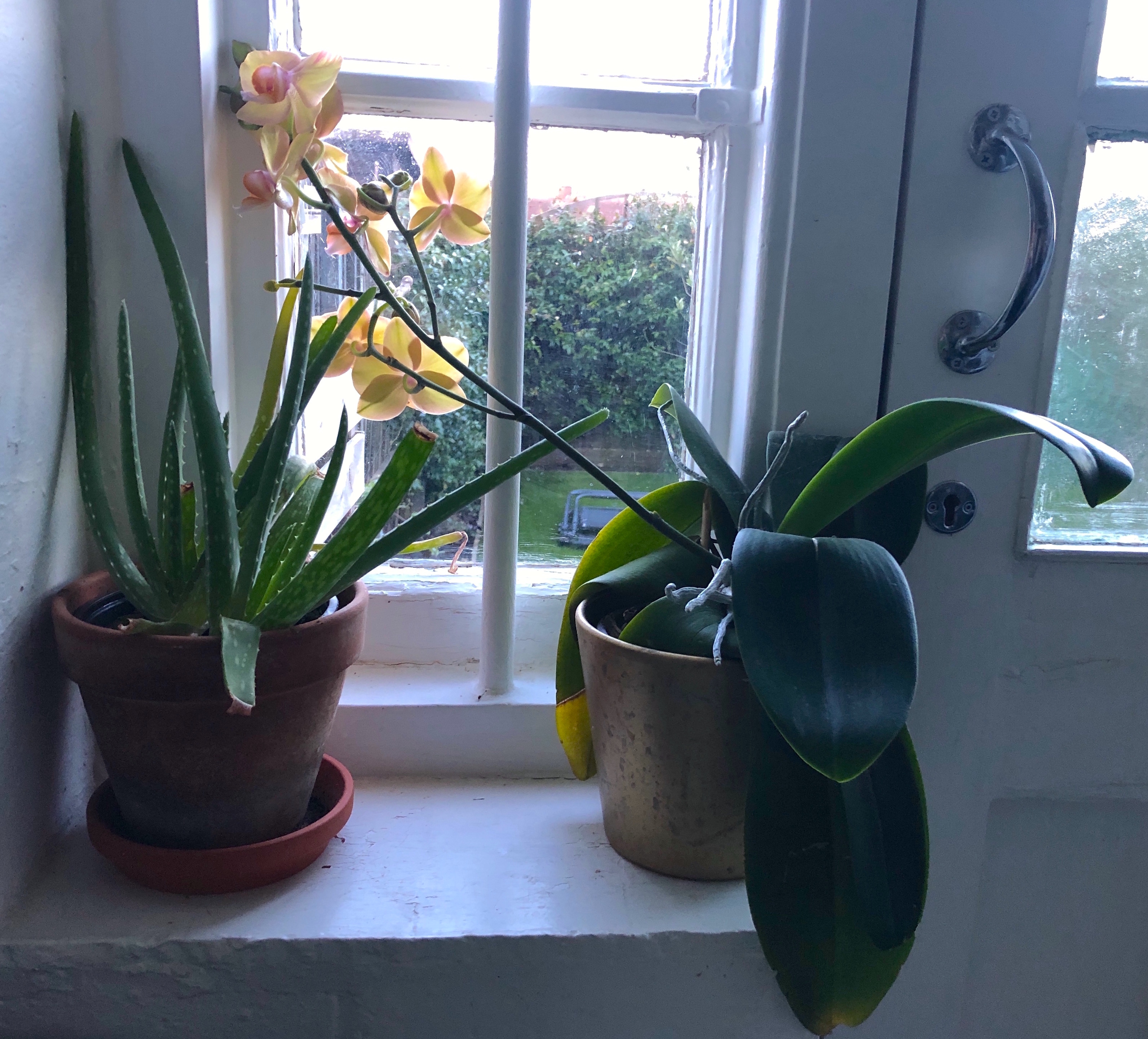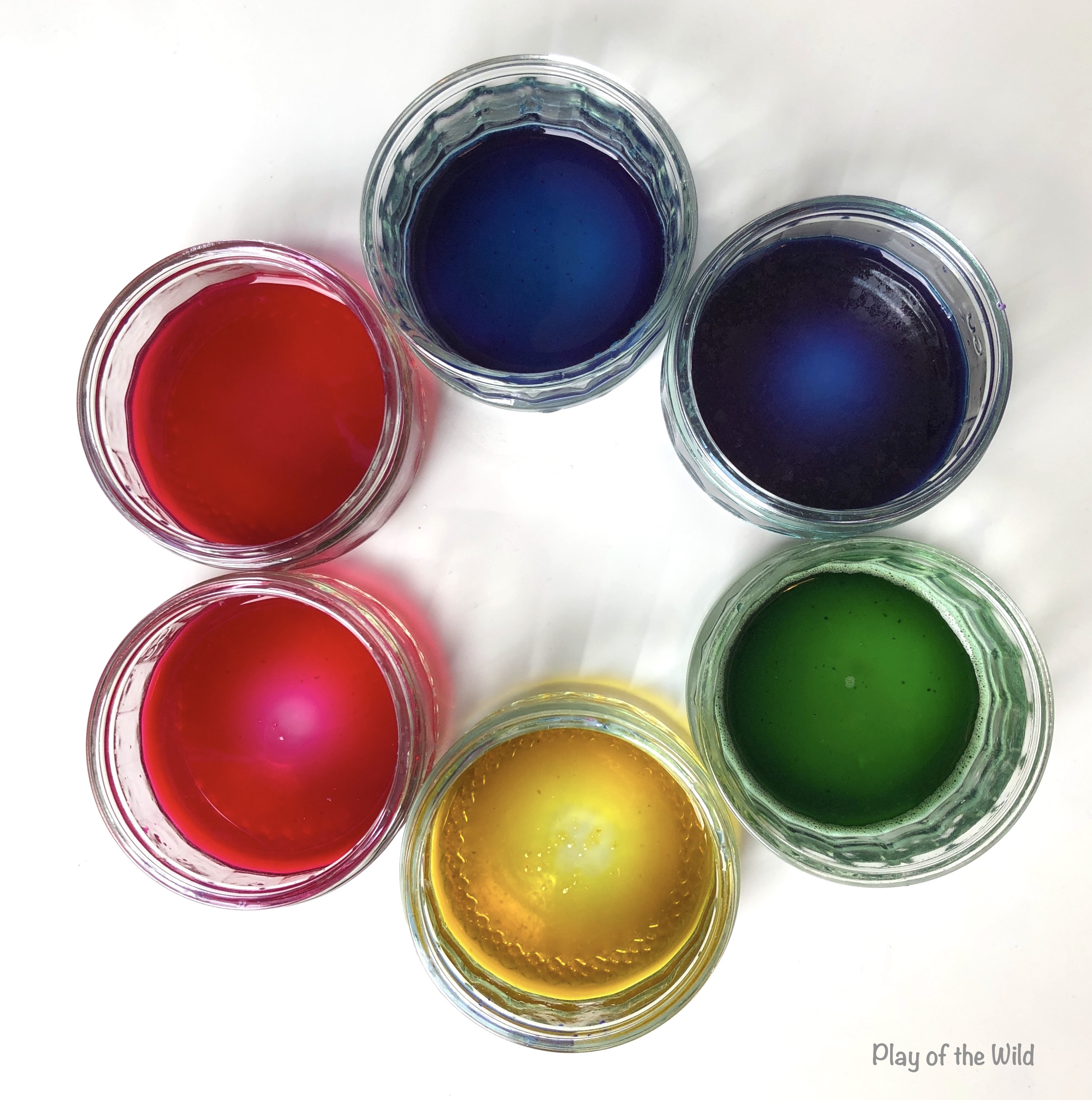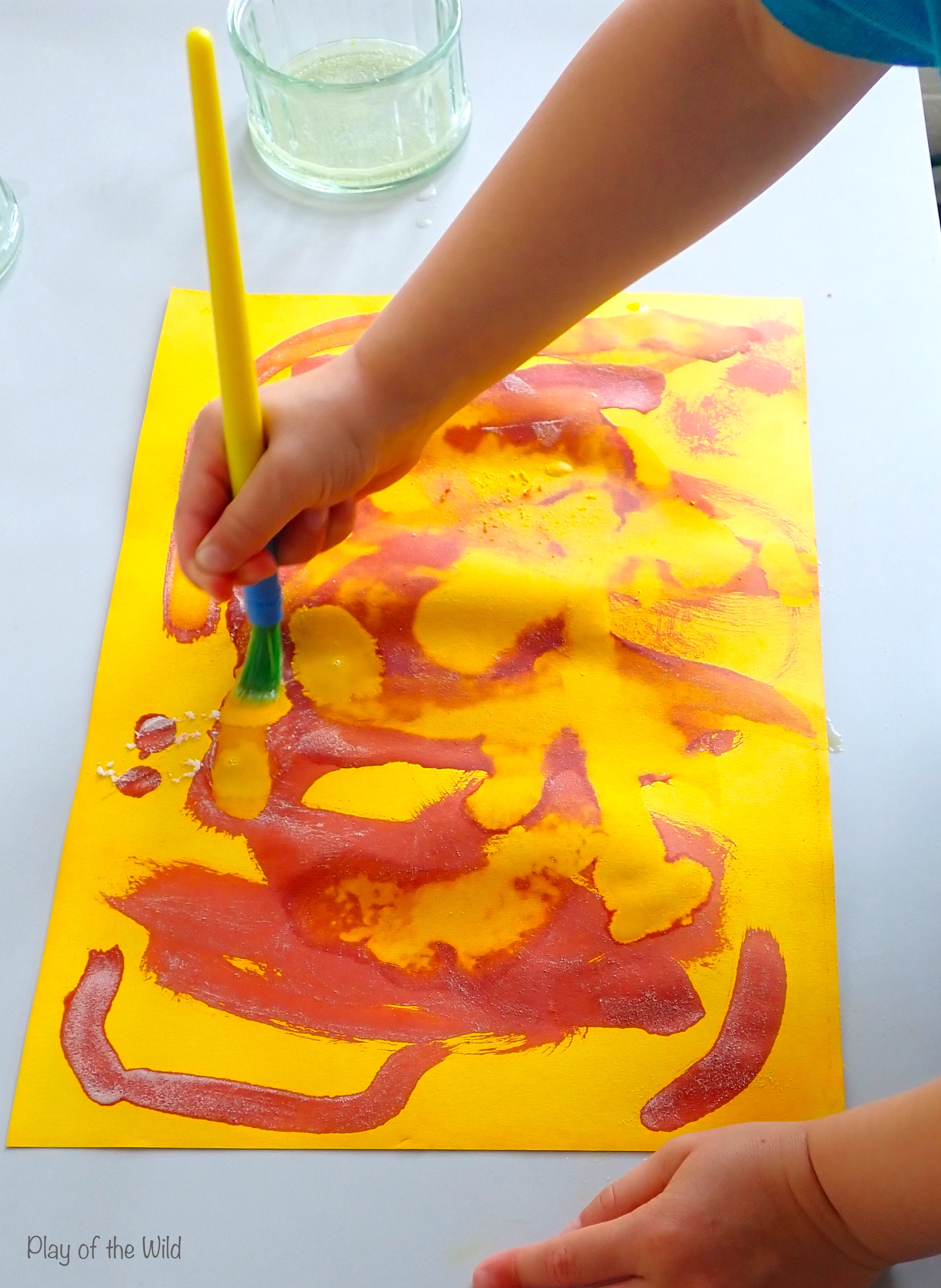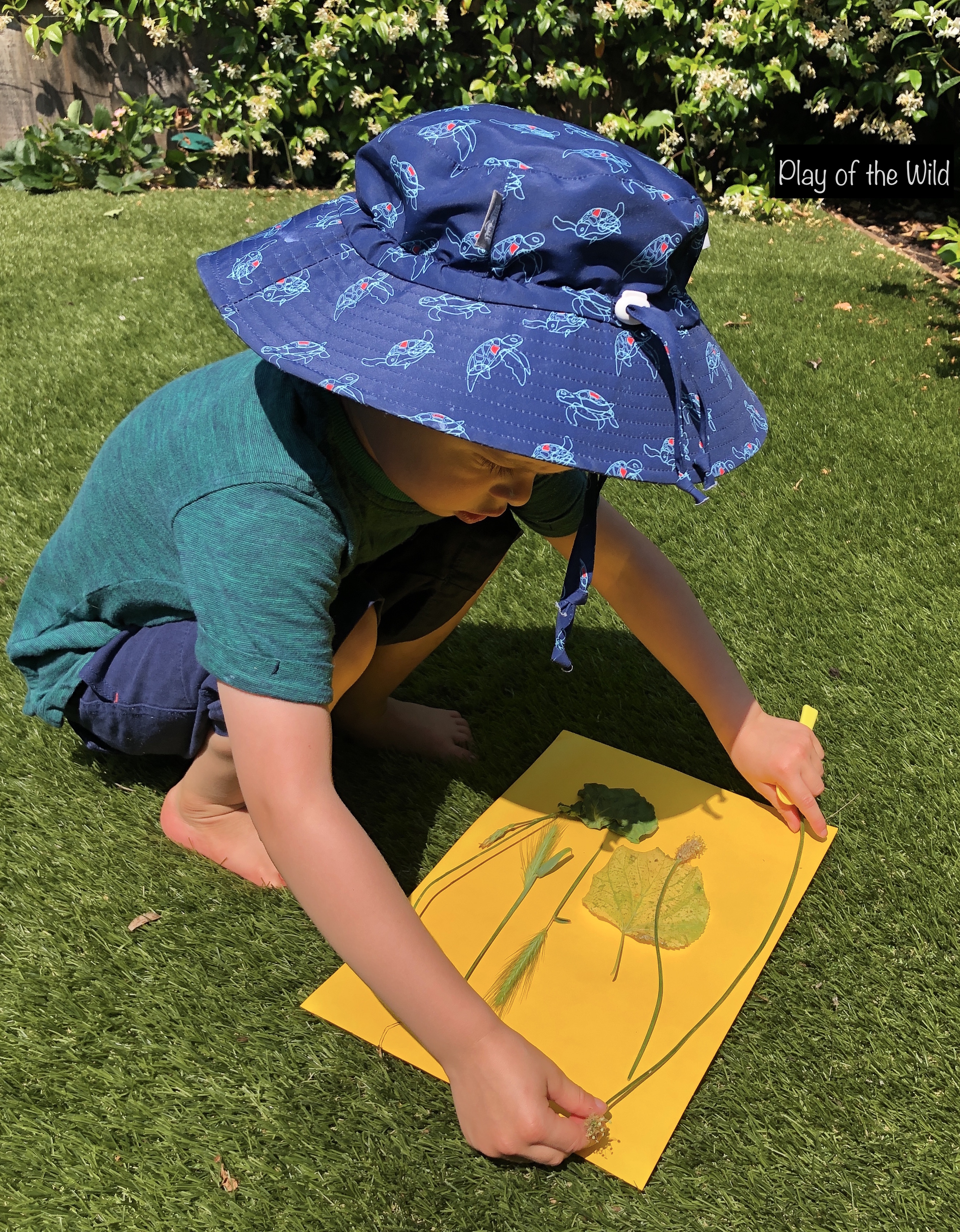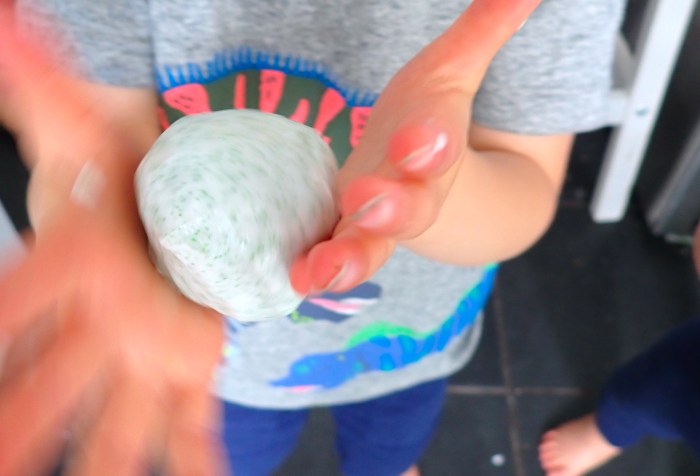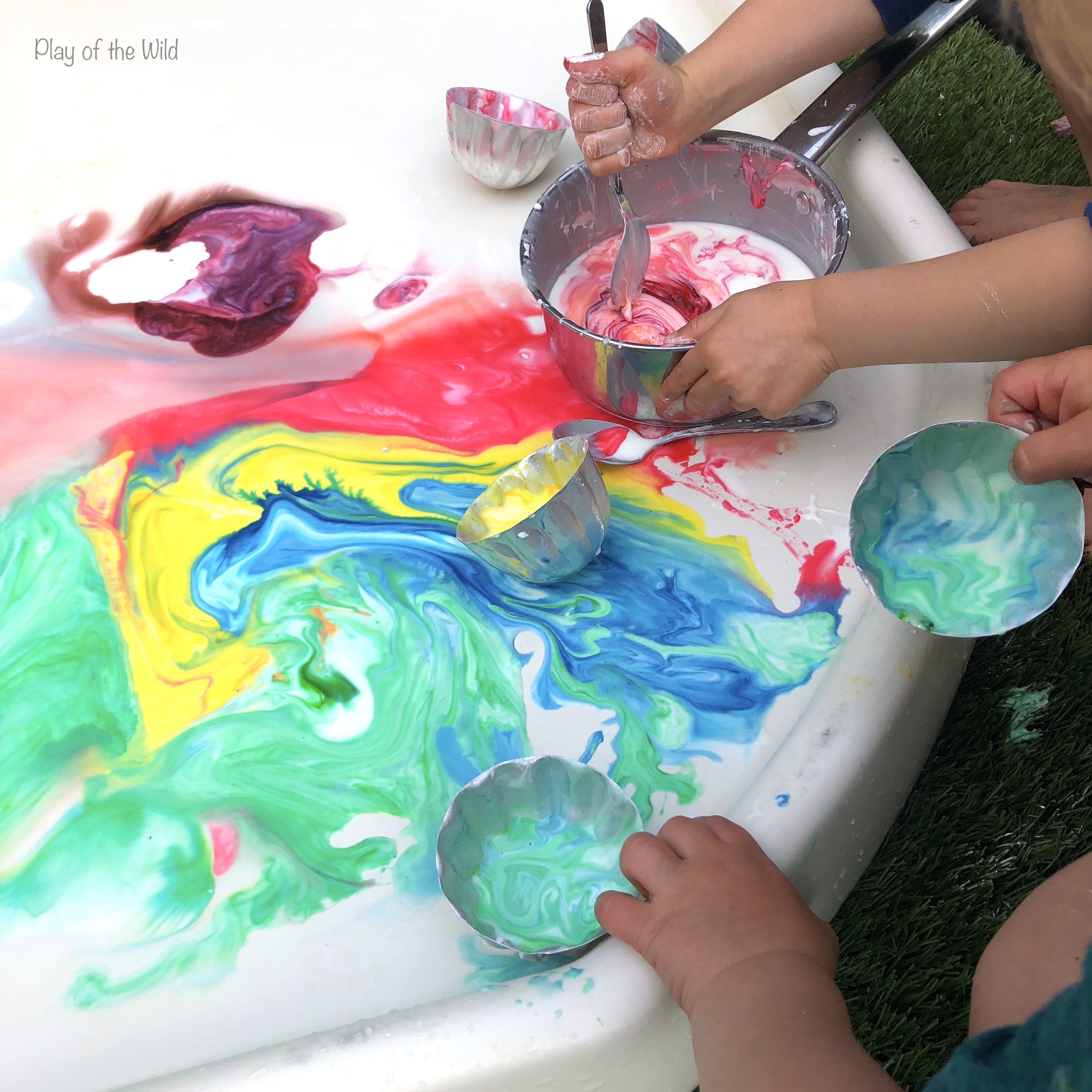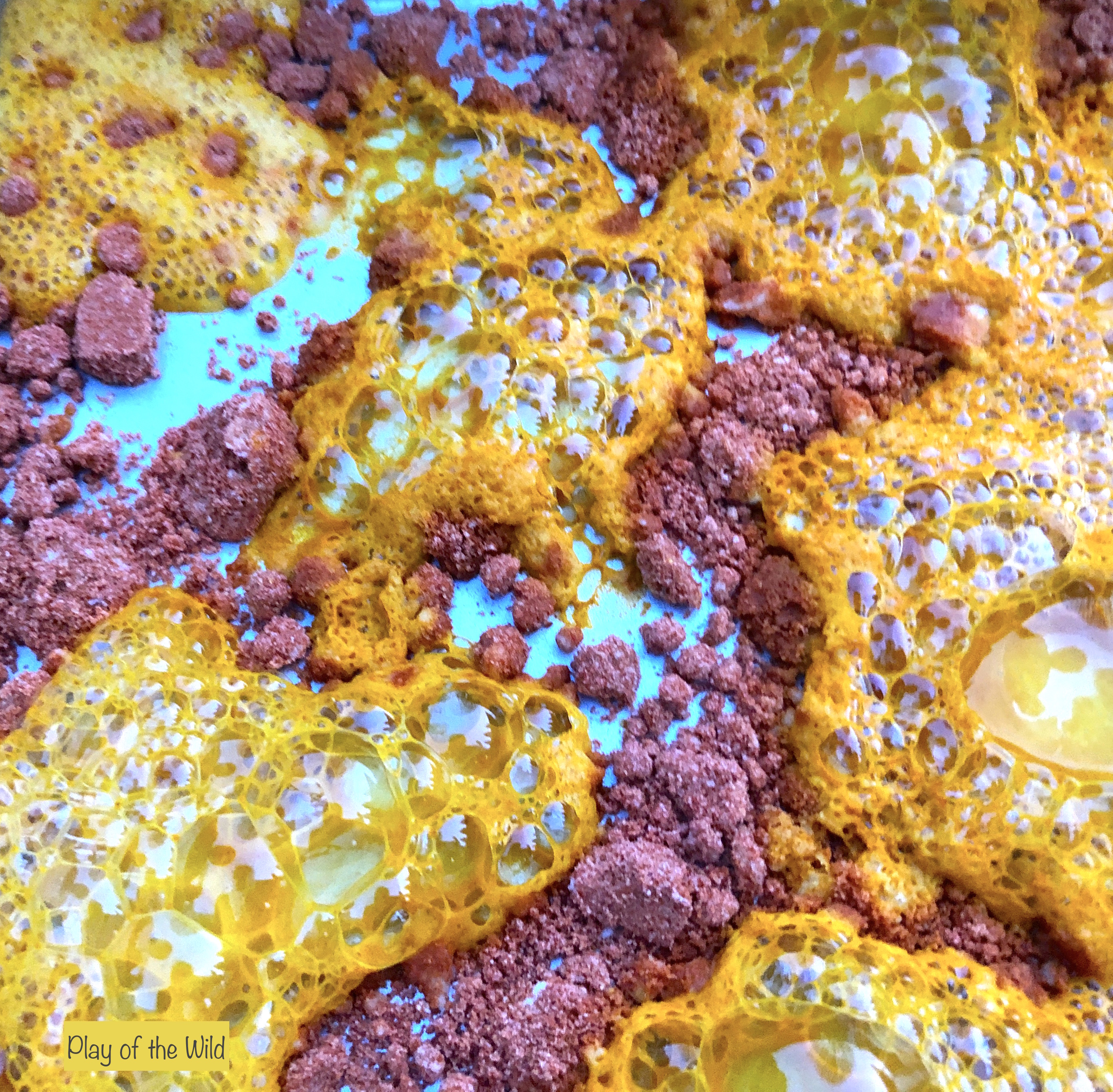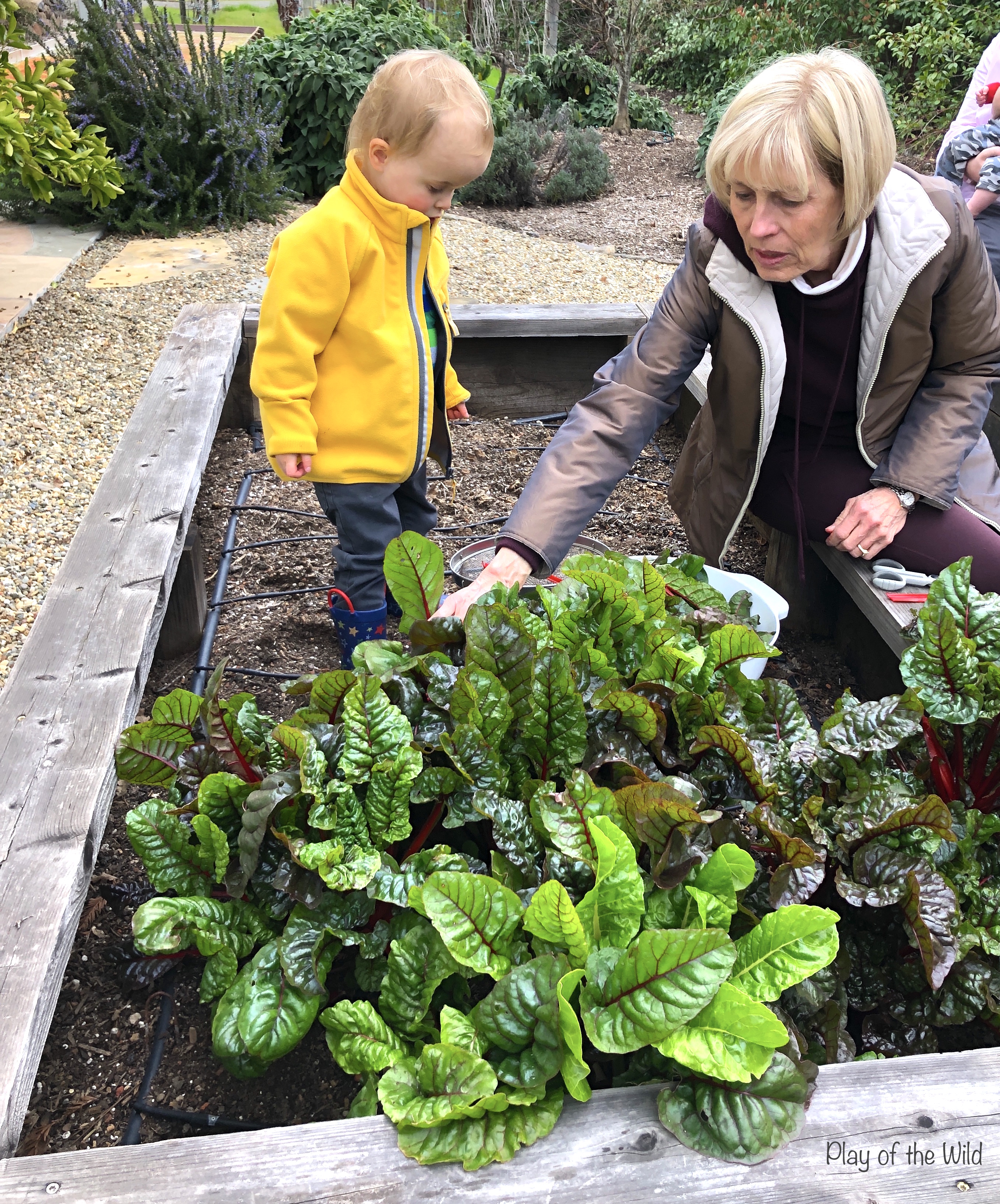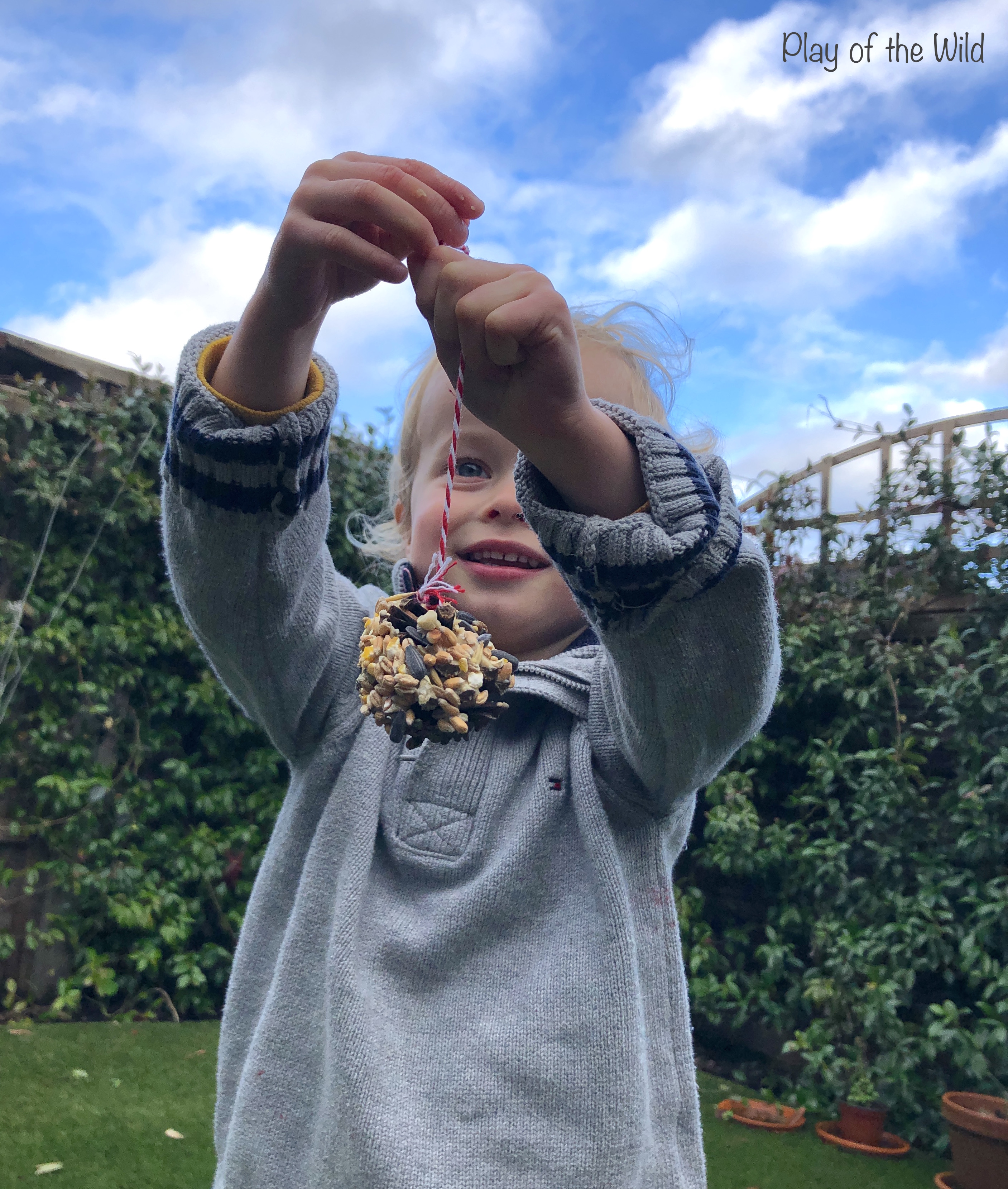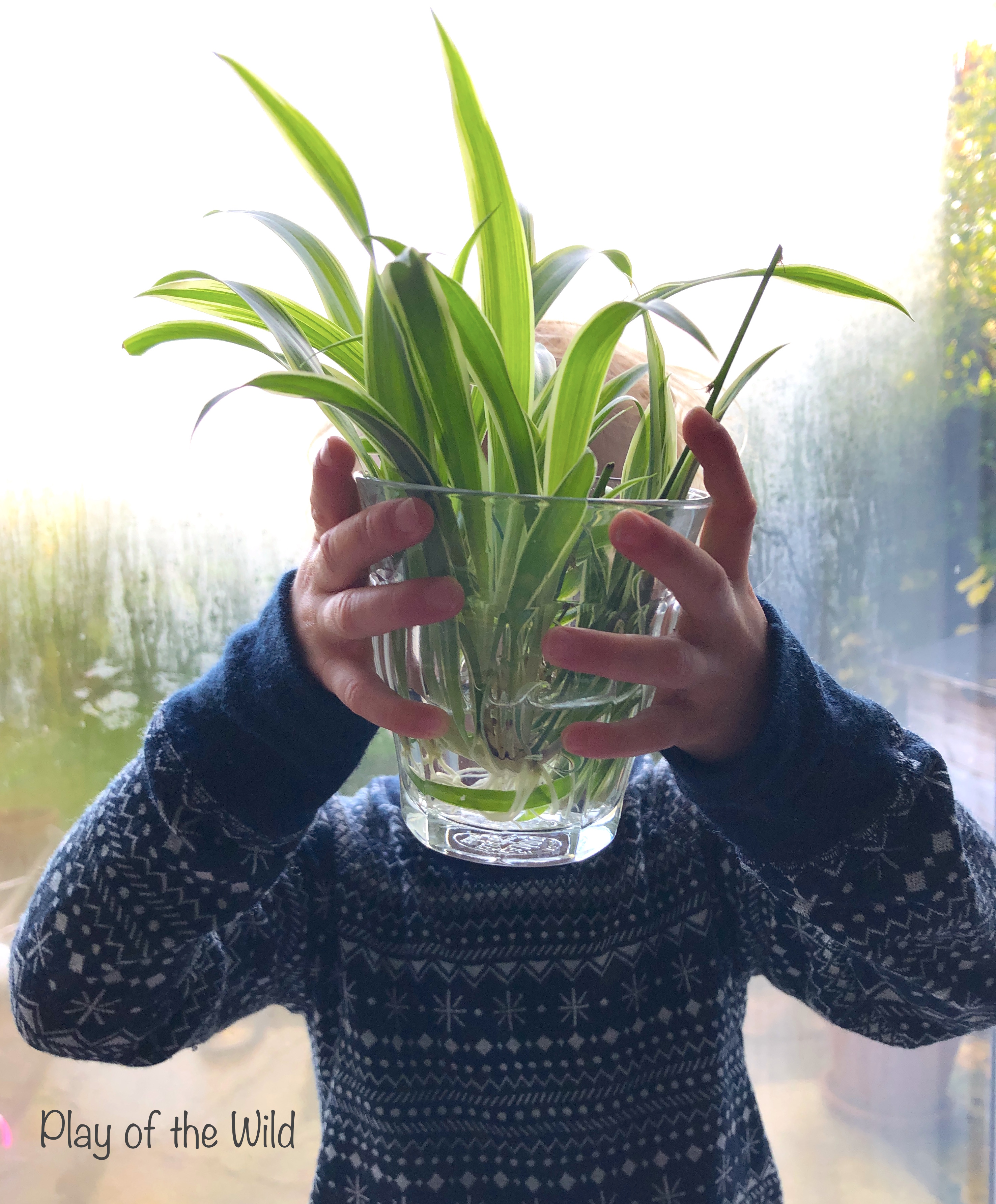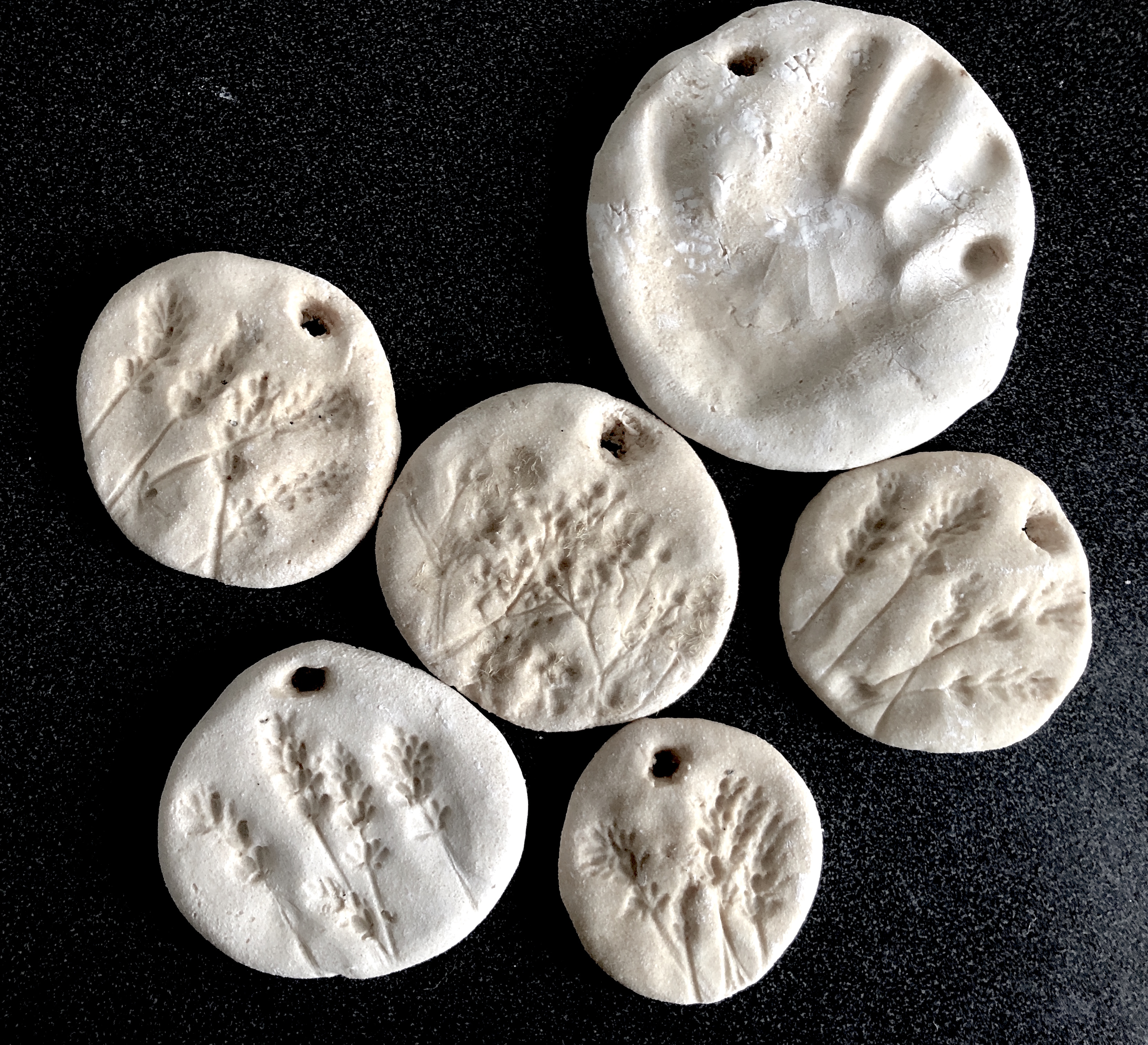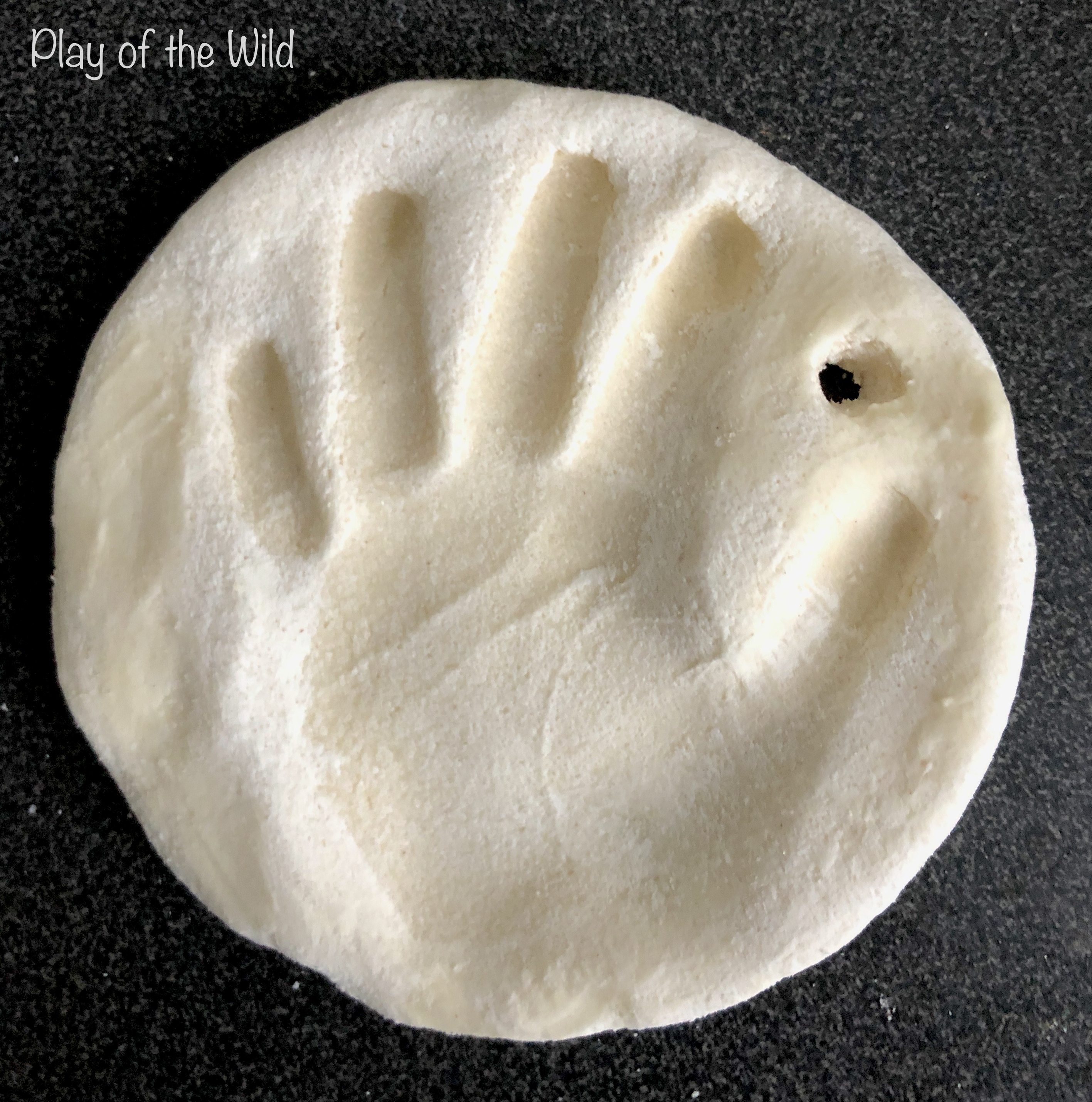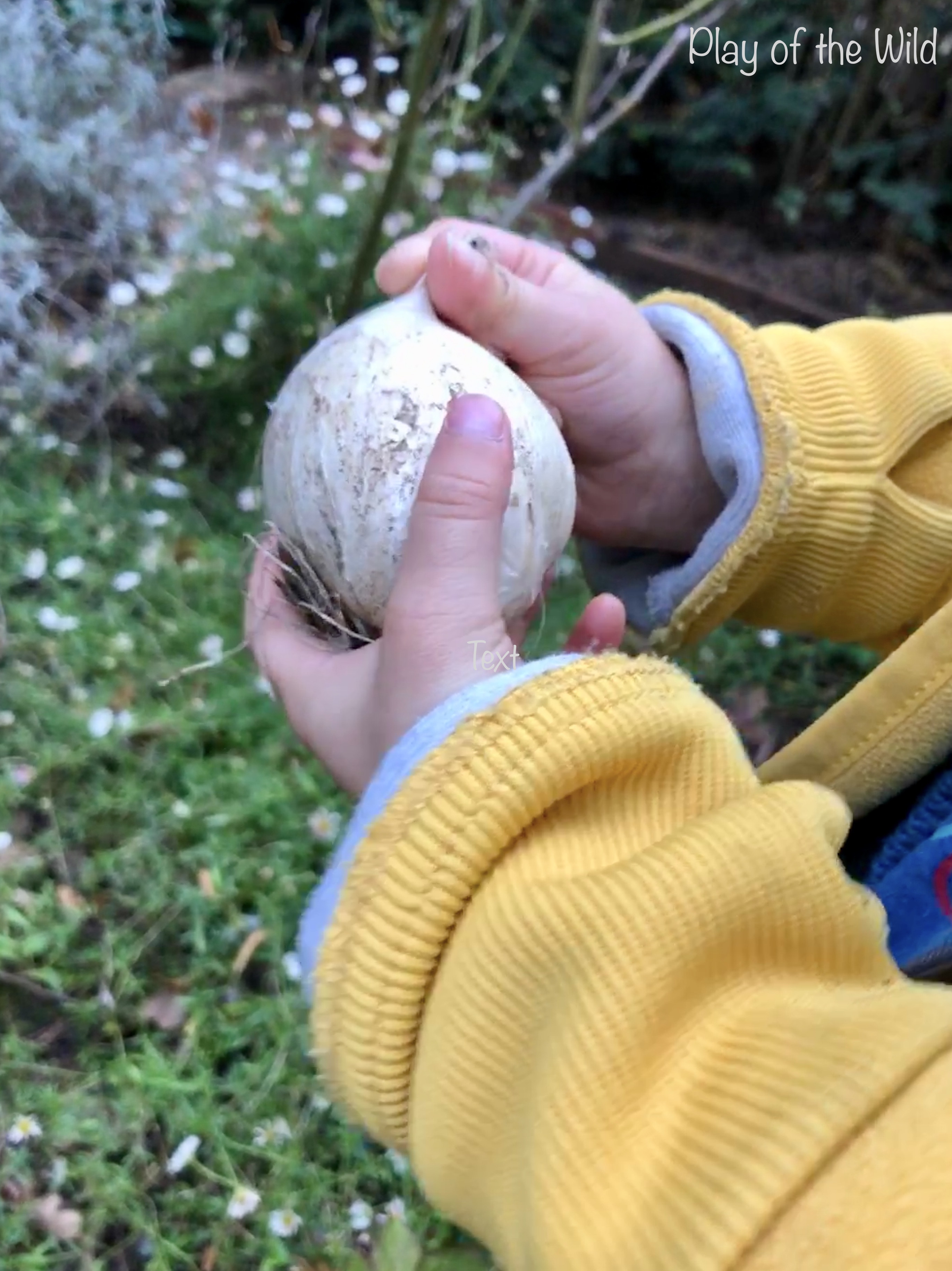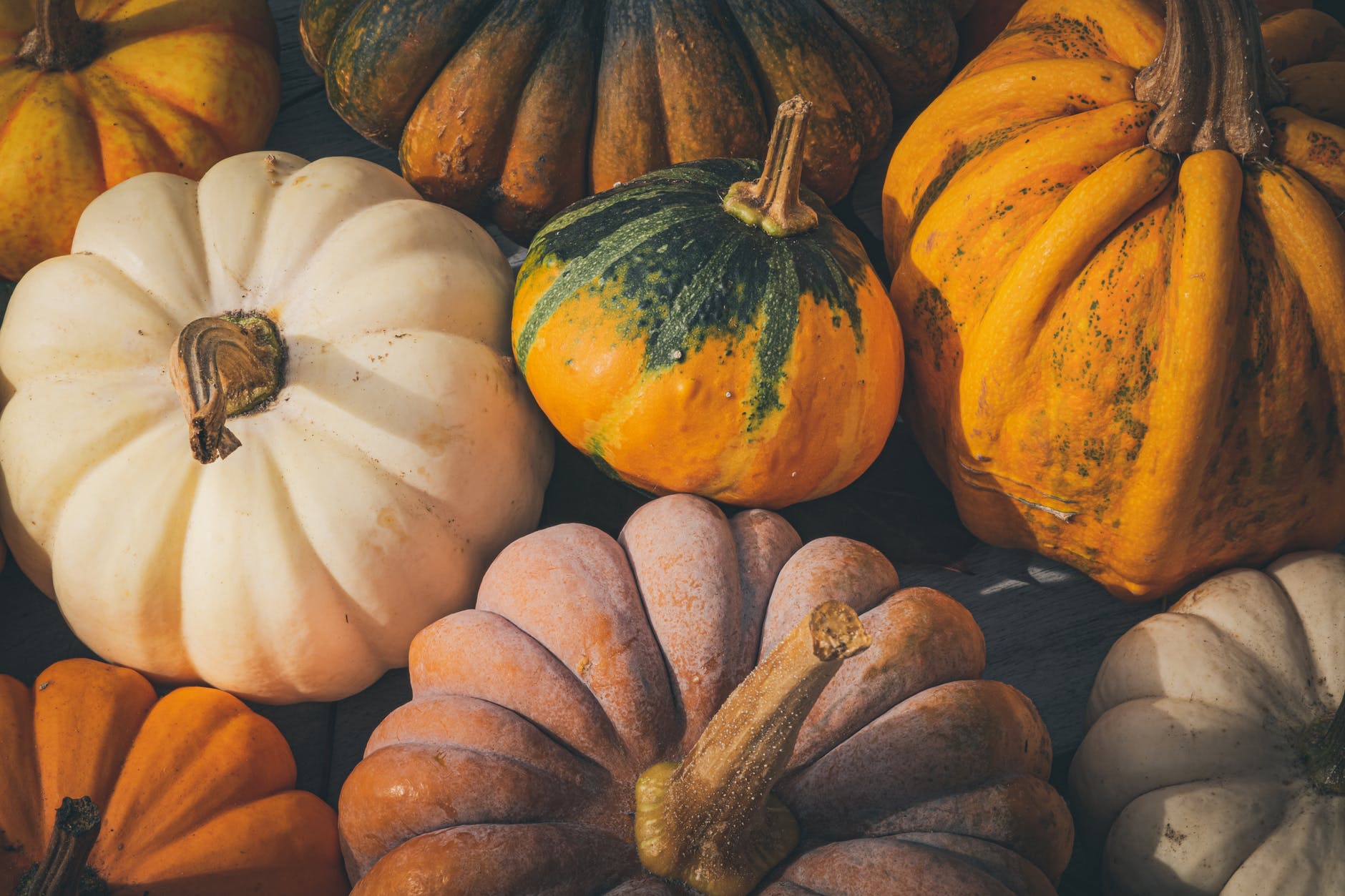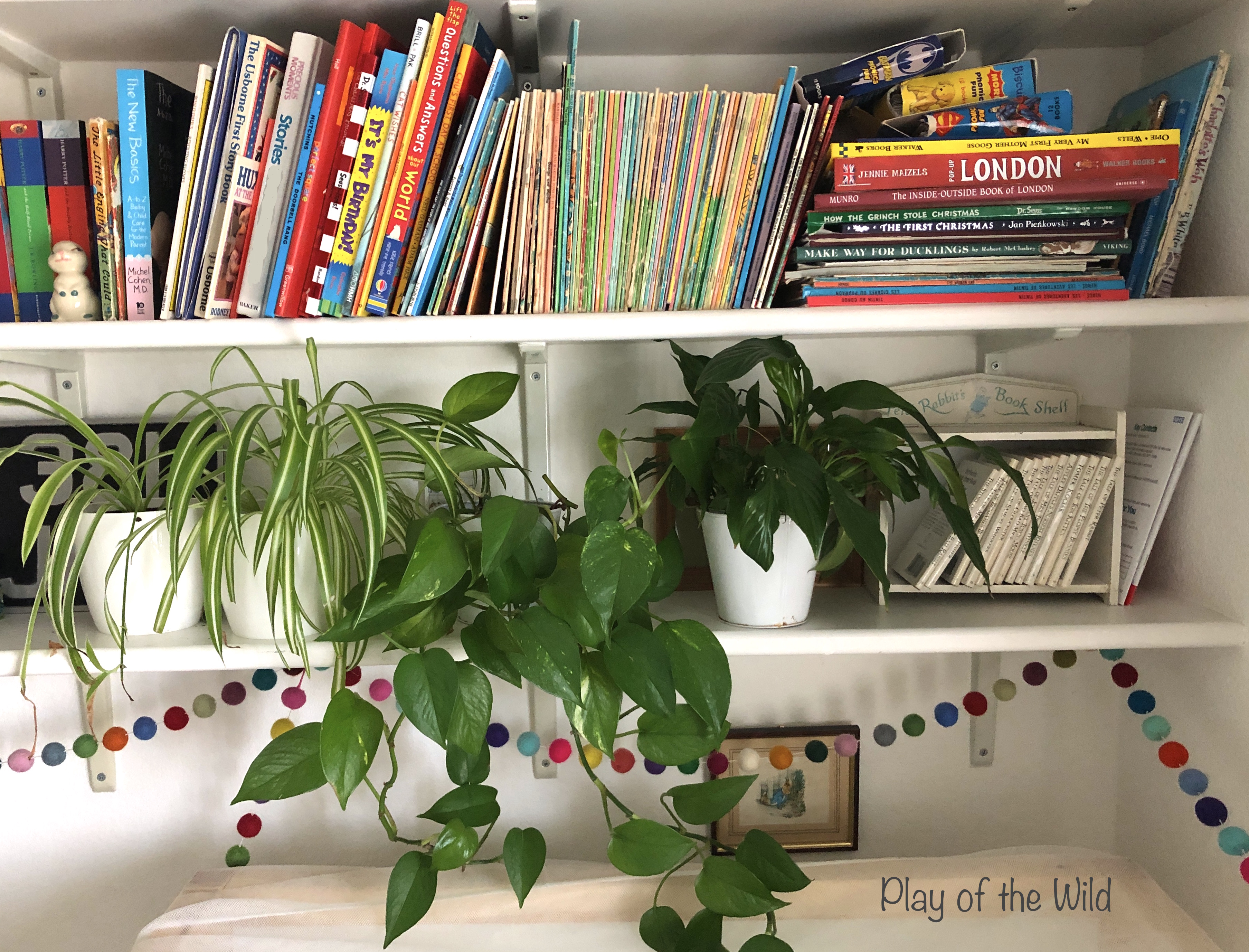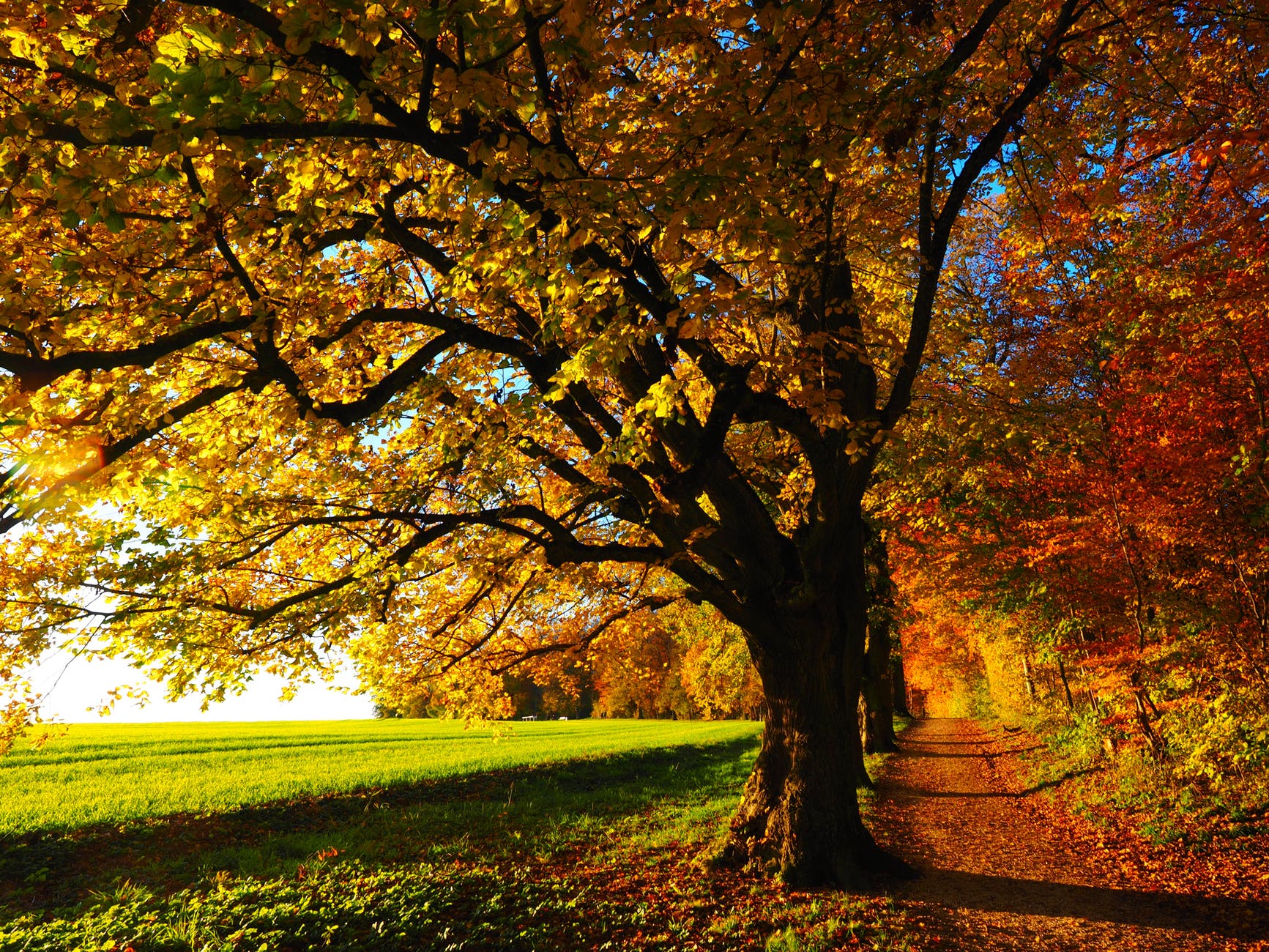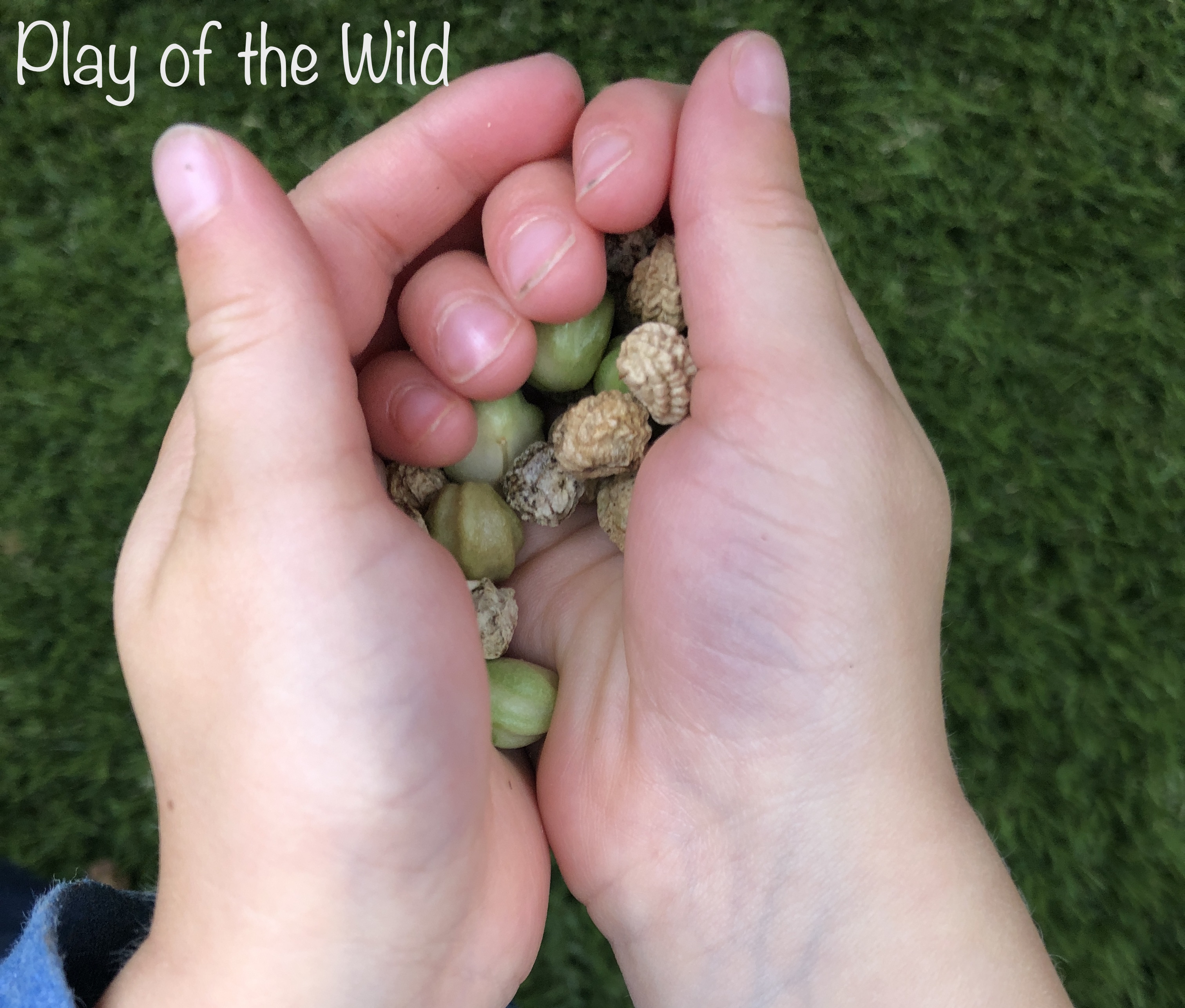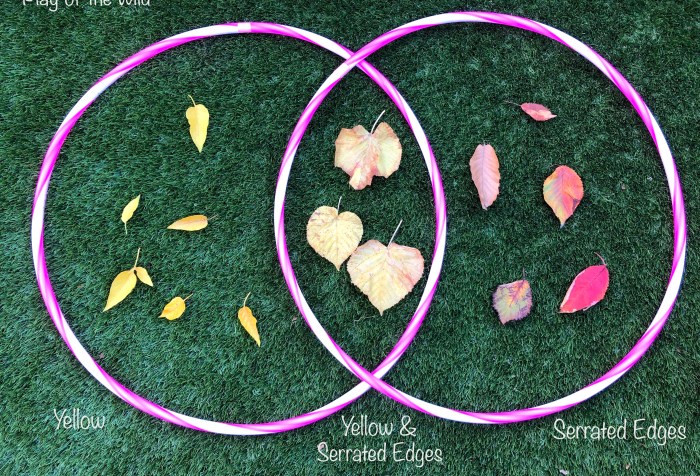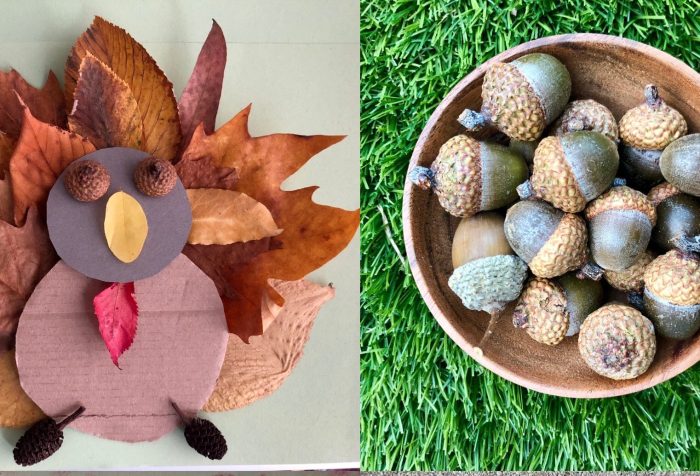HOW TO MASTER LOOSE PARTS PLAY MANUAL
Material List for Kids
Adding inviting loose parts materials like blocks, natural objects, and household can make any space into an exciting place for young children to explore their creativity naturally. My loose parts material list to help children engage in interactive learning.
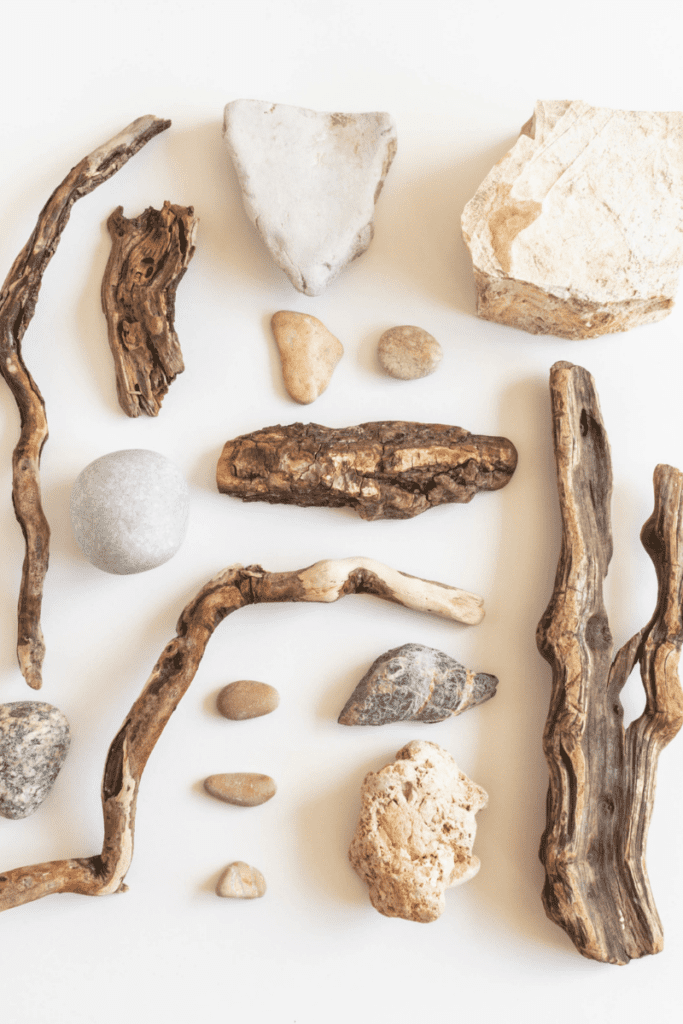
When play spaces are reduced to just a few pieces of equipment, children aren’t able to explore or get creative. Battery-powered toys, tablets, and most “educational” toys don’t align with how children’s brains develop.
Table of Contents
Printable created by Live Love Learn Blog.
What Are Loose Parts?
Loose parts are objects and materials that children can explore, experiment with, and manipulate in different ways. They stimulate the senses and invite children to play.
Because loose parts are open-ended, children can meet their individual developmental needs while playing. Loose parts help children both understand the world better and use their imagination. Learn more about the stages of play.
Loose Parts Material List
For the sake of sanity, I created some categories to keep this list organized. Many items technically could be in multiple lists. I hit my head against the wall to make judgments, so be gentle.
Under each category, I sorted the loose parts materials by “Gather” or “Purchase.” You may not need to purchase items depending on your household or what you have access to.
#1 Natural Objects

101 natural loose parts
Play ideas for toddlers - DIY with simple things at home
Alright folks, get ready to go on a wild adventure through the world of natural loose parts play!
Today, we’re going to explore 101 totally awesome Natural Loose Parts that you can use to create all sorts of fun and imaginative play scenarios.
101 natural loose parts
But before we dive in, let’s talk about what loose parts play actually is and why it’s so cool.
So, loose parts play is all about using materials that can be moved, manipulated, and transformed in all sorts of ways.
This type of play lets you use your creativity, imagination, problem-solving skills, and social skills to the max.
And when we’re talking about natural loose parts, we mean materials that come straight from nature, like rocks, sticks, leaves, and flowers.
Now, you might be wondering what makes natural loose parts so great for playtime.
First of all, they’re super open-ended, which means you can use them in a ton of different ways and combine them with other materials to create all sorts of crazy play scenarios.
Plus, they’re versatile, which means you can use them for everything from building epic forts to getting your senses involved with some sensory play.
And the best part?
They’re totally sustainable, so you can get your playtime on without hurting the environment.
So, get ready to explore the awesome world of natural loose parts!
We’ll check out some super cool rocks, twigs, leaves, gum nuts, and shells that you can use to create all sorts of amazing playtime adventures.
And remember, when you’re playing with natural loose parts, make sure you’re being safe and taking care of the environment around you.
Let’s go play!
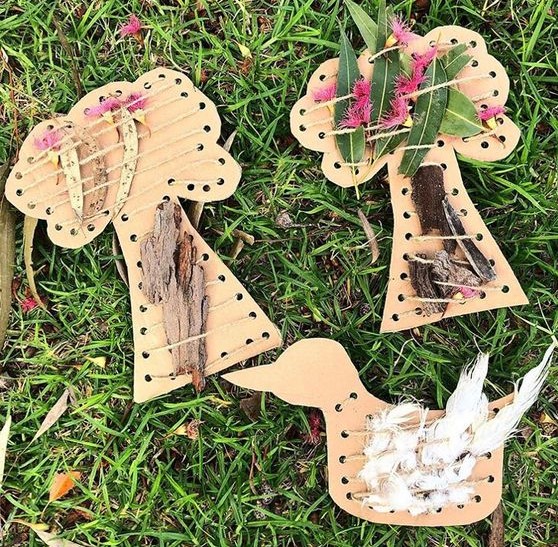
101 natural loose parts
We love heading out into the outdoors. Whether it is a scooter ride through our local community and parks, headed down to the beach or a hike through the bushland either side of our local rapids there is always a zen that settles upon the entire family.
You know that old saying, if you want the kids to stop bouncing off the walls, take the walls away.
I often find myself with hands and pockets full of the children’s little treasures they find.
When rinsing some shells found on a beach trip, my daughter once asked me what I thought of their haul.
My reply was, “Each shell is so, so special. Not only because of their unique patterns, shapes and colours but each little shell was a moment of excitement when it was discovered.”
Items found in nature are not mass produced like toys in a store.
Each piece is unique with its own little attributes.
Getting lost in noticing these tiny attributes and then allowing them to foster creativity is something I hope to pass onto my children from my own childhood.
Making fairy potions and spells by crushing flowers between stones.
Mixing them in with some mud to make cupcakes and decorating them with more found treasures.

These were times that I reflect upon when nothing else mattered other than what was happening in that moment. The warmth that these memories bring even writing this now is something I hope my children too can reflect upon in years to come.
So what are some natural materials to inspire loose parts play?
Stones
Pebbles
Seashells
Driftwood
Twigs
Leaves
Acorns
Gumnuts
Pinecones
Bark
Moss
Fresh Flowers
Dried Flowers
Seeds
Fruit
Nuts
Corn cobs
Pine needles
Seaweed
Sand
Dirt
Mud
Grass
Hay
Straw
Tree stumps
Rocks
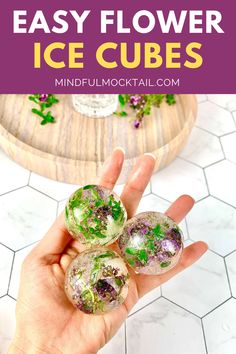
Frozen Flower Sphere
dehydrated fruit themed loose parts
Want to add some fruity fun to your playtime?
Look no further than dehydrated fruits!
These little guys are like a box of colourful wooden building blocks of loose parts. Versatile and ready to be transformed into anything a child can imagine.
Check out this list of dried fruits that are perfect for playtime:
Raisins
Dried apricots
Dried apples
Dried bananas
Dried blueberries
Dried cherries
Dried cranberries
Dried figs
Dried mangoes
Dried papayas
Dried peaches
Dried pears
Dried pineapples
Dried strawberries
You can use these fruity resources in so many ways!
Sort them by color, size, and shape.
Make patterns, designs, and structures.
Count, weigh, and measure them.
Use them as ingredients for cooking or pretend play.
And get sensory with it – these fruits have unique textures and smells that are sure to please your child’s senses.
And keep an eye on the little ones to make sure they don’t accidentally swallow any of the smaller bits.
But other than that, have a blast with your fruity new loose parts!
flowers themed loose parts
Flowers and flower-related items are the perfect way to add some natural, sensory goodness to your playtime!
Check out this list of flowery items that are sure to bloom your mind:
Flower petals
Flower heads
Stems
Leaves
Pistils
Stamens
Pollen
Seeds
Seed pods
Roots
Dried flowers
Fresh flowers
Flower buds
Flower bulbs
Bulb scales
Flower pressings
Flower arrangements
Flower wreaths
Flower crowns
Dried flower arrangements
Flower petals in water play
These flower items are as versatile as they are beautiful!
Sort petals by color, size, and shape.
Create patterns, designs, and structures.
Get sensory with it – flowers have unique textures and fragrances that are sure to please your senses.
Use stems and heads for building, balancing, and creating structures.
Get artistic with flower pressings or imaginative with flower arrangements.
Just remember, make sure to use pesticide-free flowers and items, and teach your little ones to respect and care for natural items. And please, don’t go picking flowers from public or private property without permission.
So let your creativity blossom with these flowery loose parts – the possibilities are endless!
Aquafaba Play Foam and Flower Petal Potion
beach themed loose parts
The beach is like a treasure trove for loose parts play, with a boatload of natural materials that can be used for adventure, creativity, and imagination. Here be some booty that you can find for loose parts play:
Seashells
Pebbles
Driftwood
Seaweed
Seagrass
Sand
Beach rocks
Coral
Crab shells
Shark teeth
Sea glass
Starfish
Sand dollars
Sea sponges
Sea urchins
Cuttlefish bone
Conch shells
Sea snails
Jellyfish (careful handling only)
Beach grasses
Beach flowers
These treasures can be used in all sorts of ways for loose parts play.
You can sort seashells by colour, size, and shape, or use them to create patterns, mandalas and designs. Use the shells as stamps in play dough, treasures in some murky water or use them to decorate a fairy garden.
Pebbles and beach rocks make perfect building blocks for structures and towers.
And driftwood and beach grasses are ideal for building forts and playing pirates!
But wait, there’s more!
You can use sand to create your very own sandy kingdoms, or hunt for shark teeth and other fossils hidden in the sand.
Just remember, me hearties, to always respect the environment and be mindful of safety.
Keep a sharp lookout for any dangerous creatures, and never take live or protected creatures or plants.
With a little care and creativity, the beach can be a fantastic playground for all young adventurers out there!
farm based loose parts
Now, let’s talk about loose parts play on a farm!
With so many natural materials to choose from, the possibilities for exploration, creativity, and imagination are endless.
Check out these fun items you can find on a farm that are perfect for loose parts play:
Straw
Hay
Corn cobs
Feathers
Twigs
Leaves
Rocks
Soil
Seeds
Pinecones
Gumnuts
Apples
Pumpkins
Gourds
Sunflowers
Wheat stalks
Sheep’s wool
Horseshoes
Eggs (handle with care!)
Milkweed pods
These farm items can be used in all kinds of fun ways for loose parts play.
Straw and hay make great building materials for creating forts or nests, or even for sensory play.
Corn cobs and pumpkin gourds are perfect for carving, counting, or sorting.
Feathers are great for sensory play or for making colorful art projects.
And rocks and soil can be used for sensory play or for creating miniature gardens.
When playing with farm items, it’s important to stay safe and respectful.
Always have an adult supervise playtime, and make sure to treat animals and plants with care.
river themed loose parts
A river is a magical wonderland of natural goodies for loose parts play, perfect for little explorers with big imaginations.
Here are some nature items you can find on a river that can be used for loose parts play:
Rocks that can be used for building, balancing, or sorting
Pebbles for creating mini rock gardens or art projects
Sand for sensory play and building small sandcastles
Shells and seaweed for creating small boats or rafts
Driftwood for building forts and pirate ships
Moss, leaves, and branches for creating fairy or gnome homes
Berries for natural art projects and sensory play
Pinecones and gum nuts for creating tiny animal habitats or for sensory play
Mushrooms (with caution) for adding a touch of magic and mystery
Water plants and seagrass for sensory play and natural art projects
Insects (with caution) for observing and learning about the ecosystem
Fish (with caution) for learning about aquatic life and the environment
With these river items, the possibilities are endless!
Children can use their creativity to build, sort, create, and explore to their heart’s content.
However, it’s important to remember to respect the environment and to always practice safe and responsible handling of any creatures or plants.
Keep a lookout for any potentially harmful items like mushrooms and snakes, and teach children to handle insects and fish with caution.
what are natural loose parts?
So, after all those lists are you asking what exactly are Natural Loose Parts?
They’re the natural materials that come straight from the great outdoors, like rocks, sticks, leaves, flowers, and more. Materials made by nature instead of man made.
These are the ultimate playtime materials that you can move, manipulate, and transform in any way you like. Use them to create epic playtime scenarios that will blow your mind.
The best part about Natural Loose Parts is that they’re totally open-ended.
That is, there are no limits to what you can do with them!
You can use them to build cool structures, make awesome art, create sensory experiences, and so much more.
Plus, since they’re sourced straight from nature, they’re totally sustainable and eco-friendly.
Your child can have a blast exploring while taking care of our planet at the same time.
Let your imagination run wild and see where your creativity takes you – the possibilities are endless!
examples of natural loose parts:
Stones: Stones are a versatile loose part that can be used for building, stacking, balancing, and sensory play.
Twigs: Twigs can be used for building structures, creating patterns, and for imaginative play scenarios.
Leaves: Leaves can be used for sensory play, as well as for creating artwork and decorations.
Acorns: Acorns can be used for counting, sorting, and for creating imaginative play scenarios.
Shells: Shells can be used for sensory play, as well as for building structures and for creating artwork.
why are natural materials important?
Natural loose parts are super important because they come straight from nature.
That means they’re totally sustainable and eco-friendly, which is so important for our planet.
Plus, they provide a connection to the natural world. This is something that we all need more of in our lives.
But that’s not all – natural loose parts are also the ultimate playtime materials!
They’re open-ended, which means there are no rules when it comes to playing with them.
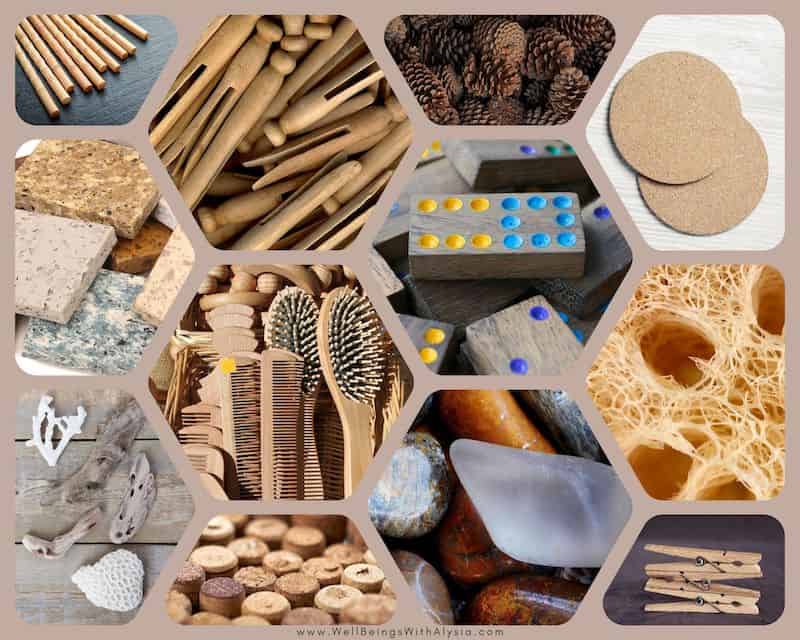
Gather:
Leaves
Twigs
Shells
Stones
Pinecones
Flowers
Clothespins
Tile Samples
Cardboard Tubes
Purchase:
Wine Corks
Cork Tiles
Natural Loofah
Large Wood Buttons
Wicker or Rope Woven Hot Pads
Bamboo Products
Wood-Handled Brushes
Wood Rings
Wood Balls
Wood Candlestick Holders
#2 Metallic & Reflective Objects

Gather:
Tin Cans
Metal Utensils
Measuring Spoons, Cups
Metal Jar Lid Rings
Glass Stones
Locks
Cookie Cutters
Keys on Key Ring
Purchase:
Large Springs
Mini Flute Pans
Napkin Rings
#3 Pops of Color
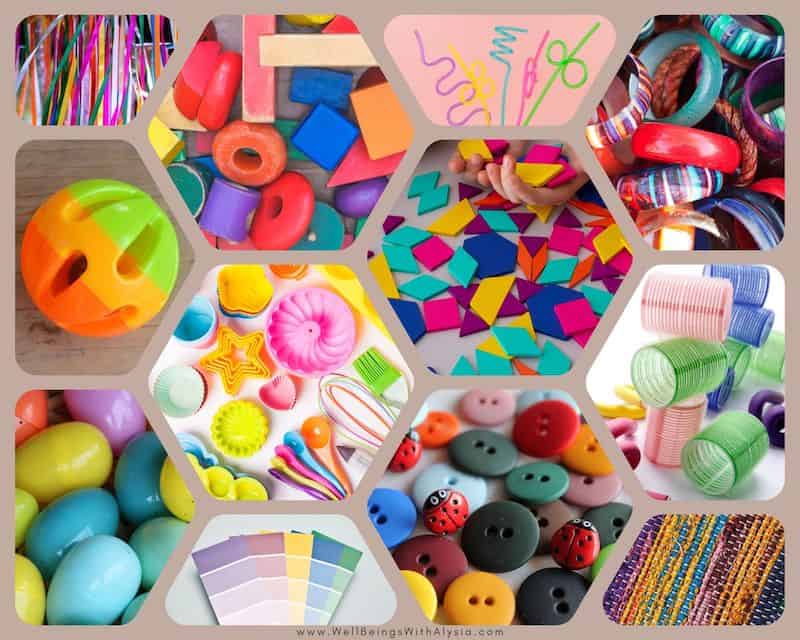
Gather:
Bangle Bracelets
Large Buttons
Silicone Muffin Liners
Paint Sample Cards
Purchase:
Shower Curtain Rings
Hair Curlers
Pet Toys
Plastic Eggs
Sensory Balls
O-Balls
One of my favorite loose parts discoveries was a bag of brightly colored snap-on pop can covers. They looked so cool on light tables or flameless tea lights.
#4 Soft & Flexible Objects
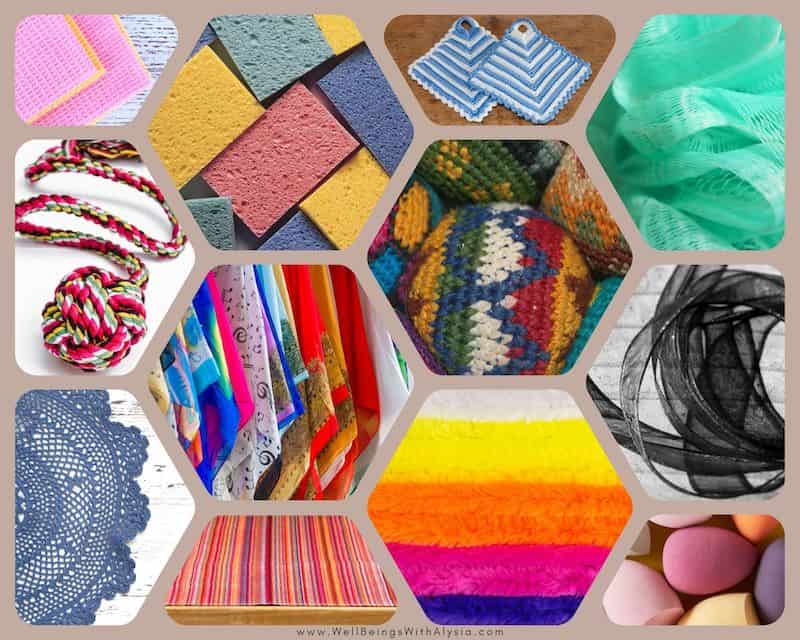
Gather:
Scarves
Felt
Place Mats
Ribbons
Pot Holders
Handkerchiefs
Fabric Squares
Doilies
Knotted Rope
Purchase:
Hacky Sacks
Sponges
Plastic Loofahs
#5 Household Objects
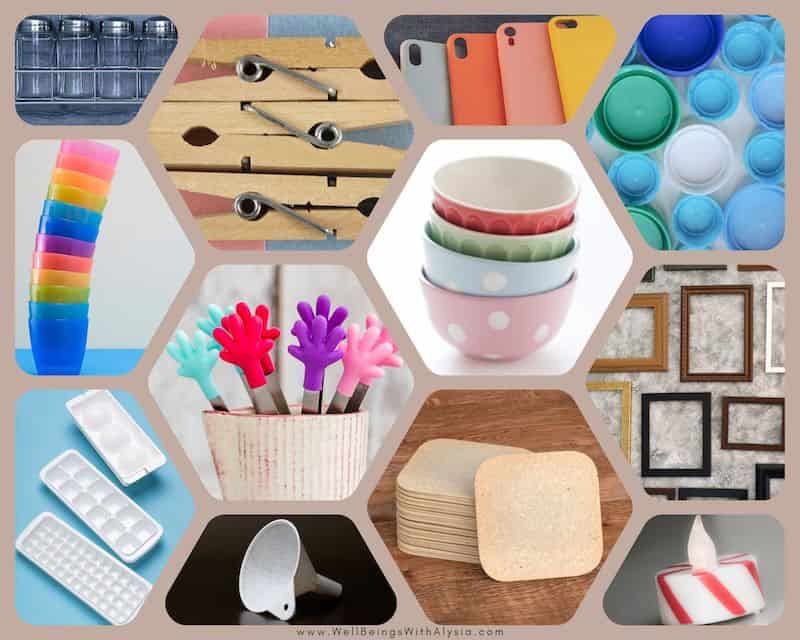
Gather:
Empty Picture Frames
Pump Bottles
Plastic Containers
Phone Cases
Coasters
Empty Spice Jars
Purchase:
Dip Bowls
Measuring Cups, Spoons
Funnels
Flour Sifters
Chip Clips
Flameless Tea Light Candles
#6 Big Objects

Buckets
Ramps
Gutters
Corrugated Pipes + Tubing
Boxes
Jugs
Cardboard Mailing Tubes
Plastic Crates
Chair Cushions
Hula Hoops
Loose Parts Questions & Resources
Themed Treasure Baskets
Treasure baskets are a way to organize loose parts materials. These are perfect for introducing loose parts to infants and toddlers. A treasure basket is created by adding 4 to 10 loose parts objects to a bin or basket.
Black + White
Transluscent Items
Exploring Sound
Light + Reflection
Light + Shadows
Monochromatic (all one color)
Heavy + Light
Ramps + Rolling
Sorting + Classifying
Sink or Float
Filling + Dumping
Construction
Where to Find or Purchase Loose Parts
In-person or online garage sales
Thrift stores
Ask friends and family
Craft stores
Hardware stores
Estate sales
Home improvement stores
Open-Ended, Child-Led Play With Loose Parts
Loose parts make any space into an exciting place for children to explore their creativity naturally. Children need more places where they can use their imaginations freely. They are curious and naturally seek out what they need for the next stage of development.
Instead of adults instructing children, they can let children explore the materials independently. Loose parts provide a variety of opportunities for children to explore their interests and develop skills at their own pace.
Loose Parts & Direct Instruction
Loose parts are adaptable for both open-ended play and direct instruction. Adults can set up learning stations with loose parts, where children learn in a self-directed way. The adult does not tell a child how to play with the loose parts but chooses loose parts that target a specific skill or interest.
The adult can then use open-ended questions and modeling to facilitate learning. Loose parts can also reveal new interests for a child. Those interests can then be applied to activities that are more adult-led.
The Resource You'll Use Over + Over
Access a FREE list of OPEN-ENDED QUESTIONS for children. Build language, critical thinking, and engagement (at home + in the classroom).
What Else Do You Need In A Loose Parts Play Space?
Part of the magic of loose parts is creating a sense of wonder. Set out the objects in a way that invites your child to play. You can simply set out the objects in an eye-catching way on trays or in baskets.
Storage bins to keep the materials organized
Baskets
Trays or platters
Sorting trays, muffin tins, or serving trays with compartments
Placemats
Add mirrors or a mirrored tray to your loose parts play for a lovely aesthetic effect.
Tips for Safety
Loose parts offer children a variety of opportunities for exploration. However, with any type of play, there are safety concerns that caregivers need to be aware of.
Make sure all materials are age and developmentally appropriate.
Keep small objects out of reach of infants and toddlers.
Check materials regularly for sharp edges or points that could cause injury.
Discard any broken or damaged materials.
Supervise children when they are playing with loose parts.
Loose Parts Books
If you are falling in love with the idea of loose parts play, I will leave you with some more resources here.
More recent posts
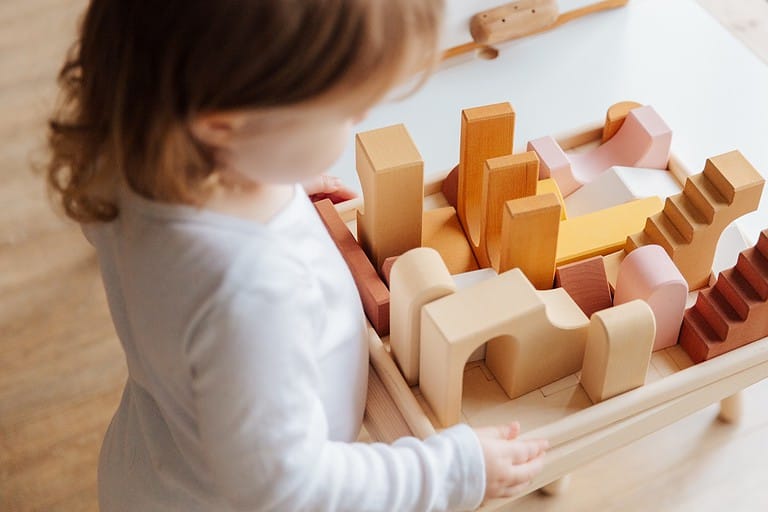
15 Brain Development Activities 2-Year-Olds Will Love
Ultimate List: 110 Fun Things for Do in Your Own Backyard
Looking for fun things to do outside in your backyard? I’m sharing 110 ideas for interactive outdoor play for kids of all ages. From playing with ice to exploring nature, there are endless possibilities for fun. And the best part is, you don’t even have to leave home.
Table of Contents

Classic Outdoor Activities
Cloud Watching
Stargazing
Climbing Trees
Digging Holes
Picking Flowers
Jumping in Leaf Piles
Making Snow Angels
Having a Picnic
Scavenger Hunt Activities
Nature Scavenger Hunt – find templates here
Sound Scavenger Hunt – buzzing bees, singing birds, splashing water, driving cars
Mushroom Scavenger Hunt
Nighttime Shadow Hunt – Take flashlights outdoors and explore shadows.
Texture Scavenger Hunt
Monochrome Scavenger Hunt – How many blue (or green, or brown, or white) things can you find?
Bug Scavenger Hunt – Look for bugs plus their tracks, homes, and sounds.
Bird Scavenger Hunt – Look for birds plus their homes, feathers, tracks, and sounds.
Rainbow Scavenger Hunt – Find an object for each color of the rainbow.
Missing Toy Hunt – Hide some toys and encourage your child to search and find them.
Creative Scavenger Hunt Ideas
Loose Parts Activities
Milk Crates
Cardboard boxes
Buckets
Pinecones
Nuts + Seeds
Stacking Stones
Ultimate Loose Parts Material List
Kiddie Pool Activities
Giant Sensory Table – Prop a kiddie pool up on crates or cinderblocks for a sensory table children can stand at.
Bubble Bath – Add bubble bath to your kiddie pool.
Paint Prints – Place a sheet of paper in bottom of an empty pool for larger than life painting.
Glowstick Stargaze – Add glowsticks to a kiddie pool during a dusk or evening swim.
Plastic Egg Surprises – Plastic eggs float in water. Hide small treasures inside and add them to the pool with scoops.
Obstacle Course – Make an obstacle course with a kiddie pool station.
Pool Noodle Ball Pit – Cut up foam pool noodles for a DIY ball pit.
Unexpected Kiddie Pool Ideas
Water Play Activities
Spray + Squeeze Bottles – Give empty spray and squeeze bottles (hair spray, non-toxic cleaners, sauce bottles, shampoo bottles, etc.) a second life.
Water Bucket Relay – Try to quickly carry cups of water from one bucket to fill a line of buckets.
Sponge Walk – Line up soaking wet sponges, loofahs, and washcloths for a balance-testing walk.
Water Paint with Rollers – Use paint trays and paint rollers to paint the sidewalks, fences, playhouses, and more with water.
Splash Patterns – Dip sponges, splash falls, and washcloths into water and toss them to the ground. Explore the different patterns they make. Explore the splash patterns made by squeezing, dripping, and smashing them.
Water the Flowers – Using watering cans or spray bottles, walk around the yard to water flowers, bushes, and trees.
Puddle Walk – Head outside after (or during!) a rainstorm to take a stroll through the puddles.
Pour Station – Place a variety of bottles, cups, bowls, funnels, tubes, and scoops into a large, low bin or an empty kiddie pool.
Ultimate Water Play Guide
Ice Play Activities
Hot + Cold Sensory Bins – Explore water temperatures with a warm water bin and an icy cold bin.
Nature Ice Cubes – Collect items from the backyard in an ice cube tray, then freeze. Add to a sensory bin later.
Fizzy Ice Cubes – Freeze baking soda in water. Explore what happens when you spray or brush the cubes with a white vinegar/water mixture.
Melting Ice Drawings – Draw on the sidewalks with melting ice.
Frozen Nature Collages – In colder weather, freeze nature objects in colorful pans of water.
Snow Cone Pretend Play – Create a snow cone prop box using ice cream scoops, paper cups, and squeeze bottles of colored water. Make some shaved ice and pretend to run a snow cone stand
Frozen Sponges – Explore the textures of frozen sponges as they slowly melt.
Ice Cube Building Blocks – Freeze ice in blocks to build with.
Frozen Nature Soup – Add nature items from the backyard to a bucket of icy water. Make sure you have a large spoon to stir with.
100 Ice Play Activities
Book Activities
Book Seek + Find – Hide books around the yard to find and read.
Nature Books – Read your favorite nature books and connect the stories to backyard play.
Bug + Insect Books – Inspire a bug scavenger hunt or pretend play using this list of favorite bug and insect books.Bee BooksSpider BooksDragonfly BooksAnt BooksButterfly Books
DIY Book with Outdoor Photos – Take photos of your favorite backyard adventures or discoveries and put them in a photo album.
Imaginative Activities
Block Play – Take blocks outdoors
Forts – Build forts with sheets, tarps, or even use a pop-up tent.
Pot + Pan Band
Chalk Lines (or cities) + Toy Cars – Use chalk to create a landscape for toy cars to zoom through.
Pretend Play as Explorer – Get your map, flashlight, binoculars, and walking stick to explore through the yard.
Pretend Play as Scientist – Gather your magnifying glass, specimen jars, and tweezers to collect samples.
Our Favorite Imaginative Games
Art Activities
Painting Nature – Paint on branches, rocks, large leaves, or pinecones.
Squirt Gun Painting
Bead + Stick Sculptures – Place sticks into the ground and stack beads on the small branches.
Play Dough + Nature Sculptures – Decorate play dough sculptures with seeds, stones, twigs, leaves, and more.
Nature Weaving – Wrap rubber bands around pieces of cardboard. Collect leaves, twigs, and flowers to weave through the bands.
Mud Art – Use mud to paint or create mud sculptures
Yarn + Ribbon Wrapping – Wrap branches or even tree trunks with layers of colorful yarn and ribbons.
Paint with Nature – Make all-natural paint using berries, dandelions, or chlorophyll from leaves.
Nature Photos – Use a camera or a phone to take photos of interesting discoveries in your backyard.
Paint on Snow – Use paintbrushes or even spray bottles to paint on the snow.
Sidewalk Chalk + Water – Enhance normal sidewalk chalk art with water. Your child will be delighted to see how bright the colors are. They can either dip the chalk into water or wet the sidewalk before drawing.
Fly Swatter Painting – Set out paint on trays and hang a sheet up for your child to explore. Don’t want the mess of paint? Hang up a bright, solid color sheet and use water.
Sensory Activities
Mud Kitchen
Barefoot Walk – Talk about the different textures you feel while you walk.
Nature Sensory Jars
Explore with Binoculars & Magnifying Glasses
No Sandbox? – Make a wet + dry sand sensory table with a plastic bin.
Plant Activities
Flower Dissection
Flowers + Play Dough
Mud Pie Decorating
Seed or Dry Bean Sorting
Pinecone Painting
Bark Rubbings
Gardening Pretend Play – Use faux flowers if you don’t have real ones!
Plant for Pollinators – Check out this resource to find what plants are tastiest for your local pollinators.
Name Your Favorite Plant or Tree – Get inspired with tree facts and flower facts.
Wildflower Garden – Pick up packets of wildflower seeds to plant. Take a couple moments (or more!) each week to talk about the differences between the plants as they grow.
Bee Feeder – We have to protect our favorite buzzing pollinators. You can fill a low pie pan with marbles and a small amount of water. Bees and other bugs can land on the marbles and have a drink.
Dozens of Hands-On Plant Activities
Gross Motor Activities
Cardboard Box Chariot – Attach cord or rope to a cardboard box and create a chariot for your child’s favorite stuffed animals or dolls.
Balloon Swatters – Use fly swatters and balloons to create a fun game. Keep the balloons in the air or use the swatters to knock balloons into goals or from point A to point B.
Stick Obstacle Course – Place sticks in a line or a ladder shape for a challenging obstacle.
Bean Bag Dodgeball – Don’t hurt each other, but a little danger/challenge is fun. You can absolutely swap for lightweight balls.
DIY Paper Kites – Decorate a sheet of printer paper (the kite) and staple on ribbon or party streamers. Take them outdoors and run until they catch some air and lift. Pair this activity with the book Kite Flying from the spring book list.
Have a Race
The Ground is Lava – Use lawn furniture, placemats, paper plates, or kickball bases to set up an obstacle course. Can you get from the porch to the playset without touching the ground?
Bedsheet Parachute – Use a bedsheet to make a parachute. Add balls, balloons, or stuffed animals on top for an extra challenge. Hot day? Make those balloons water balloons.
Hopscotch
Laundry Basket Bean Bag Toss
Tug-of-War
Giant Dice – Use a square cardboard box to create a movement game. Each side can have a different dance move or activity to do when that side lands up.
Car Watching Game – Keep an eye on the cars that pass and make a rule for each type of vehicle. Run a lap when you see a blue car, honk when a truck passes, or say a silly word when there is a delivery vehicle.
Sidewalk Walk, No Cracks – It’s a pretty chill activity, but don’t you dare step on the cracks.
Low-Cost Outdoor Toys
Bubbles
Sprinkler
Squirt Guns for water battles, target shooting, and painting
Frisbees
Hula Hoops for tossing, spinning, and obstacles courses
Sidewalk Chalk
Beach Ball
Splash Balls
Water Balloons
Want to venture outside the backyard? Explore A Marvelous Family’s 20 Inexpensive Kids Outing Ideas.
More ideas
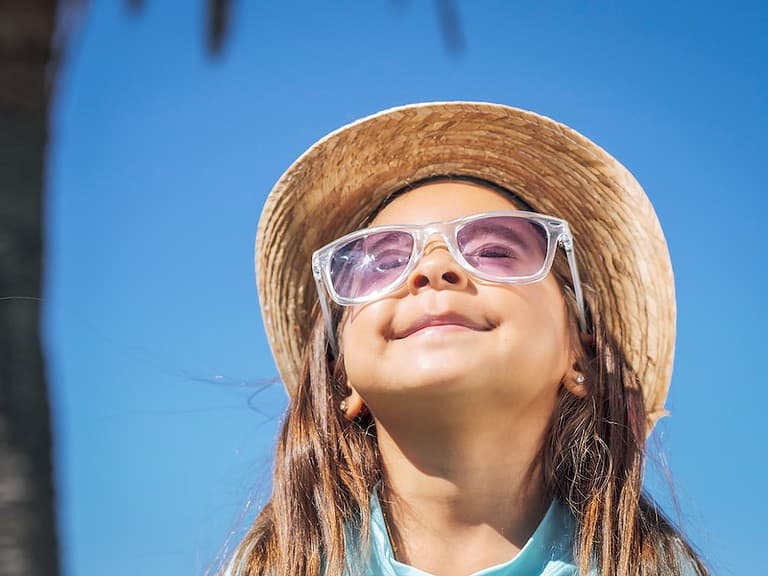
25 Best Summer Books for Preschoolers to Celebrate Summer
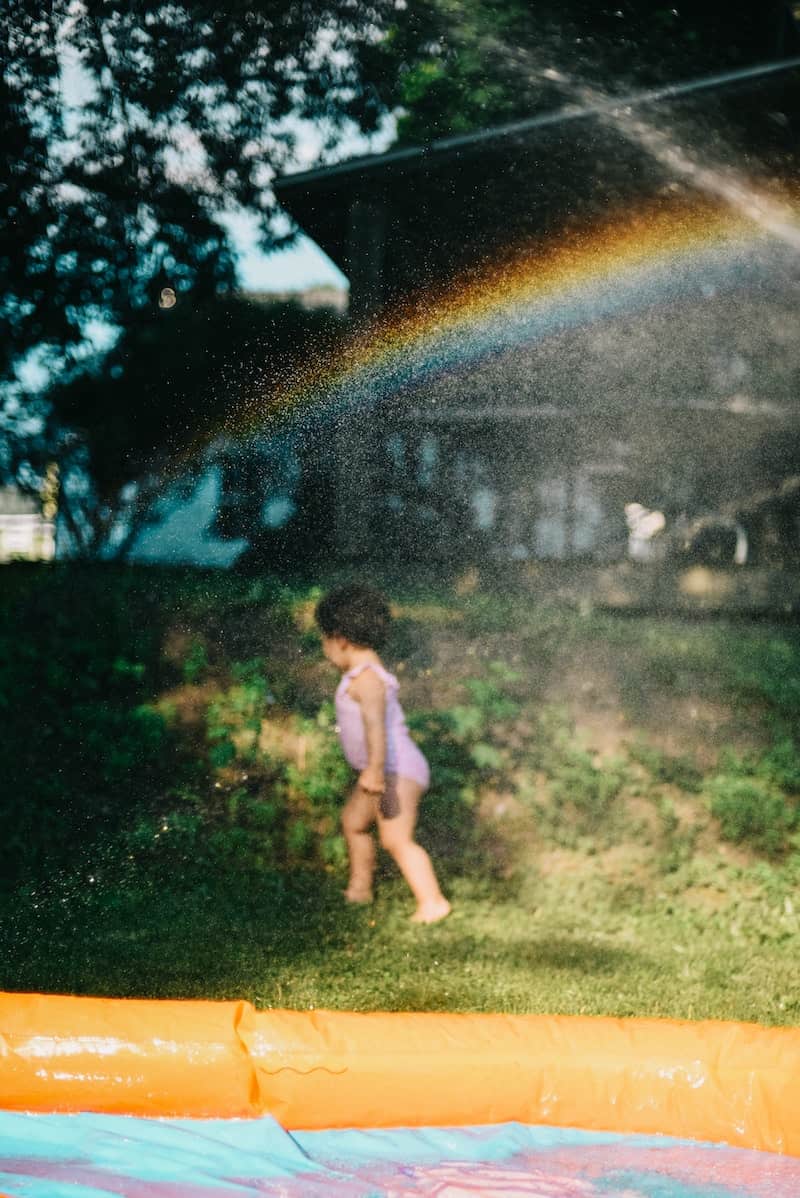
60 Summer Facts Kids Will Love in 2023 | Free PDFs

Buds & Blossoms: 10 Facts about Trees in Spring | Free PDF

30 Interesting Spring Facts for Kids: Nature & Traditions
Ultimate Guide to Water Play for Toddlers: 15+ Water Activitiesnature play
Disclaimer: This post may include affiliate links, and I will earn a commission if you purchase through these links. I’ve only linked to products because I recommend them and they are from companies I trust. There is no additional cost to you.
Water play is a fantastic way for toddlers to explore and learn about their world. These sensory-rich experiences help support toddler development. Water play activities are also open-ended, so there is plenty of time for creativity and imagination!
In this blog post, I am sharing unique water play ideas for toddlers to help you start preparing for a spring and summer filled with play.
Table of Contents
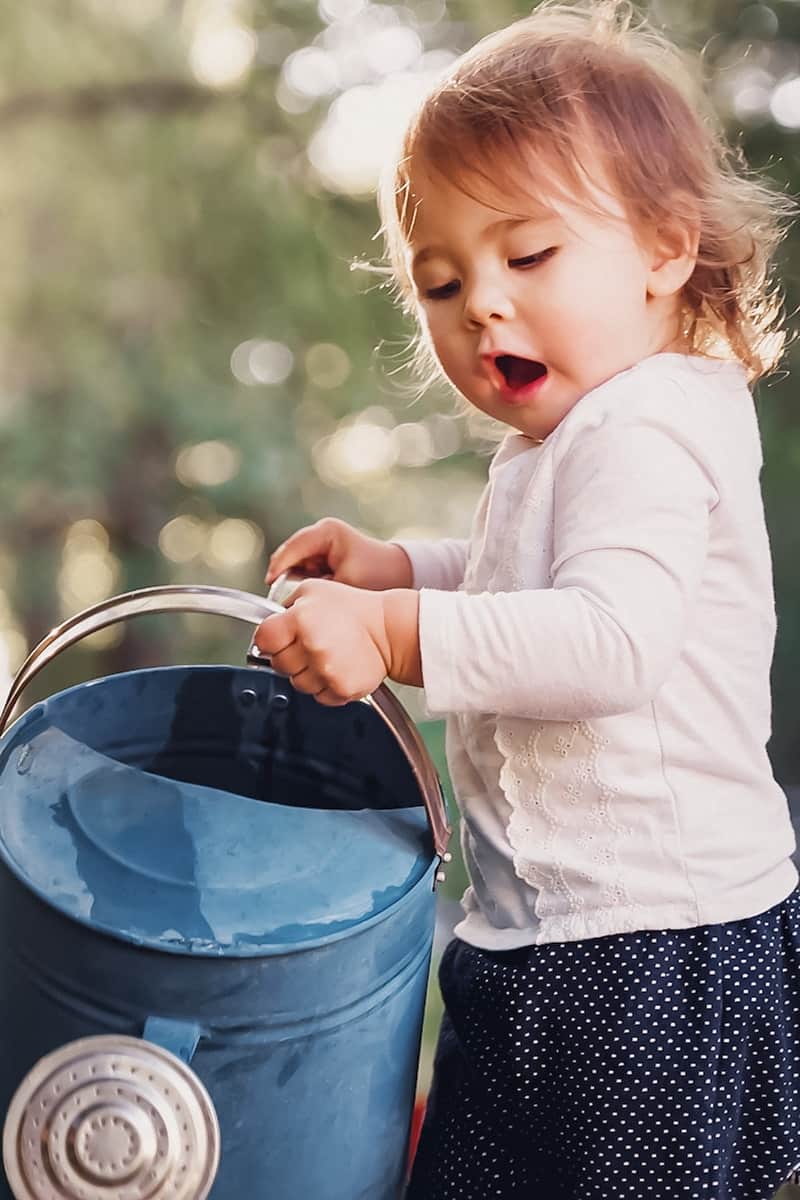
#1 Sponge Squish + Squash
Offer your toddler different types of sponges to explore. Each sponge will have a unique texture and hold water in different ways.
Different sponges you could use:
Soft foam sponges
Plastic kitchen sponges
Scratchpads
Plastic loofahs
Natural loofahs
Painting sponges
#2 What’s the Water Temp?
Water play is a safe way for toddlers to explore different temperatures.
Here are a few different ways to set up a temperature exploration water activity:
Water Temp. Pouring Station:
Set up a pouring station outdoors or in a sensory bin.
The station will have multiple empty containers like cups, bowls, or plastic containers.
Fill several small pitchers with different water temperatures, including warm water, cool water, and ice water.
Encourage your toddler to pour the pitchers into containers. Talk about how the water temperature feels when the water mixes.
Ice Melt:
Add ice cubes and a small amount of cool water into a sensory bin.
Offer pitchers or cups of warm water to pour over the ice.
Encourage your toddler to explore the water as the temperature changes.
Floating Bottles:
Fill a sensory bin with cool/cold water.
Offer sealed water bottles filled with hot water for your toddler to place into the bin.
You can also do this activity in reverse. Fill the sensory bin with warm water and the sealed bottles with cold or ice water.
#3 Mixing Colors
Toddlers can explore mixing colors during water play. Start by adding drops of food coloring or liquid watercolor to water containers.
Possible materials for color mixing play:
Eyedroppers
Measuring cups and spoons
Empty ice cube tray
Small pitchers
Clear water bottles
#4 Icy Investigations
Fill a tray with water and let it freeze overnight. In the morning, offer your toddler different tools to explore the ice. They can use their hands, hammers, or eyedroppers of warm water.
Alternatives:
Add food color or liquid watercolors to the water before freezing to turn this ice activity into a color mixing one.
Freeze water in different molds such as pie pans, ice cube molds with different shapes, or cylindrical ice cube trays
Freeze tiny treasures or toys inside the ice cubs
Discover over 100 ice play ideas!
#5 Monochrome Water Bins
This is a water play twist on a treasure basket.
Collect 5 to 10 objects, all of the same color.
Add water to a sensory bin or plastic tote.
Set out the objects.
Set out tongs or a serving spoon for your toddler to use.
Invite your toddler to explore the items.
#6 Water + Glowstick Sensory Bin
This water play activity can be standalone or used to enhance any sensory bin play.
Lower the lights or close the curtains during this water play activity. Fill a sensory bin with water and add glowsticks to the bin.
#7 Water Taste Test
Turn a snack or meal into a water play activity.
Serve wedges of oranges, lime, or lemon to squeeze into their water cup
Serve frozen berries to stir into the water
Serve crushed ice or ice chips in a bowl with a spoon
Take time to discuss the flavors and textures your toddler is experiencing during this activity.
#8 Sidewalk Chalk + Spray Bottles
Set up sidewalk chalk for your toddler to draw on a sidewalk or driveway.
Give your toddler spray water over the chalk to watch the colors run.
Once the surface is wet, your toddler can keep drawing with chalk and investigate how bright and vivid the colors are.
#9 Water Bucket Relay
This outdoor activity is perfect for toddlers with boundless energy.
Fill a large bucket or tote with water.
Line up bowls, containers, or small pails, extending out from the water bin. Put as much or as little space between each container as you choose.
Offer your toddler a cup or a pail.
Encourage your toddler to scoop water from the large bin.
Then your toddler will walk or run to each container to pour the water out.
Continue the activity until all the containers are full.
Alternative: Add a floating toy to each container. Your toddler can help “save” each toy as it floats to the top of the containers.
#10 Sponge Walk
This sensory-rich water play activity is a perfect way to work on balance and coordination!
Collect 5 to 10 sponges of different varieties
Dunk the sponges in water
Line up the sponges up outside on a hard surface
Encourage your toddler to walk across the sponges, squeezing the water out with their feet.
#11 Spray + Squeeze Bottles
This outdoor water play activity will test your toddler’s fine motor and investigation skills.
Fill small spray bottles and cleaned-out squeeze bottles (ketchup, shampoo, lotion) with water.
Offer the containers to your toddler.
Encourage your toddler to spray or squeeze the bottles to soak the sidewalk, outdoor toys, or outdoor furniture with water.
#12 Water Paint with Rollers
Materials:
Paint rollers
Paintbrushes
Tray of water
Hard surface outdoors such as a porch, sidewalk, or driveway
Your toddler can use the paint rollers and brushes to “paint” with water. This water play activity encourages creativity and imagination via process art, but your toddler can also explore the characterics of water too. Talk about what your toddler is observing as the water dries.
#13 Splash Patterns
This activity could also be called “splashing with purpose.”
Materials:
Container filled with water
Paintbrushes of various sizes
A large surface such as a sidewalk or driveway to splash water on
Model how to dip a paintbrush into water and then use a flinging motion to cause water to spray across the sidewalk or driveway.
Encourage your toddler to explore different-sized paintbrushes and talk about how the splashes look for each brush.
#14 Water the Flowers
Your toddler can fill a watering can and take a stroll, watering the various plants (or rocks!). This is a golden opportunity for your toddler to explore nature. The activity also inspires your toddler to nurture and care for flowers, trees, and plants.
#15 Kiddie Pool Activities
Find all my kiddie pool ideas here.
Popular Questions about Water Play for Toddlers
What Is A Water Play Activity?
Let’s start with the basics.
A water play activity is any activity that allows toddlers to explore and learn about water. Activities can range from splashing in a kiddie pool to exploring how ice melts.
Why Is Water Play Good For Toddlers?
Water play has many benefits for toddler learning and development. Through water play, toddlers investigate and begin to make sense of the world around them.
Water play is a sensory-rich activity that can stimulate multiple sensory systems. The activities I share in this post are play-based and open-ended. This lets toddlers explore their creativity and imagination while they play.
Some benefits of water play include:
building cognitive skills like problem-solving, curiosity, and memory
improving fine motor and gross motor skills
sensory play can help children regulate their emotions
open-ended play encourages social and language development among peers
How Do You Make Water Fun For Toddlers?
Water play doesn’t have to be complicated! Each toddler will have their own comfort level with water play. Use the list of activities in this post to find the perfect activity to meet the needs and interests of your toddler.
Some toddlers will love the full-body experience of being soaked head-to-toe. Other toddlers will be happy staying dry while stirring or scooping water with tools.
What Materials Do You Need For Water Play
Honestly, the only material you need is water. But here are some ideas to inspire more water play for toddlers.
Water balloons
Sprinkler
Splash pads
Slip + Slides
Kiddie pool
Water table
Water guns
Splash balls
Toy boats
Floating toys
Jumbo eyedroppers
Food coloring or liquid watercolor
Child-safe soap for suds and bubbles
Loose Parts for Water Play
Here are some water play materials from the loose parts material guide.
Funnels
Strainers + Sieves
Kitchen utensils
Pitchers
Scoops or shovels
Small buckets
Cups
Spray bottles
Squeeze bottles
Tongs
Basters
Paintbrushes
Silicone cupcake liners
Reusable ice cubes
Plastic straws
Sponges
Tubing
Plastic lids + bottle caps
Seashells
Stones
Leaves + flowers
Twigs
Corks
Tips for Less Messy Water Play
Smocks
Do activities in the bathtub
Offer only a little water at a time into buckets or sensory bins
Spreads towels or a table cloth under sensory bins
Keep an easy-to-grab stack of dry towels nearby
Take water play outdoors

Sensory Skills & Water Play
Is Playing With Water Sensory Play?
Water play is definitely a sensory-rich activity! Toddlers will love exploring the different properties of water through their senses.
Taste
Not every water play activity is taste-safe, but I include activities on this list that encourage taste exploration.
Touch
Here is where the sensory goodness of water play truly shines. Think of all the different ways toddlers can explore how water feels or makes other objects feel.
Different temperatures
Frozen
Melting
Saturated vs. damp vs. dry
Pruned fingers
Slippery toys
Buoyancy
Sensations of splashing, swishing, pouring
Hearing
Toddlers can explore the sounds of water gurgling, bubbling, swishing, pouring, splashing, and more.
Smell
Let’s think of some typical smells associated with water play like sunscreen, soap, bubble solutions, rubber floating toys, and other outdoor scents. Caregivers can also naturally enhance water play by adding drops of citrus juices or flower petals to the water.
Sight
Typical sights that toddlers will be able to observe through water play:
Wet vs. dry
Damp vs. saturated
Deep vs. shallow
Shadows created by light
Reflections in the water
Sinking vs. floating
Foam and bubbles
Vestibular
The vestibular system helps us balance and to understand how fast we are moving.
Water play activities that stimulate this system include:
Floating in a kiddie pool
Squatting to play
Leaning over sensory bin
Running through sprinkler
Moving while carrying objects
Proprioceptive
The proprioceptive system lets us know where our bodies are in space. It is also responsible for letting us know our own strength.
Water play activities that stimulate this system include:
Squeezing spongers
Pouring water
Running hands through water
Splashing
Learn more about the vestibular and proprioceptive senses and activities.
Thank you for reading! I hope this list has plenty of ideas to get you started with water play for toddlers. Use these ideas for inspiration to keep extending water play as your toddler’s interest and skill levels grow. You’ll be impressed to see how water play can become part of more complex play for preschoolers and beyond.
Be sure to comment and let me know how these ideas worked for you and your toddler.
More play ideas

Benefits of Sensory Play for Babies: Important Experiences
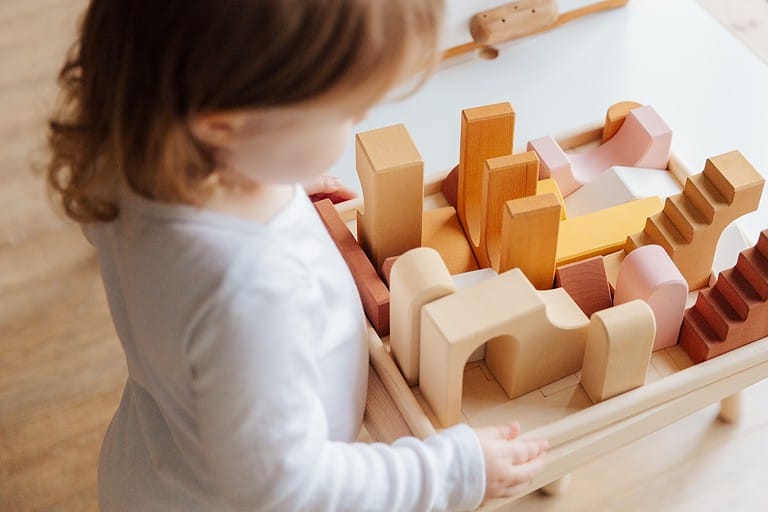
15 Brain Development Activities 2-Year-Olds Will Love
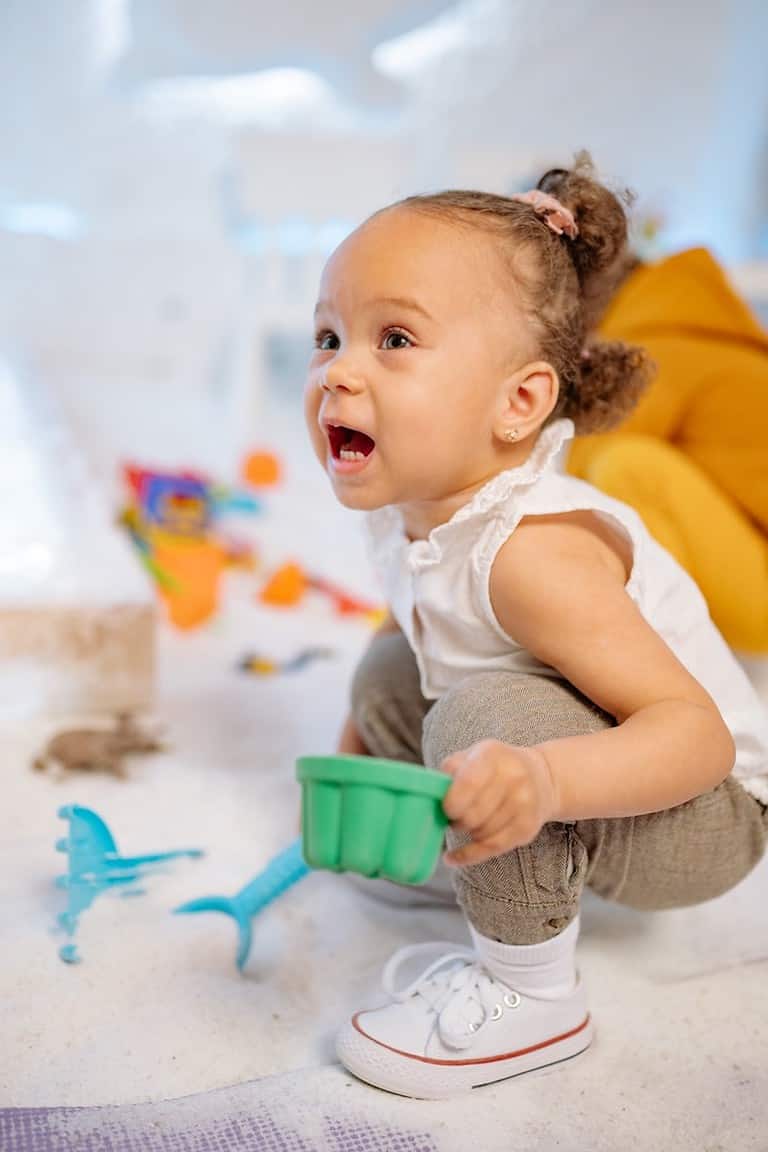
Benefits of Interactive Learning: Teaching Kids in a Tech World
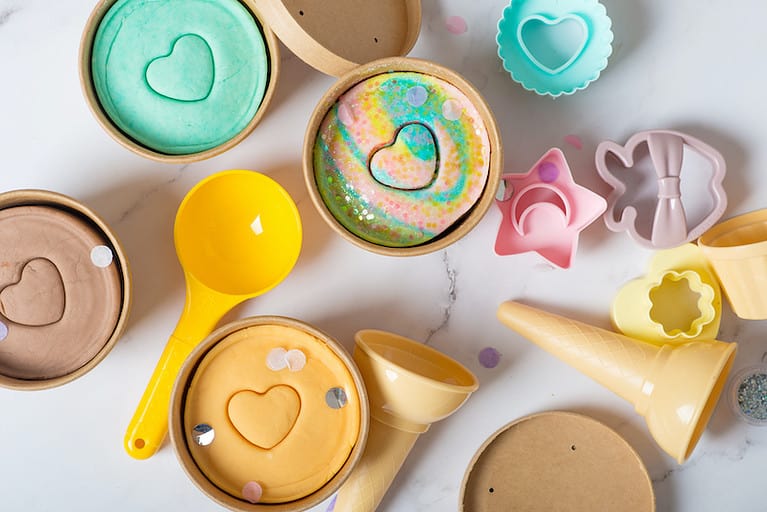
Incredible Benefits of Play Dough: Guide for Parents & Teachers
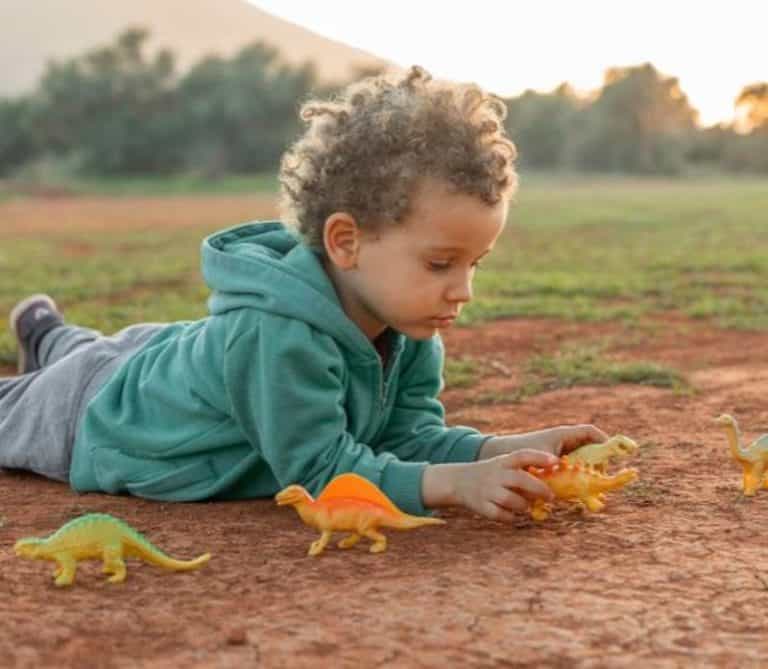
35 Most Inspiring Outdoor Play Books for Preschoolers | Free PDF
As a nature-based early childhood resource, this outdoor play book list for preschoolers is long overdue. I hope somewhere in these thirty-five titles you find the perfect book that inspires you and your child (or whole classroom) to get outside and play. If you need a little extra inspiration to explore the great outdoors, check…

